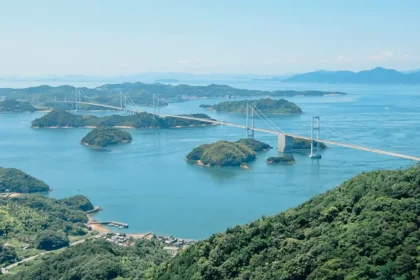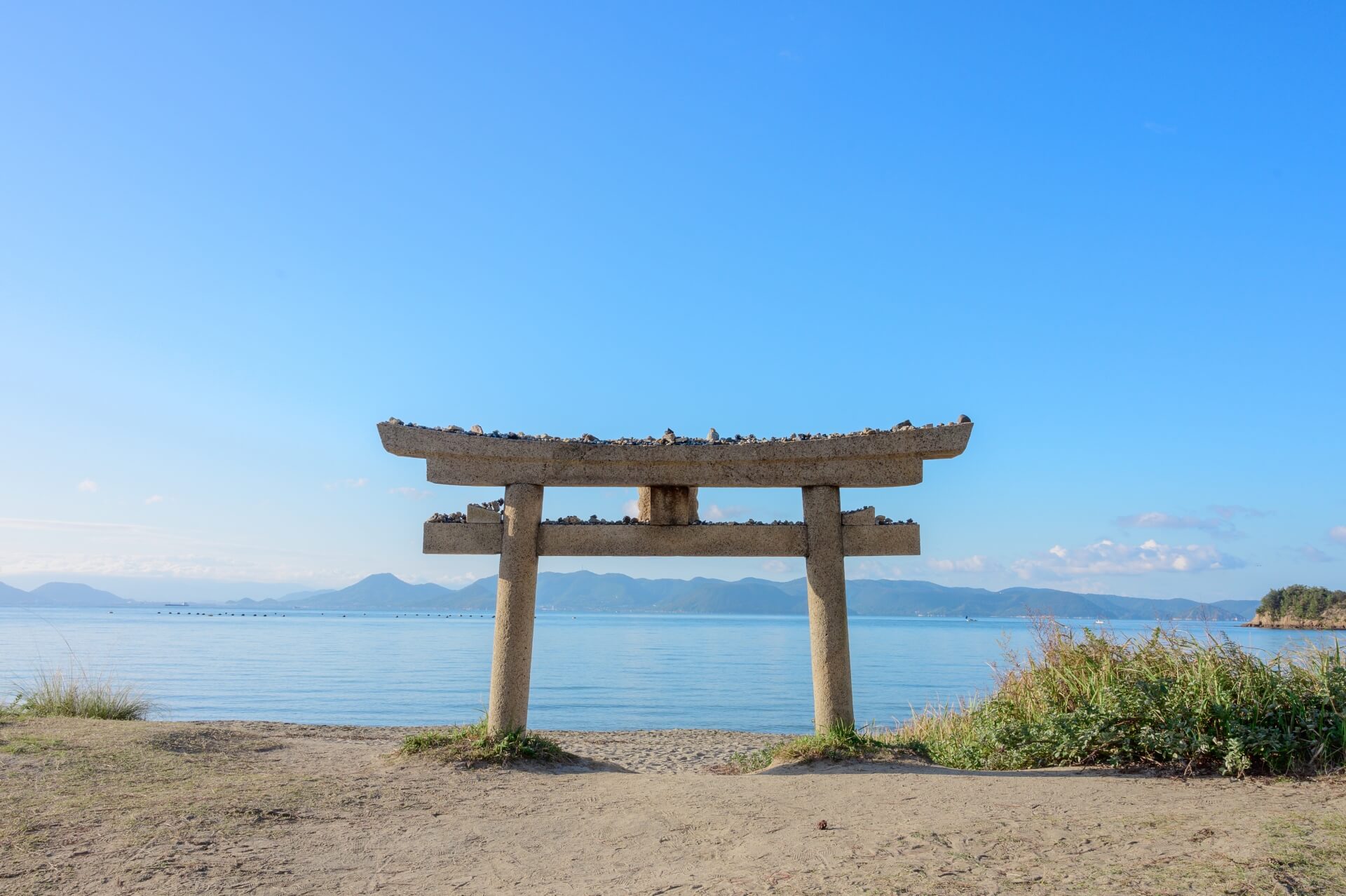
From hopping between the art islands of Setouchi to getting lost in river valleys of Iya and exploring the Pacific Coast, Shikoku is one of Japan's most rewarding yet least visited regions. It's time to change that. On this page you will find the following information:
Shikoku is the smallest of Japan’s four main islands and though easy to access from the main island of Honshu, is often overlooked by international visitors. Translating as ‘four provinces’, Shikoku is made up of four prefectures – Kagawa, Tokushima, Kochi and Ehime – with Matsuyama in Ehime Prefecture being the largest city on the island; while the cities of Takamatsu and Tokushima are the main entry exit points via vast bridges linking Shikoku to Honshu. Matsuyama, Takamatsu, Tokushima along with the city of Kochi also have airports, allowing visitors to fly in from other regions of Japan and some international destinations in Asia.
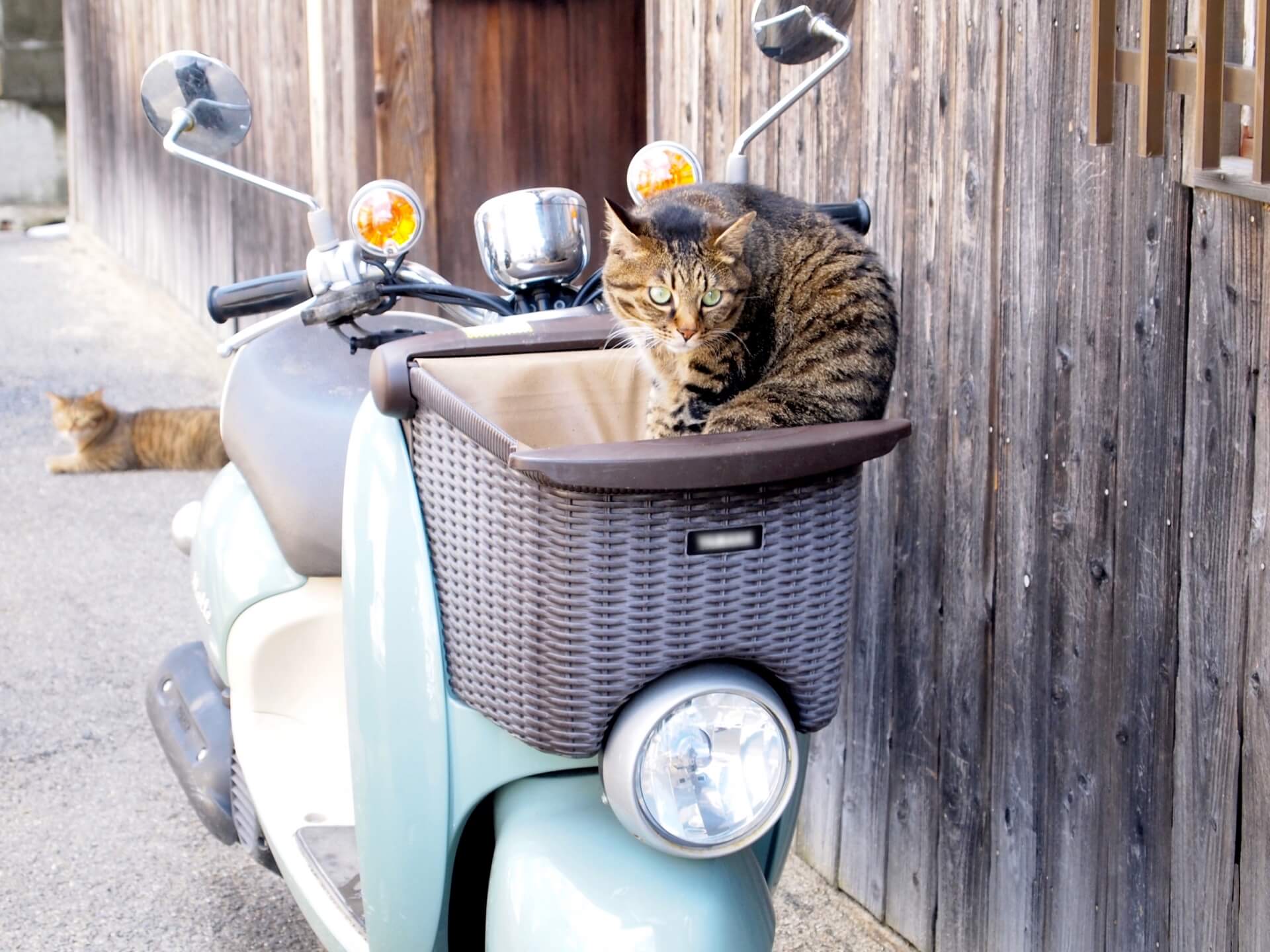
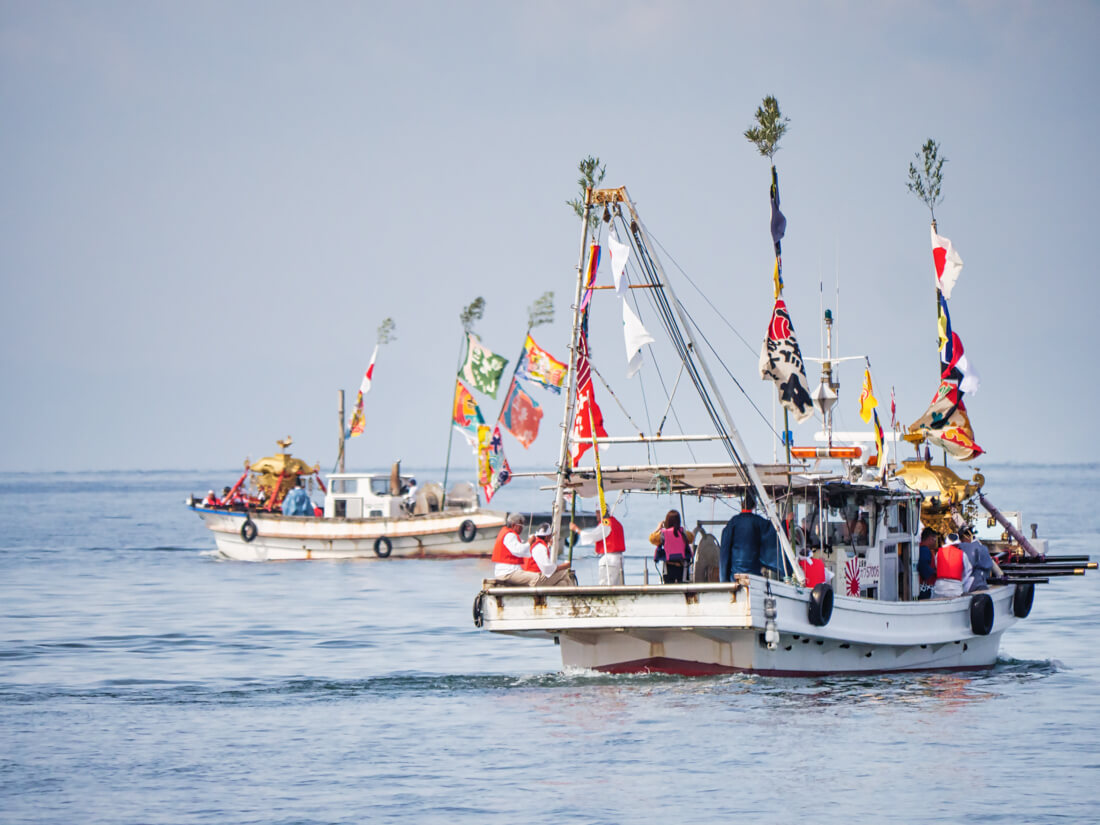
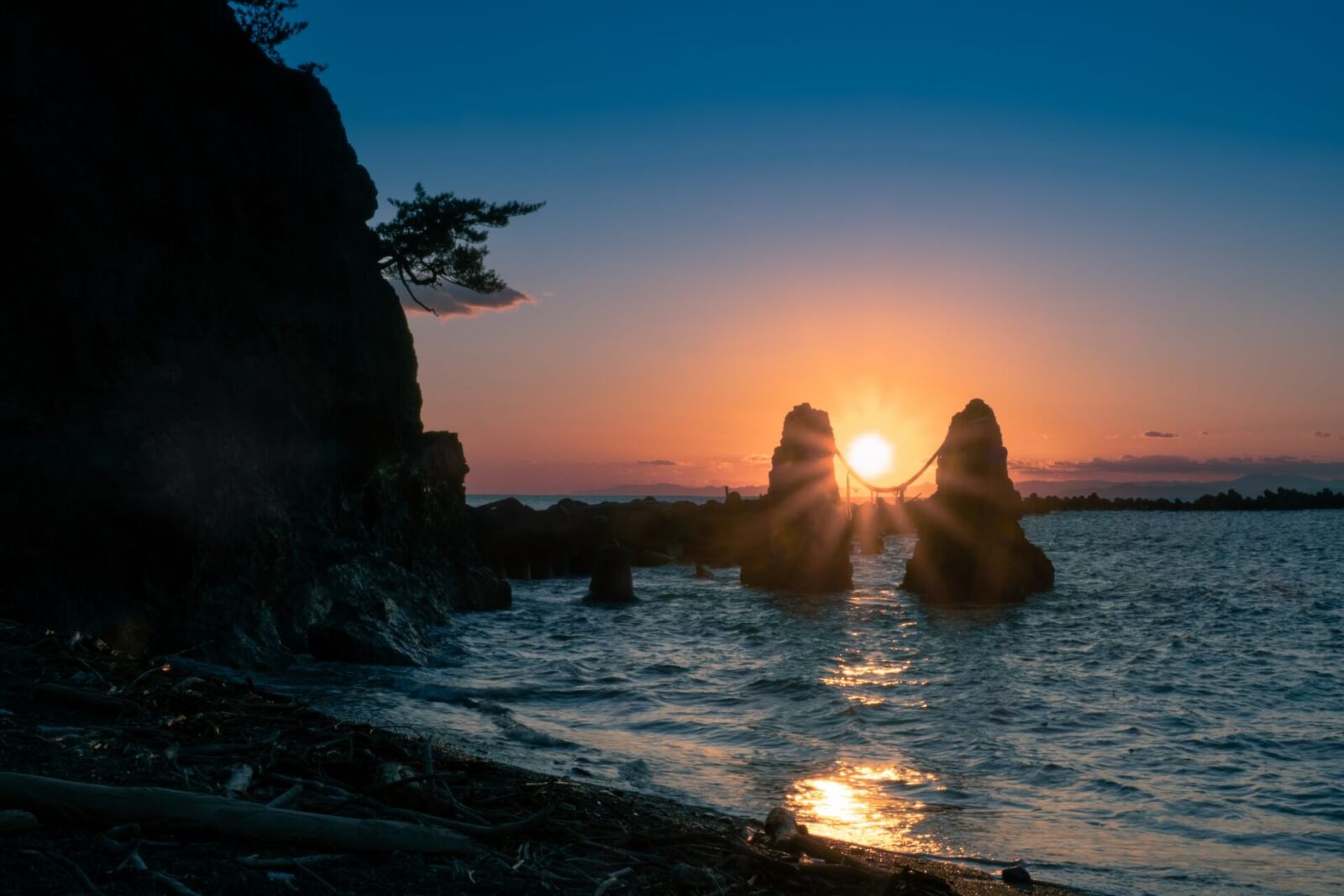
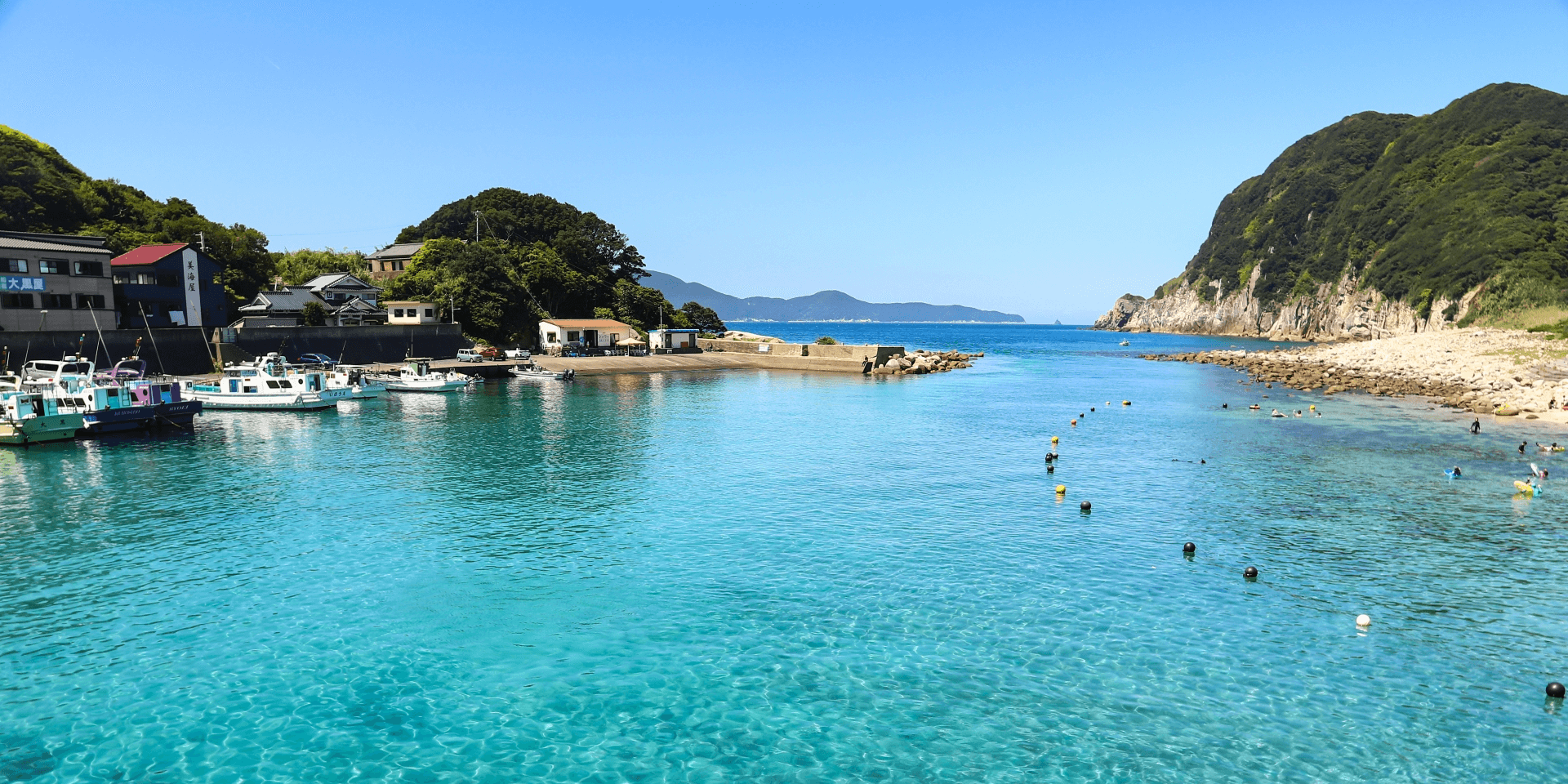
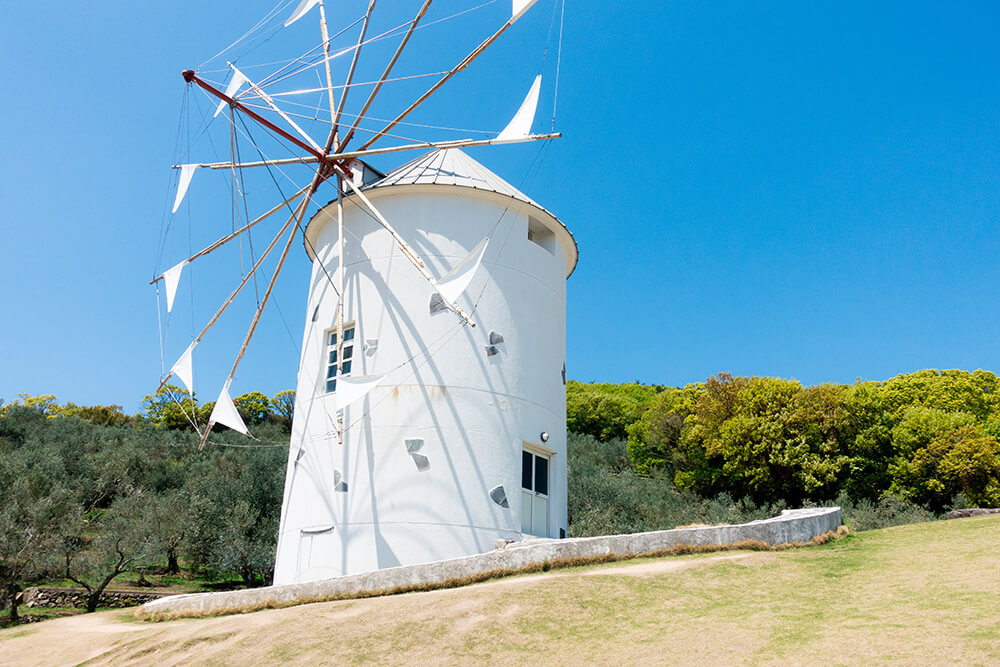
Despite the fact that Shikoku is the smallest of Japan’s four main islands, it is still are large region and it takes a little planning to get the most out of your time there. Most international visitors move to and from Shikoku using train services to Okayama Station on the main island of Honshu. Services including the Limited Express ‘Marine Liner’ and Limited Express ‘Seto Sunrise’ run to Takamatsu Station in Kagawa Prefecture. The list below starts with two experiences and destinations – the ‘Shikoku Henro’ and Setonaikai National Park – that cover large areas across multiple prefectures, before then discussing Takamatsu in Kagawa Prefecture – the entry and exit point for most international visitors – and moving in a clockwork direction around the island and through the prefectures of Kagawa, Tokushima, Kochi and ending in Ehime.
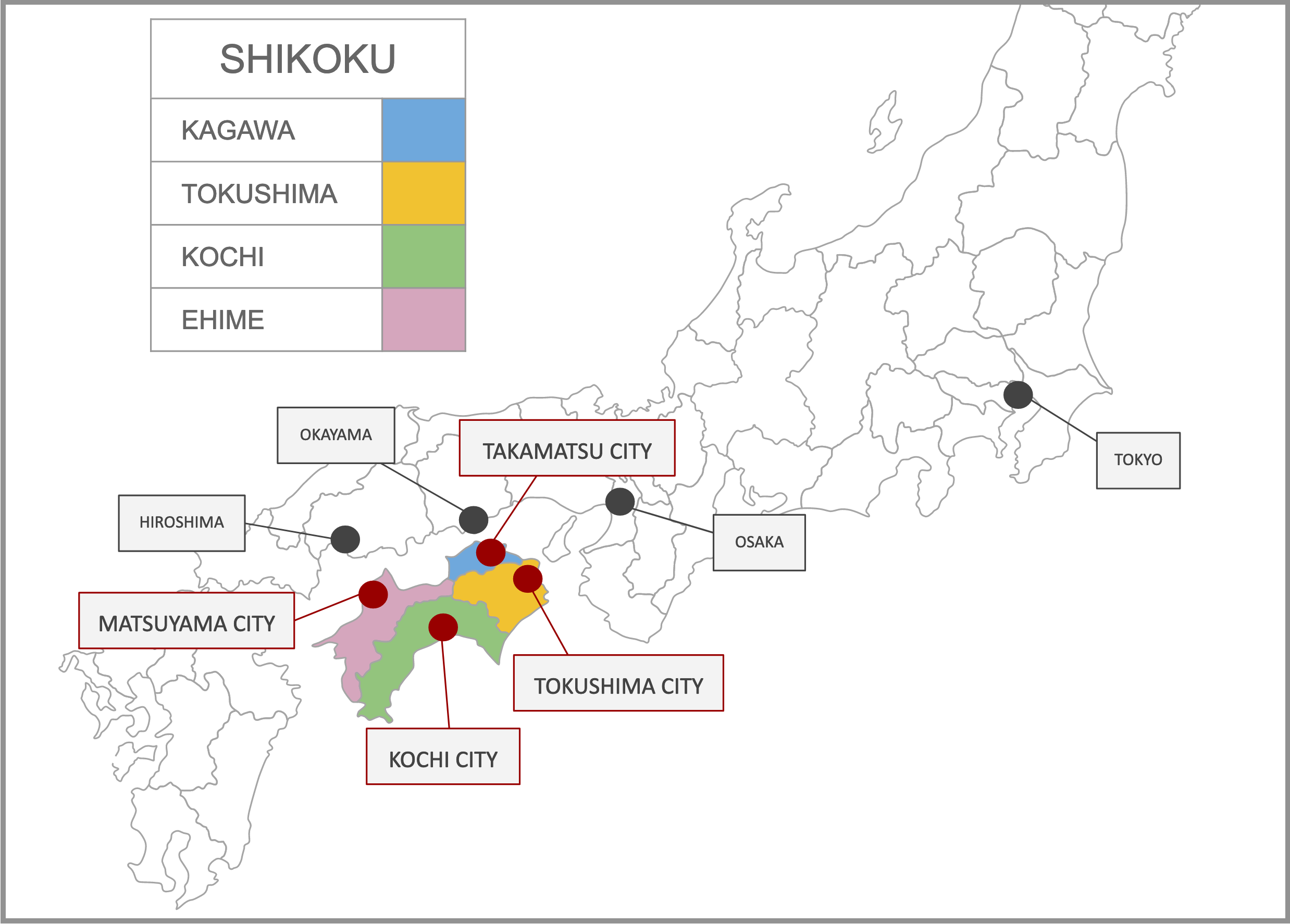
Train lines in Shikoku tend to follow the coast with the Tokushima Line and Dozan Line heading inland. Visitors to Shikoku can make use of rail services to reach many of the most popular destinations however unlike much of the rest of Japan, the train network won’t get you everywhere. For that reason, if you’re planning to spend an extended period on the island, we recommend renting a car and driving yourself for at least part of the journey, especially if you want to explore Kochi and the Pacific Coast. For more information see ‘Getting To & Around Shikoku’ below.
Where is Shikoku?
Consisting of four prefectures – Kagawa, Tokushima, Kochi and Ehime – is island of Shikoku sits to the south of Japan’s main island of Honshu and to the east of the island grouping of Kyushu. Shikoku is separated from Honshu by the Seto Inland Sea however three major bridges connect it to Japan’s main island – the Great Seto Bridge which connects to Honshu via the small islands of Yoshima and Hitsuishi, the Onaruto Bridge which connects via the island of Awajima and the Kurushima Kaiyo Bridges connects via a series of islands. The double-deck Great Seto Bridge connects both road and rail to Shikoku, with train services running to / via Okayama Station on Honshu to Takamatsu City on Shikoku; while the Onaruto Bridge is road only and connects Tokushima City on Shikoku to Kobe and onto Osaka on Honshu. The Kurushima Kaikyo Bridge carries traffic from Shikoku's largest city, Matsuyama, to Honshu, connecting through to the city of Fukayama. It should be noted that Matsuyama, Takamatsu and Tokushima all have ferry services connecting them to Honshu while all three cities, along with Kochi City, are also serviced by airports. Most international visitors will however head to and from Shikoku by train over the Great Seto Bridge, meaning that Takamatsu is the most likely start and end point for your time on the island. Train services to/from Takamatsu run to Okayama Station on Honshu, at which you can switch to the San’yo Shinkansen / 'Bullet Train'.
30 Best Things to Do Around Shikoku
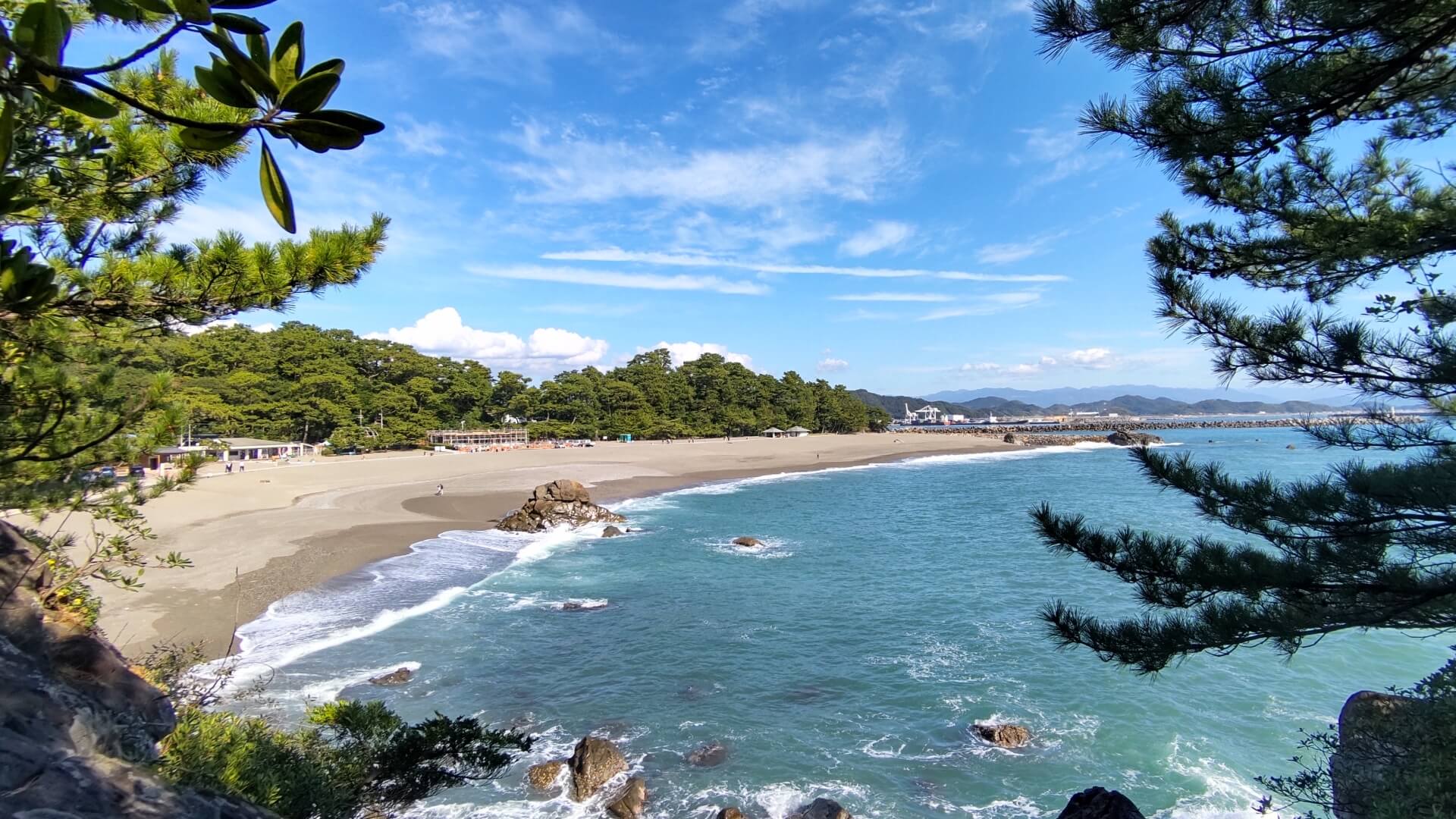
Separated from Japan’s main island of Honshu by the Seto Inland Sea, Shikoku is a region unto itself and a place where time slows a little. From hopping between the art islands of Setouchi to venturing into the hidden river valleys of Iya or exploring the surf beaches of Kochi’s Pacific coast, Shikoku is likely to not quite fit within your image of what Japan is; and in the end, that’s what makes it so worth visiting. But of course, when discussing what to do in Shikoku, there’s only one place to start…
1 / ‘SHIKOKU HENRO’ PILGRIMAGE, ALL PREFECTURES / all year round
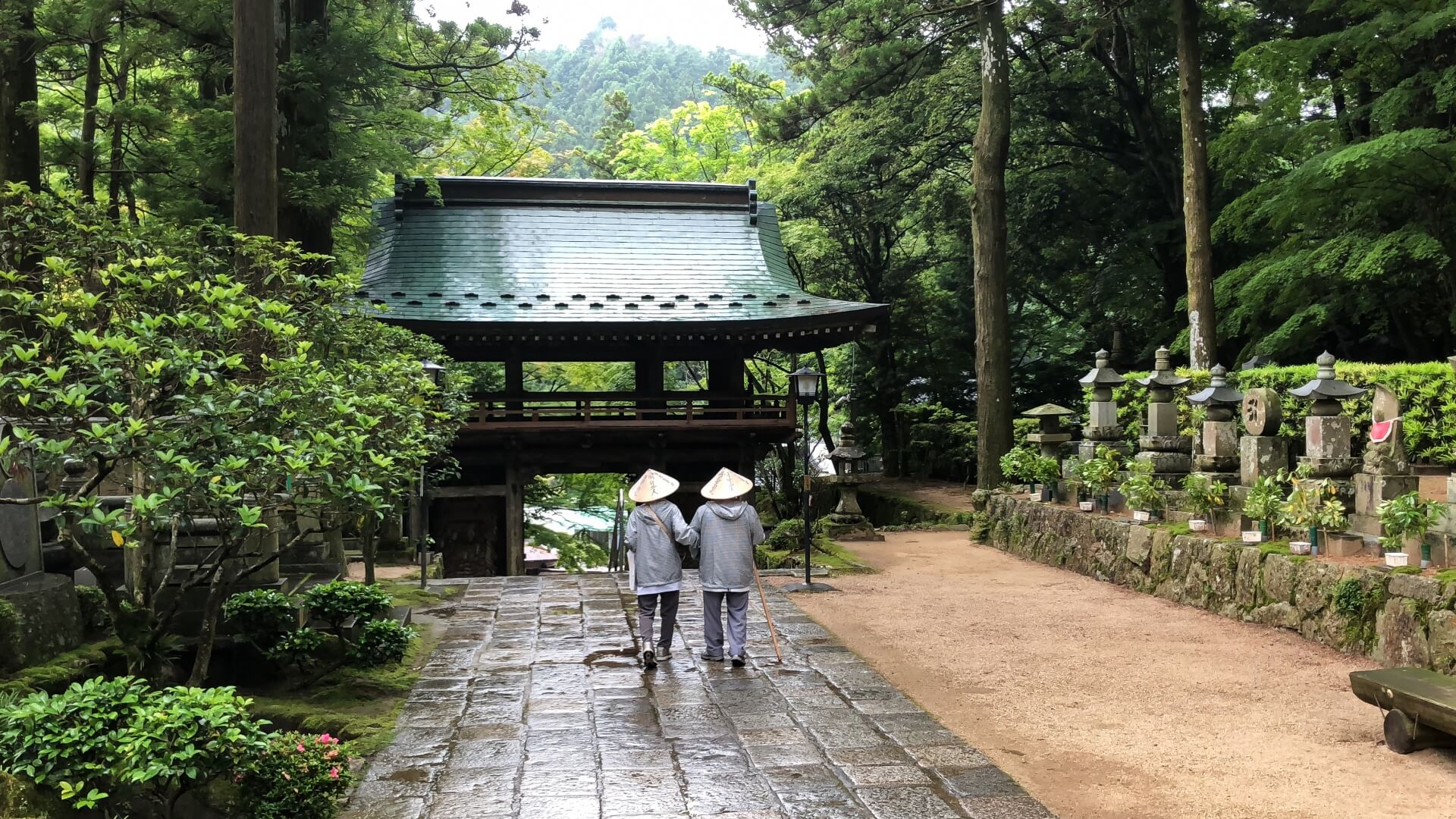
Any list of things to do in Shikoku needs to begin with the 88 temple ‘Shikoku Henro’ pilgrimage. Spread across all prefectures on the island, the circuit of 88 temples is connected over a 1200 to 1400 kilometre course (depending on the way you choose to do it), and takes anywhere up to 60 days to complete on-foot. While it’s likely true that most people reading this will not be planning to spend two months walking around the island, the Shikoku Henro is one of Japan’s most important spiritual undertakings and as such, is frequently referenced online, in literature and the temples meaning that you’ll hear about it again and again while planning your trip and on Shikoku.
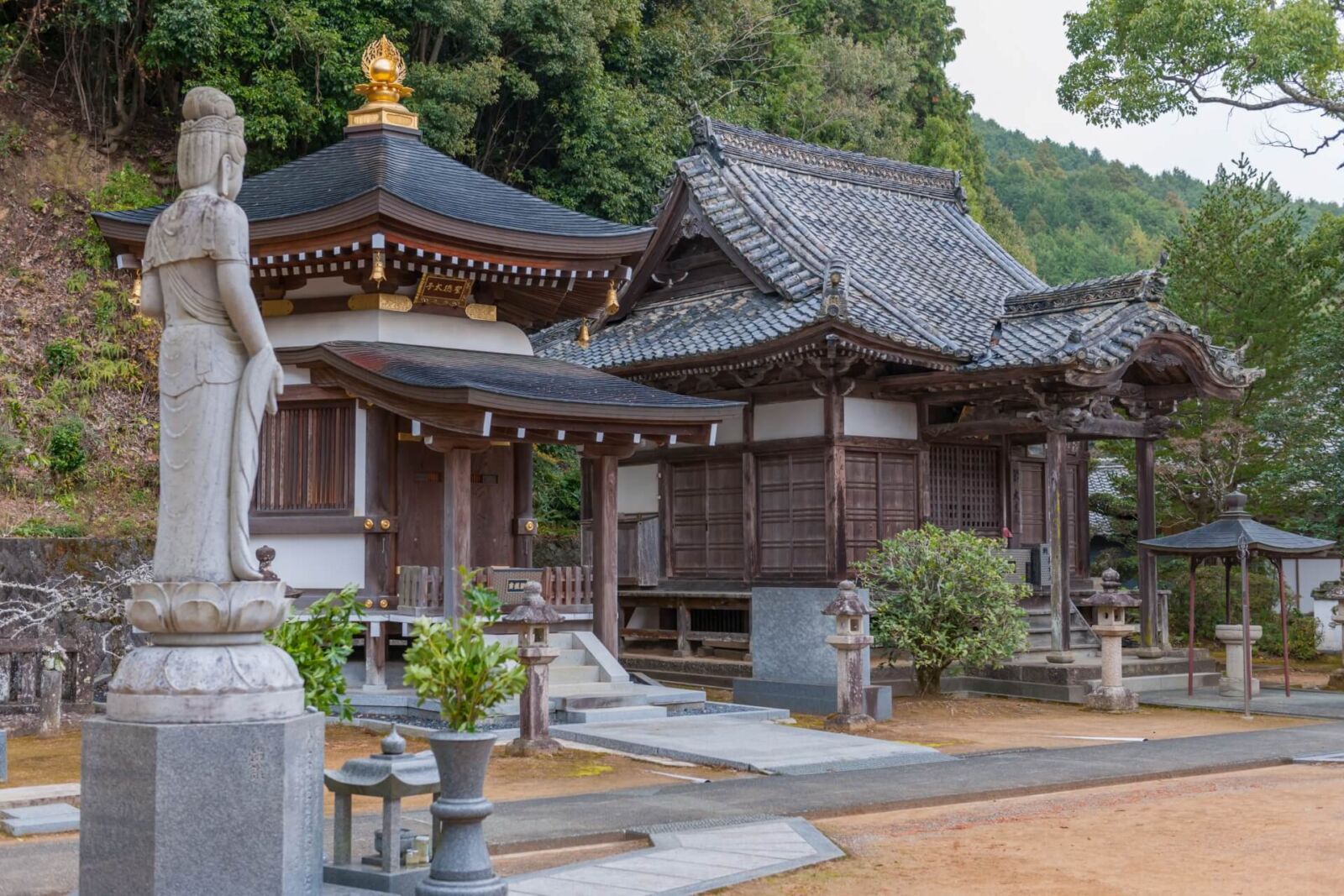
The pilgrimage honours the Buddhist monk Kukuai (Kobo Daishi). Born and trained on Shikoku, Kukai studied a form of Vajrayana Buddhism in China before returning to Japan to establish the esoteric Shingon school of Buddhism in the early 9th century. In doing so, Kukai had a fundamental and ongoing impact on Japan’s cultural fabric and ranks as one of the most important figures in the country’s history.
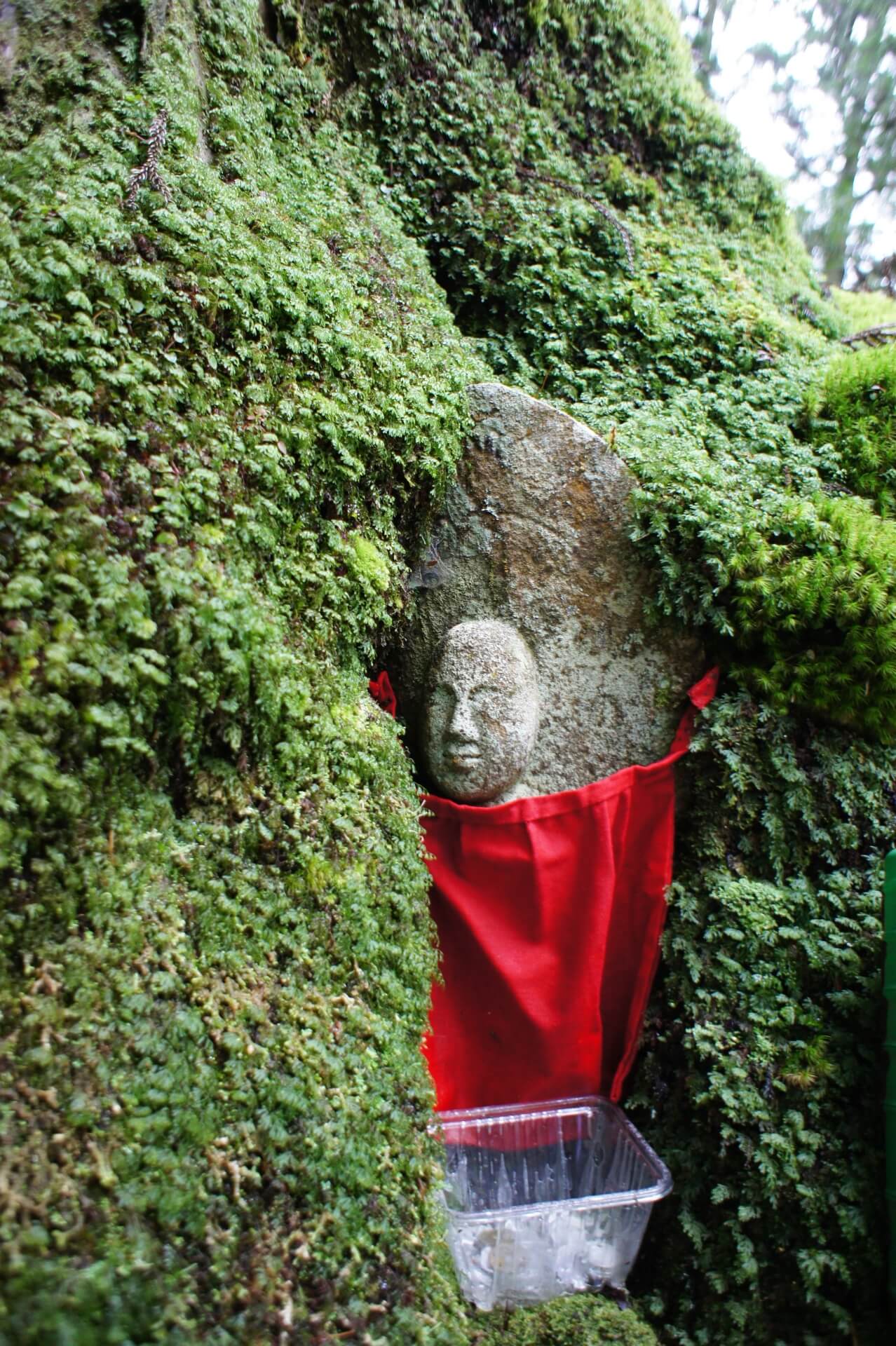
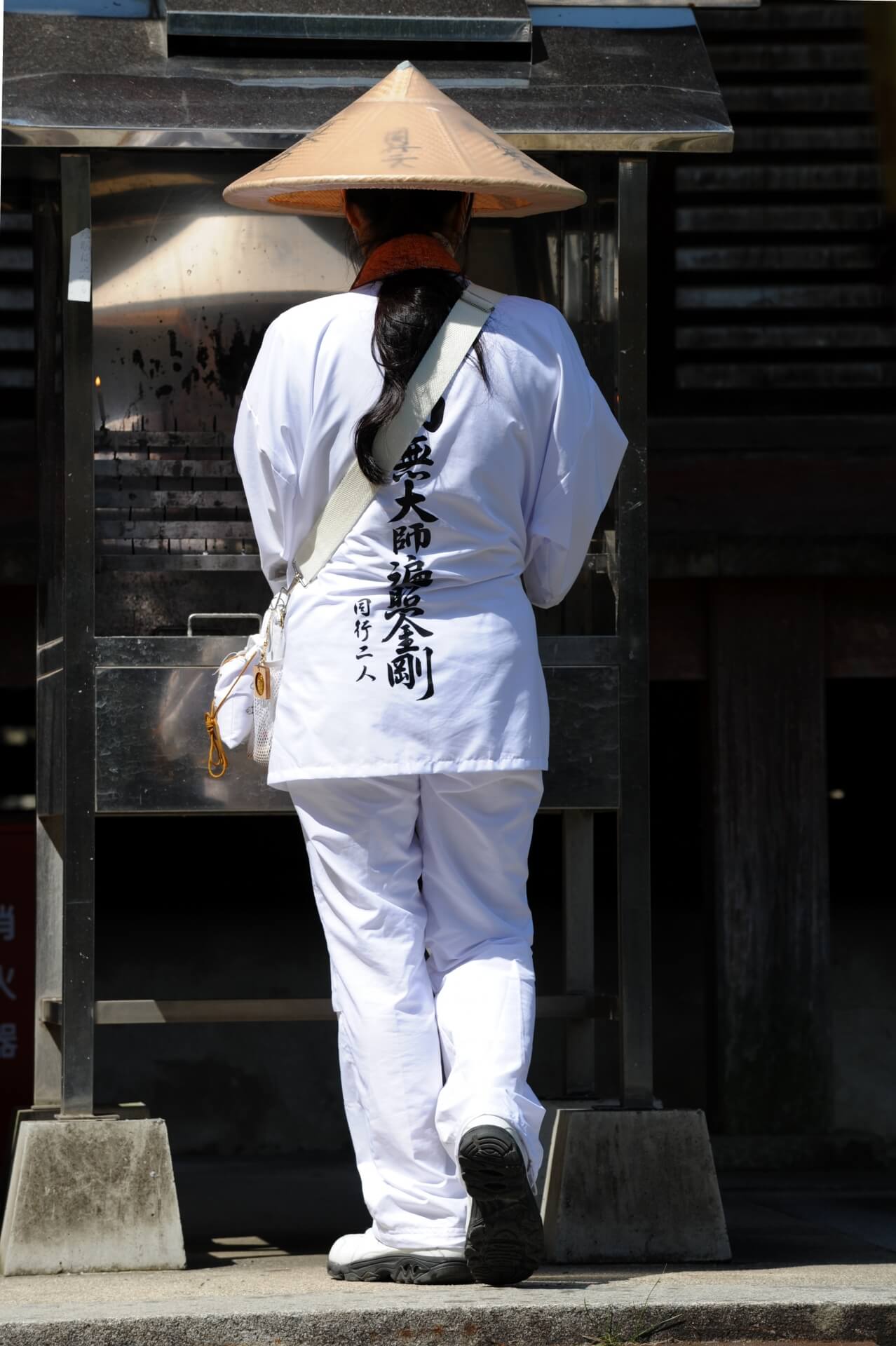
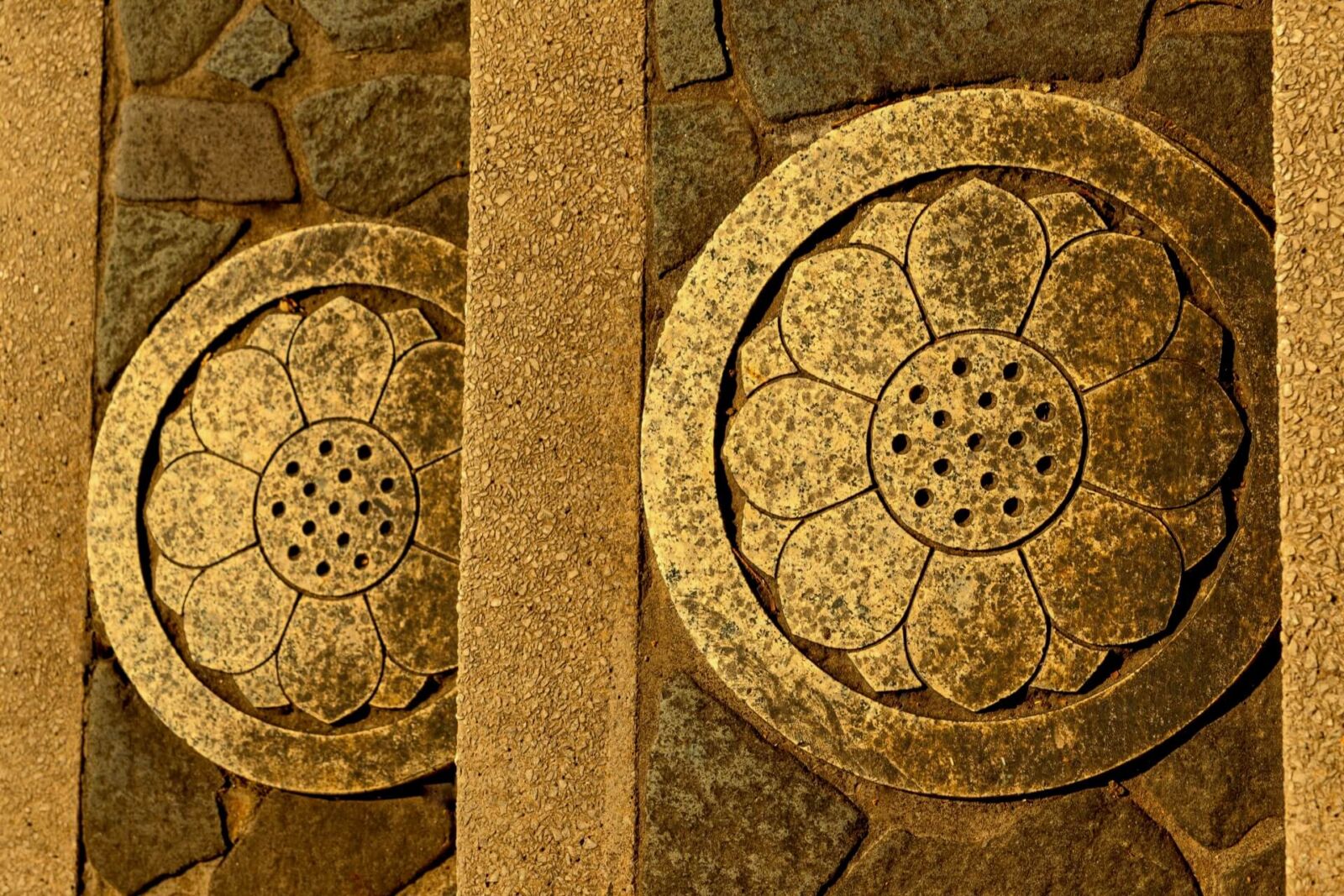
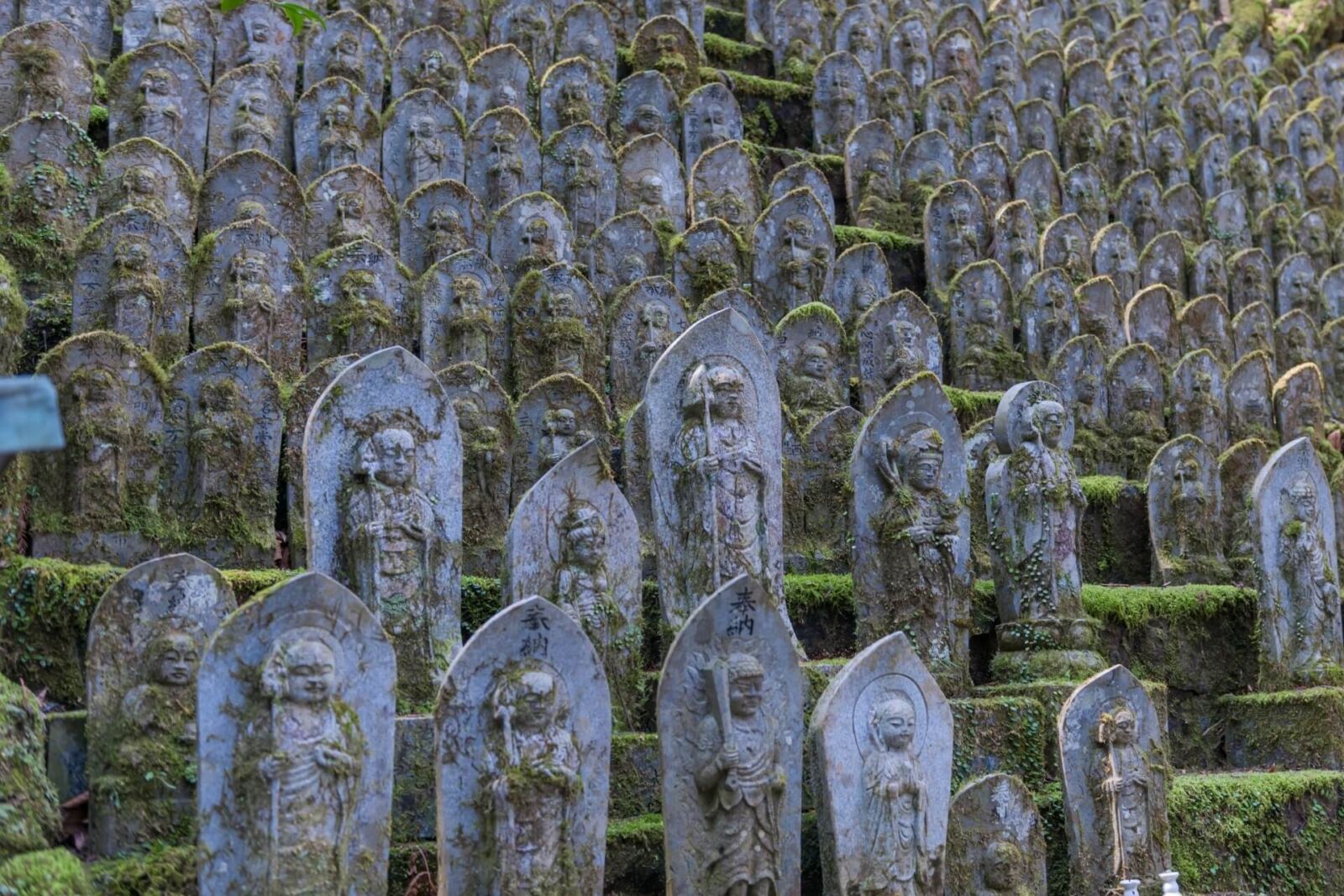
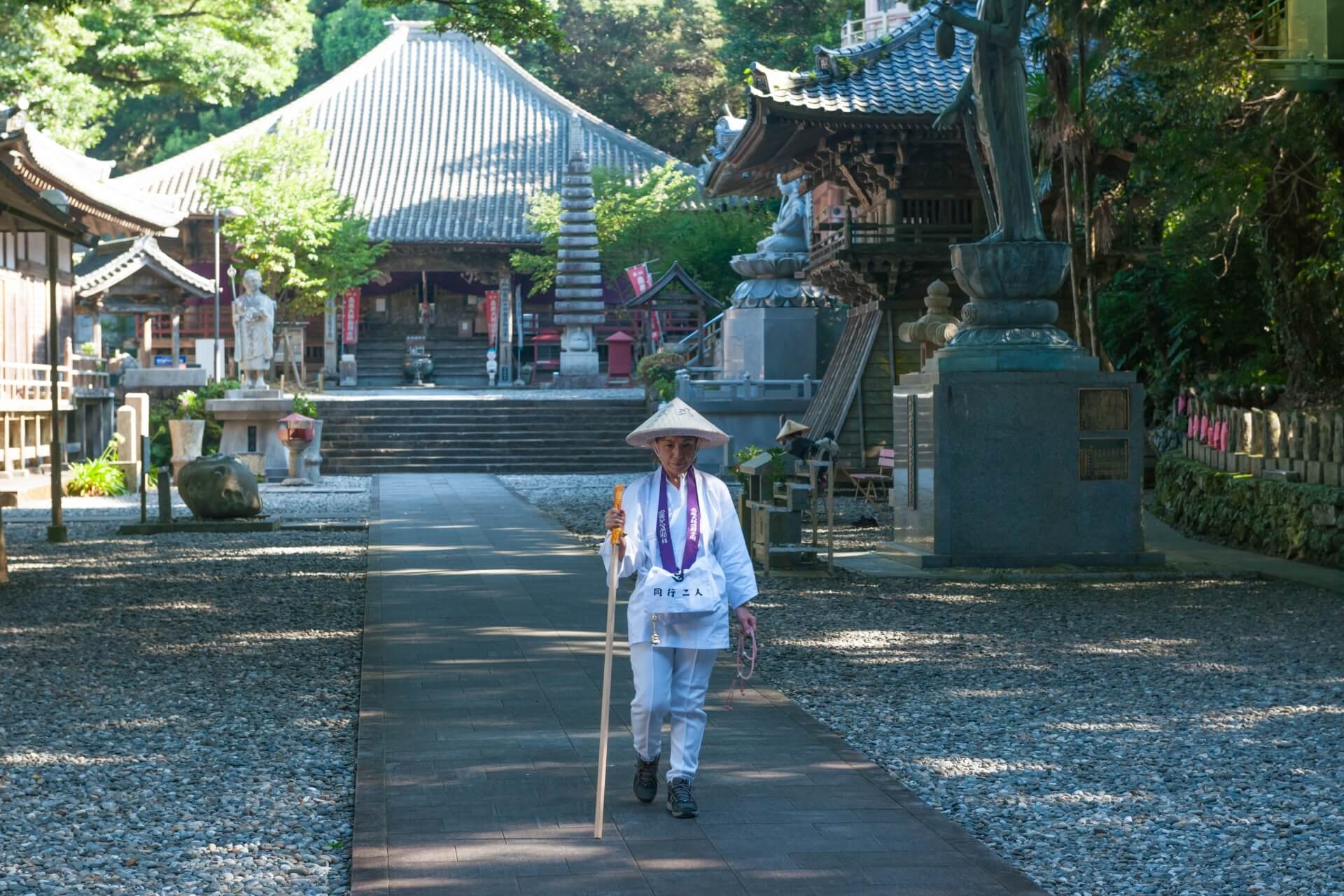
The first reference to the pilgrimage dates from sometime in the 12th century and today it continues to be practiced by both Japanese and international adherents. The current circuit of 88 temples emerged in the 16th and 17th centuries and takes most people 6 to 8 weeks to walk, with the option of completing much shorter routes between specific temples. To do so by car usually takes around 10 days. Ryozen-ji Temple in Tokushima is the first visited by many, you then proceed around the island in a clockwise direction with Okubo-ji Temple in Kagawa being the 88th and last temple.
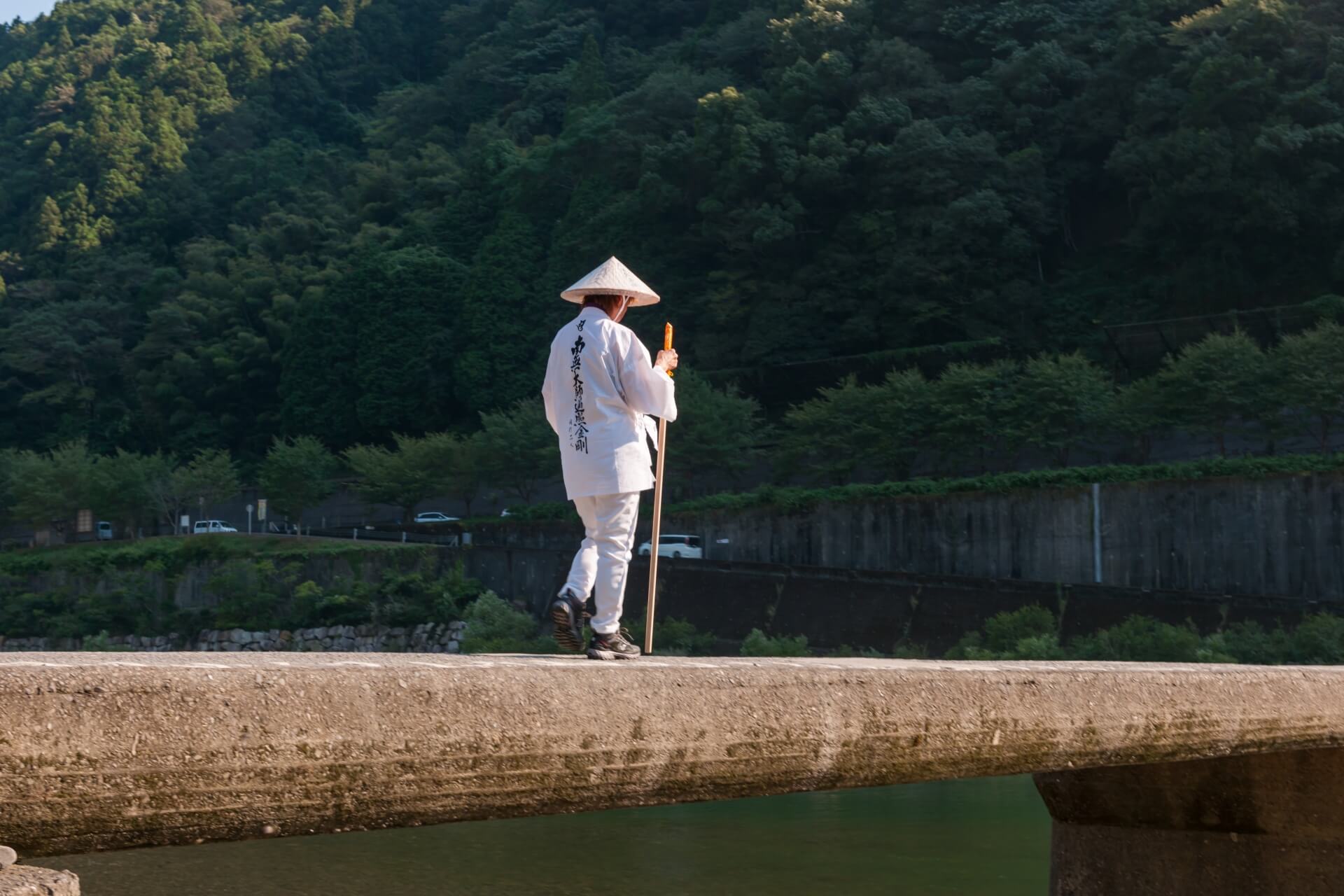
Even if you don’t choose to walk the Shikoku Henro or some part of it, if you visit a temple while on the island there’s a good chance it will be one of the 88 on the circuit. People choose to undertake the pilgrimage for many reasons and while there is no requirement do so, will often be seen in white robes, wearing a conical hat and carrying a staff. If you only have time to visit a selected number of temples, all 88 are accessible by car and are clearly marked on tourist maps.
2 / EXPLORE SETONAIKAI NATIONAL PARK, KAGAWA & EHIME PREFECTURES / all year round
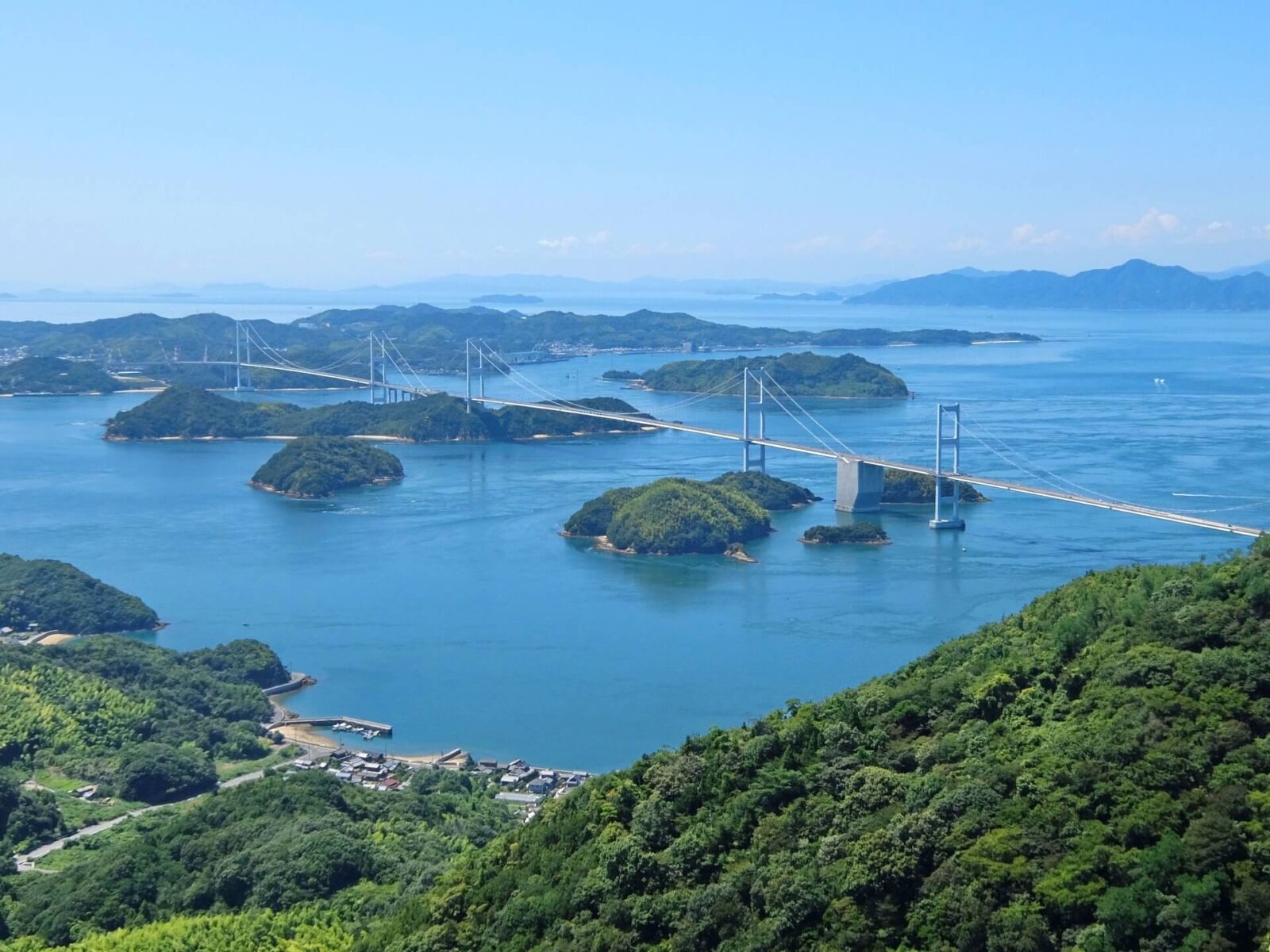
The island of Shikoku is separated from Japan’s largest island, Honshu, by the Seto Inland Sea. Also known as ‘Setouchi’, the region is known for its clustered archipelagos of islands and islets, calm bays and water that have for centuries made it important route for trade. Today, much of the region is covered by the Setonaikai National Park – Japan’s largest national park, including many of the destinations listed below. Covering 900,000 hectares across 11 prefectures including Kagawa and Ehime in Shikoku, Setonaikai is home to a huge range of biodiversity and strong maritime heritage that can be experienced many different ways including ecotours, self-guided exploration and in recent years, cultural initiatives designed to attract more visitors to the region – starting with the art islands of Naoshima and Teshima, as discussed below. For accommodation listings in the area, see our 'Best Places to Stay in Shikoku' page.
3 / TAKAMATSU CITY, KAGAWA PREFECTURE / all year round
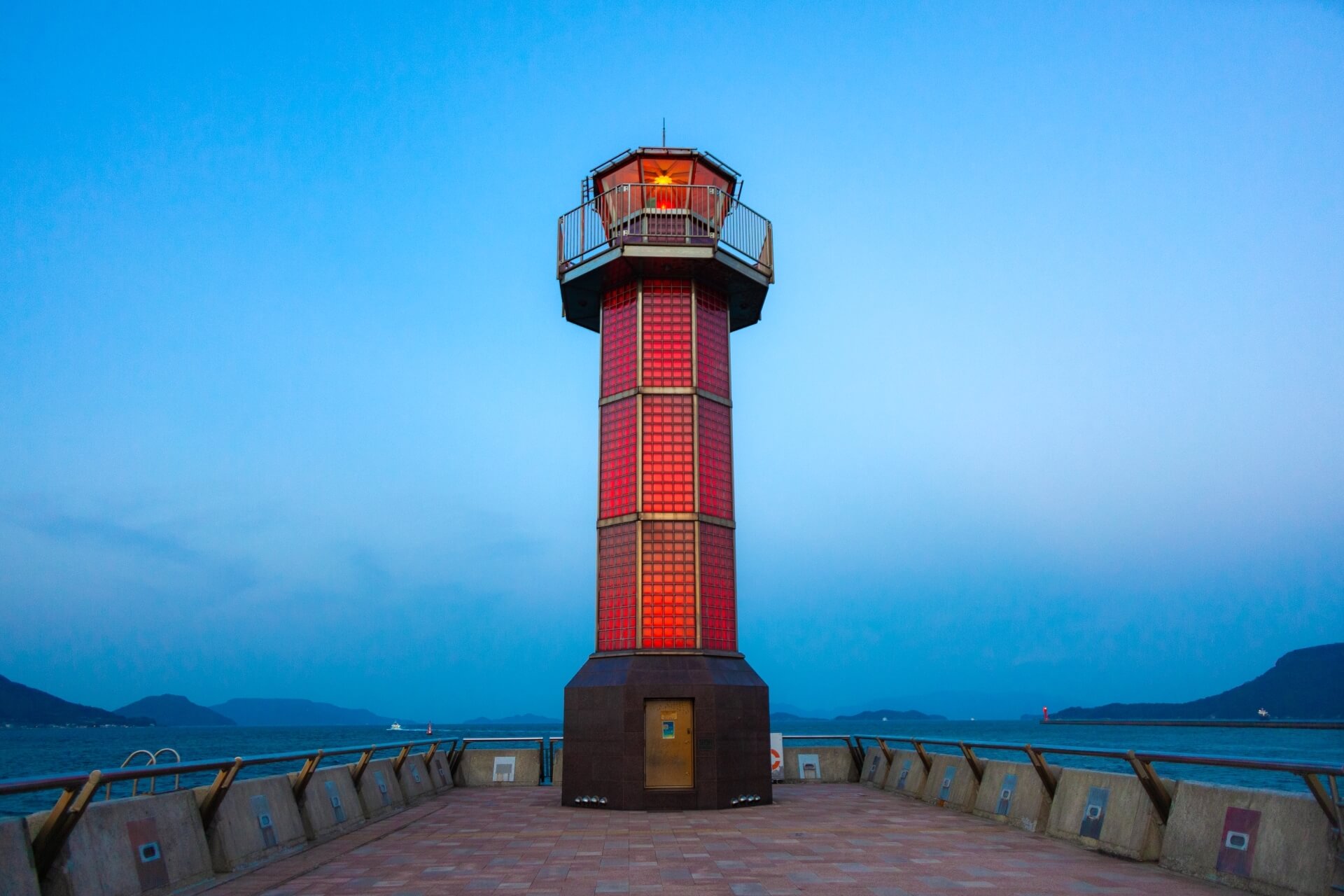
The port city of Takamatsu is one of two major access points for visitors heading to Shikoku by rail or car – the other being Tokushima, see below for details. Rail services including the Limited Express ‘Marine Liner’ and Limited Express ‘Seto Sunrise’ run from Honshu - via the hub station of Okayama Station – to Takamatsu via the Great Seto Bridge, making it quick and easy to reach. As the Shikoku port located nearest to Honshu, Takamatsu has long been a vital port which generated tremendous wealth for the Matsudaira clan that ruled it for centuries. Today, the former castle town is best-known for the beautiful Ritsurin Garden – see below for details – while the redeveloped Sunport Takamatsu is the city’s main business and shopping precinct. Ferries from nearby port to destinations including Naoshima and Shodoshima – see below for details – while the visitors to Takamatsu make a point of enjoying its famous ‘sanuki udon’ (wheat noodles). For accommodation listings in the area, see our 'Best Places to Stay in Shikoku' page.
4 / RITSURIN KOEN, KAGAWA PREFECTURE / all year round
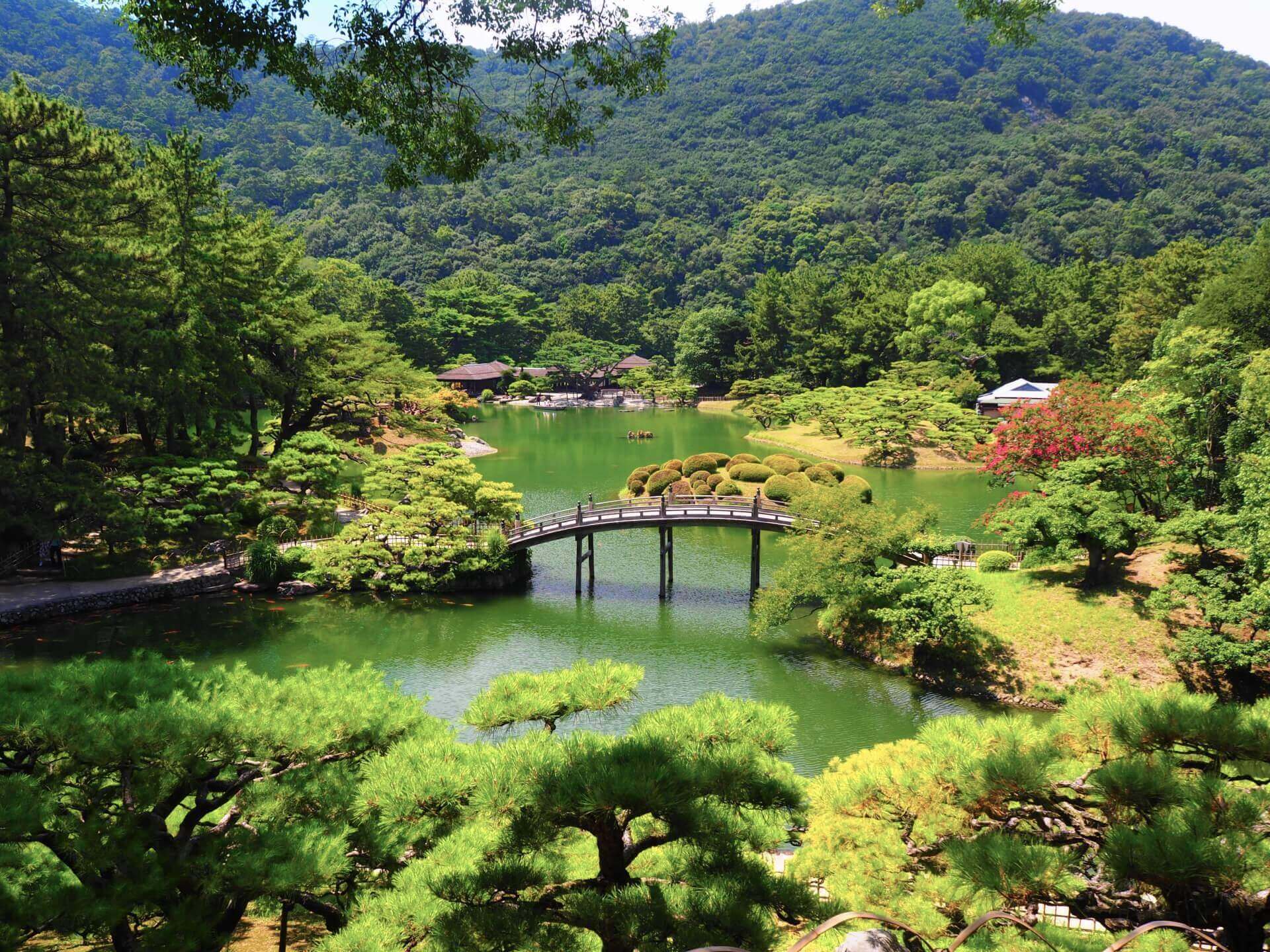
Located 2.5km / 30 minutes walk from Takamatsu Station, Ritsurin Koen is considered one of the most beautiful traditional gardens in Japan. The garden was established during the early Edo Period (1603-1868) and compromises the typical features of a Japanese garden including ponds and water features, manicured trees and lawns, featured stones and winding paths. Set against the backdrop of Mount Shiun, the garden creates an atmosphere of refuge and escape from the modern world with a teahouse and resthouses set within the garden landscape, from where visitors can immerse themselves in the surrounding views. Open daily, admission to the garden is JPY410. Opening hours vary through the year from as early as 05:30 to 18:30 or 19:00 from April until September; 06:00 or 06:30 to 17:00 or 17:30 in October, November and March; and from 07:00 to 17:00 from December to February. Ritsurinkoen Station is the nearest to the garden – only 5 minutes ride from Takamatsu Station.
5 / OKUBO-JI TEMPLE, KAGAWA PREFECTURE / all year round
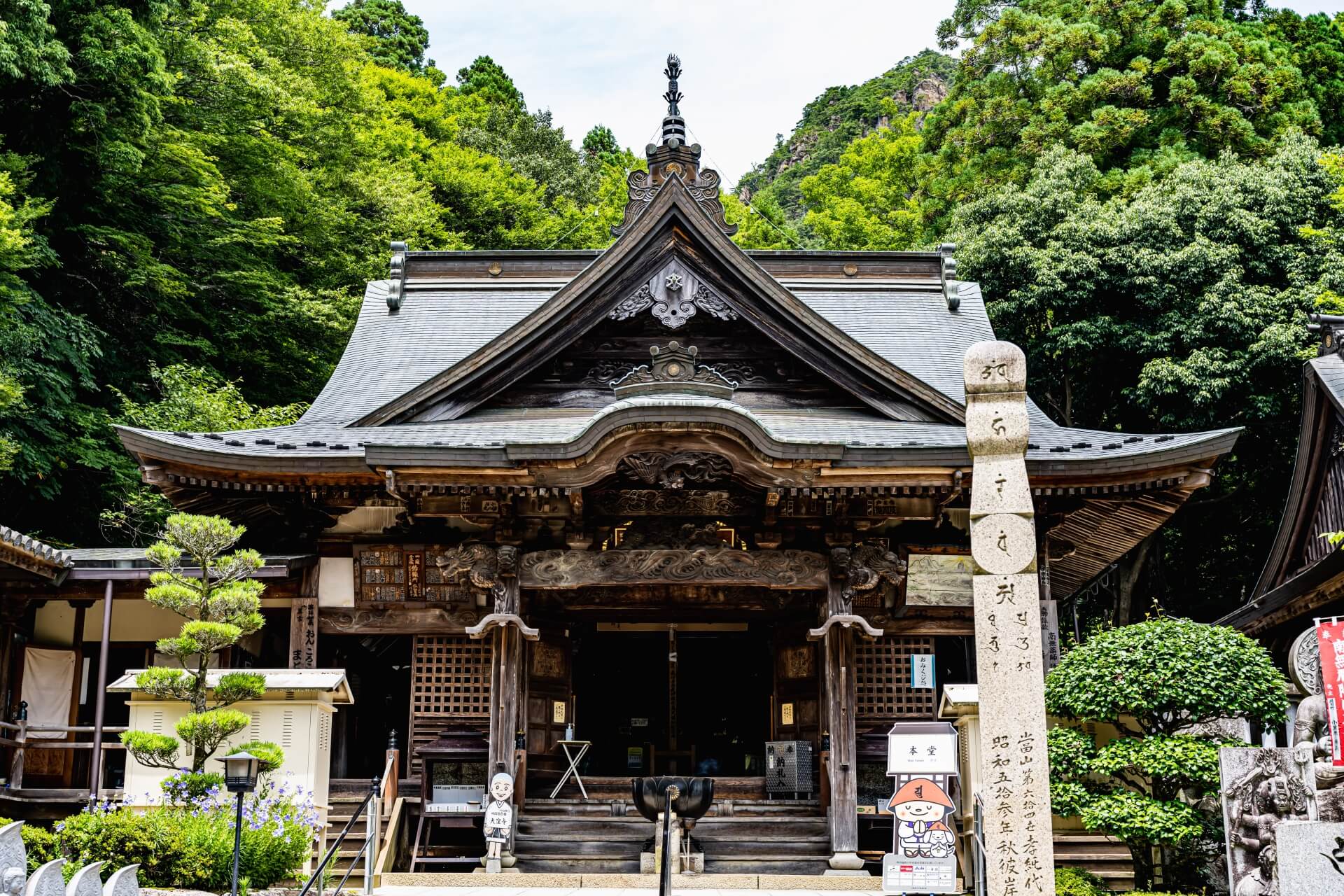
Okubo-ji is considered the last of the 88 temples making-up the ‘Shikoku Henro’, and will therefore be of interest to many visitors. As the last temple on what is considered the standard circuit, there’s a good chance you’ll encounter pilgrims – referred to as ‘o-henro-jin’ – completing their pilgrimage at Okubo-ji with many walking staffs and straw sandals then left at the temple, as a traditional act of thanks. The temple is located around 60 minutes drive to the south-east of Takamatsu and is accessible at all times of day. Admission is free.
6 / NAOSHMA, KAGAWA PREFECTURE / best: April to November
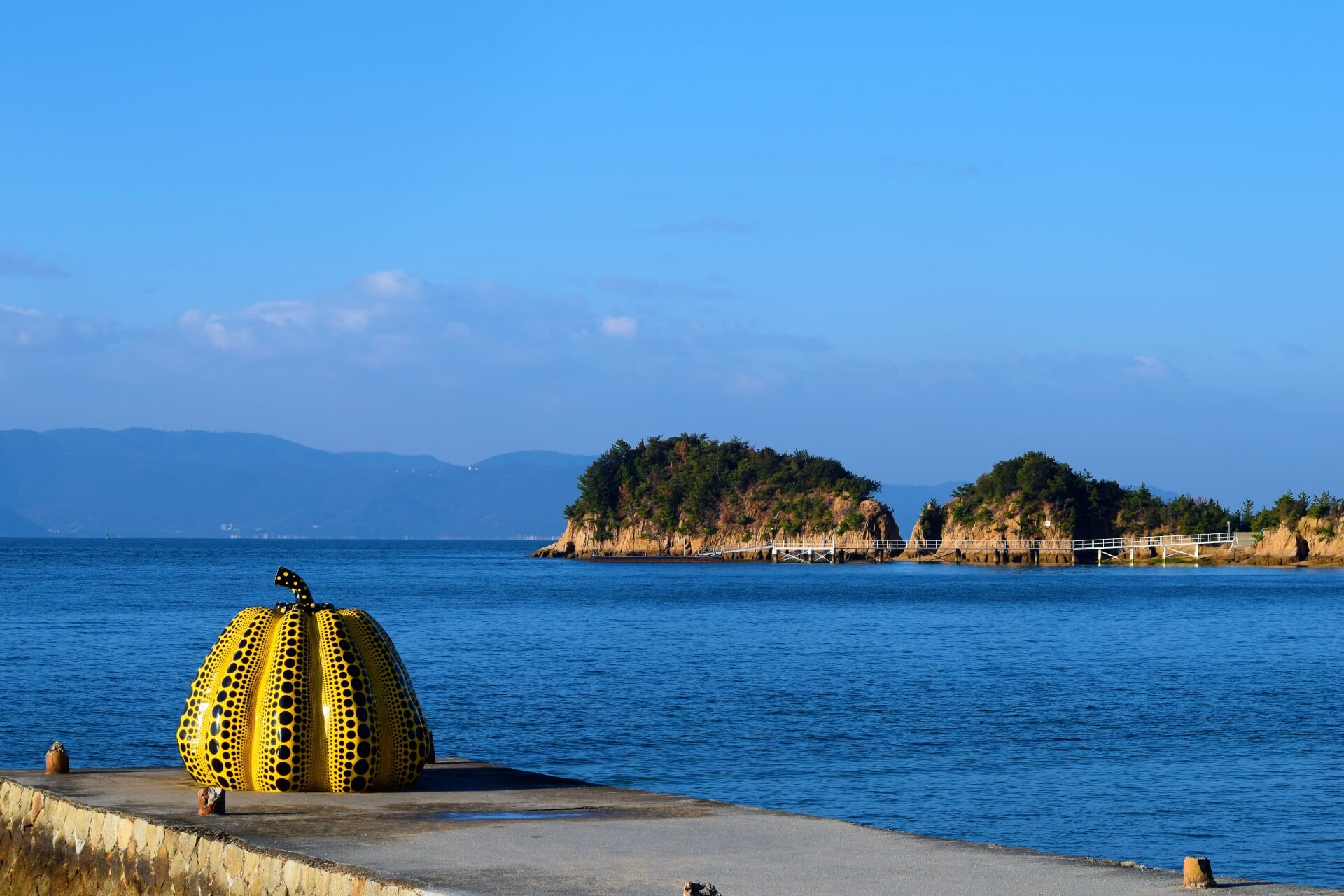
Naoshima is a lovely island within the Seto Inland Sea, known for its Mediterranean atmosphere, relaxed way of life, and in recent years, it’s fantastic arts scene. It is the main venue and considered the flagship of the ‘Setouchi Triennale’ – see below for details – most recognisable for its seaside dotted pumpkin installation by artist Kusama Yayoi. Installations and museums across the island attract tens of thousands of visitors each year including the ‘Art House Project’, ‘Benesse House’, ‘Chichu Museum’ and much, much more. Most popular in summer, if you plan to stay on the island make sure to book well ahead as hotels and guesthouses will sell-out. To get to the island from Takamatsu, ferries operate multiple times throughout the day taking 50 minutes / JPY520 or 30 minutes / JPY1220 for a high-speed boat. It’s worth noting that you can also travel to Naoshima from Okayama on Honshu. To do so, take the JR Uno Line from Okayama Station to Uno Station – 45 to 60 minutes / JPY590 – and transfer to the ferry for Naoshima – another 20 minutes / JPY300. Given the popularity of the island, there is a good amount of accommodation but make sure to book ahead, especially when staying on weekends, public holidays and in summer. For accommodation listings in the area, see our 'Best Places to Stay in Shikoku' page.
7 / SETOUCHI TRIENNALE, KAGAWA PREFECTURE / April to November 2022*
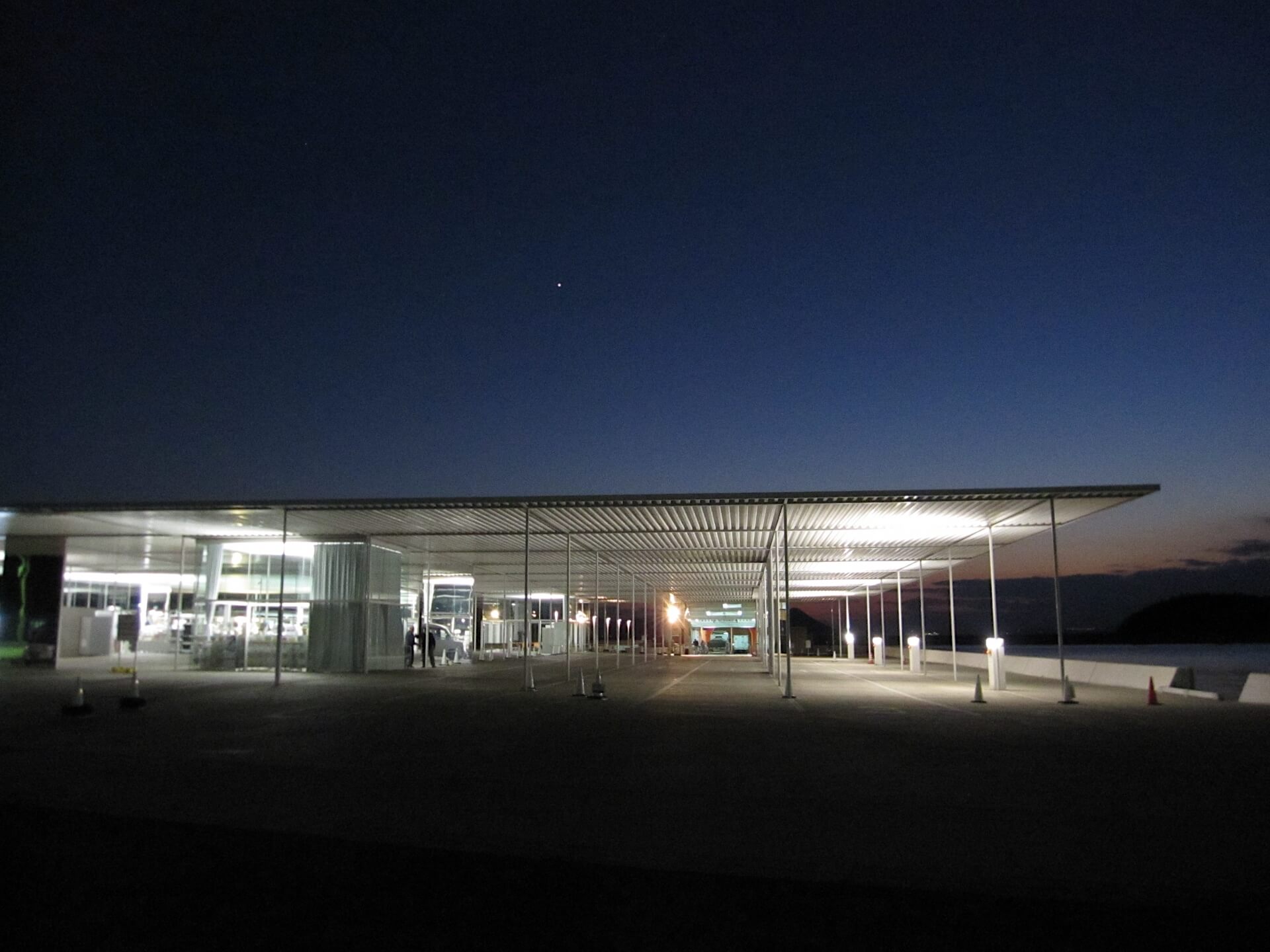
Held every three years, Setouchi Triennale is a contemporary art festival taking place across a dozen islands on the Seto Inland Sea and Takamatsu. The festival brings together both Japanese and international artists, working with local communities to revitalise the region through creation of a thriving arts scene. Directed by the influential Art Front Gallery and its high-profile Art Director Kitagawa Fram, Setouchi is one of several international arts festivals initiated over recent decades - including the original and ongoing Echigo-Tsumari Art Field in Niigata - intended to revitalise regional areas that are struggling from population and economic decline. Participation of major Japanese and international artists have resulted in the huge popularity of the festival as visitors from all over Japan and the world are enticed to explore quiet pockets of the country long over-looked. Much of the artwork and events take place outdoors, integrated into the surrounding landscapes, while some excellent museums and galleries have now been established on multiple islands including Naoshima, Teshima, Shodoshima and others.
*the official festival takes places every three years however many if not most of the festival’s installations are permanent and can be enjoyed in any year and season.
8 / TESHIMA ISLAND, KAGAWA PREFECTURE / best: April to November
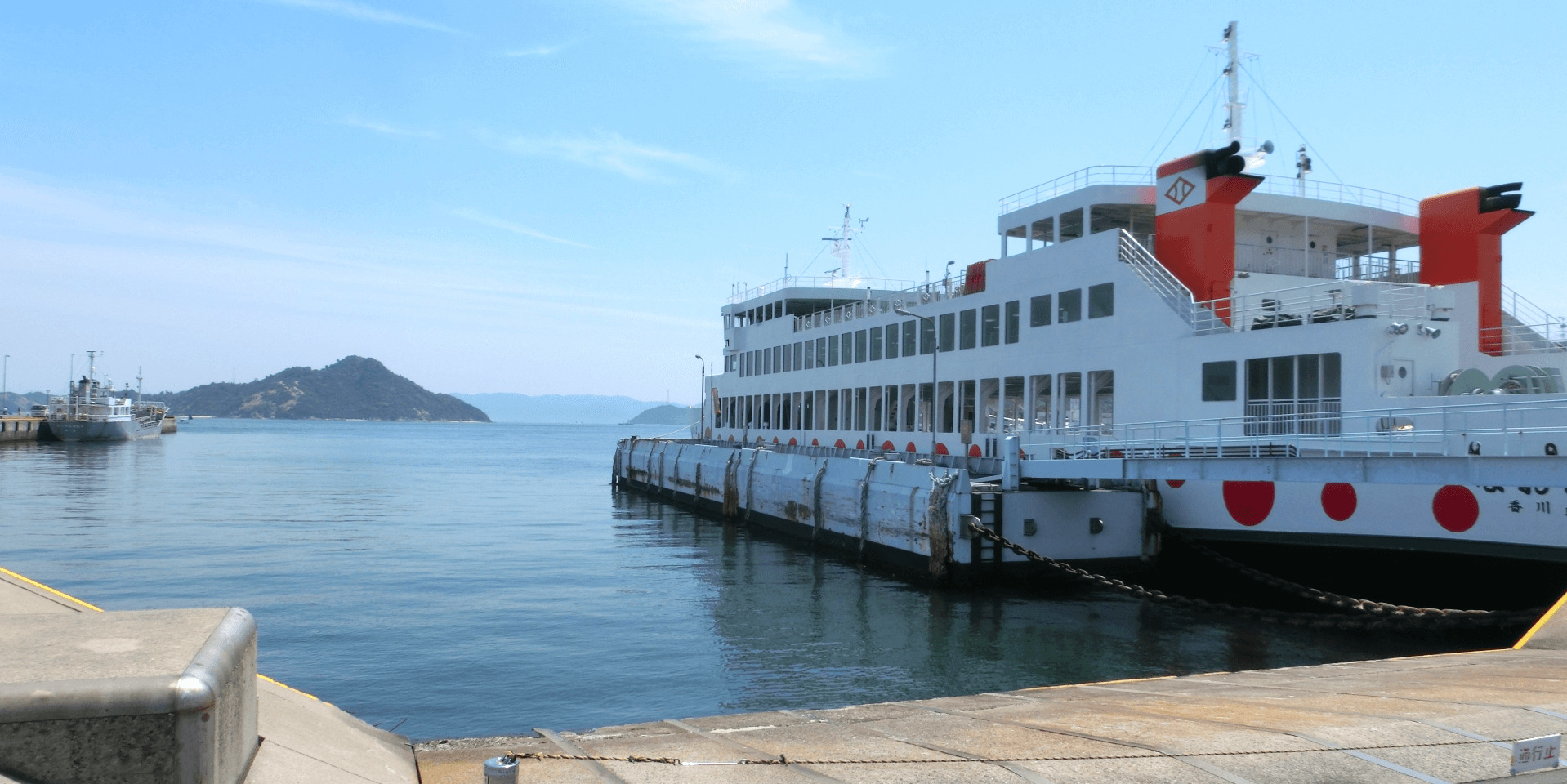
Teshima sits to the east of Naoshima and west of Shodoshima – see below for details – and is another of the region’s popular art islands. Teshima Art Museum is the main venue on the island, an intriguing modern design that blends into the surrounding landscape of rice fields. Other venues and installations on the island include Teshima Yokoo House, Shima Kitchen, Les Archives du Coeur and others. Outdoor installations are usually accessible at all times of day, while larger venues are open almost everyday. Small artworks might however be limited to weekends and/or summer-only. To reach Teshima from Takamatsu, you can see a high-speed boat – 35 minutes / JPY1350 – which operates four times each day. To get there from Naoshima, a ferry takes only 20 minutes / JPY630. There is little accommodation on the island, therefore if you wish to stay on the island make sure to book well ahead of time or alternatively, just visit as a day-trip from Takamatsu. For accommodation listings in the area, see our 'Best Places to Stay in Shikoku' page.
9 / SHODASHIMA, KAGAWA PREFECTURE / best: April to November
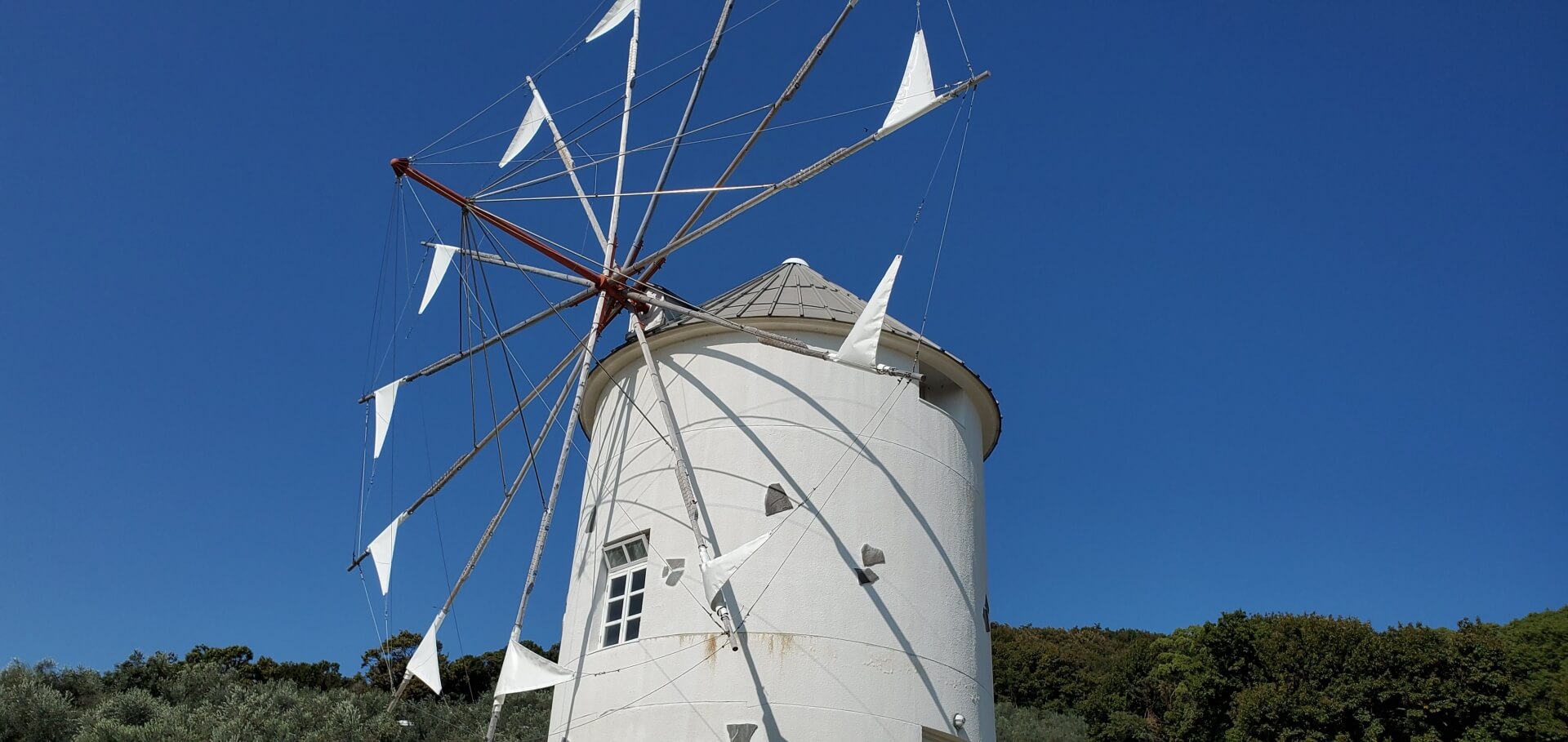
Shodoshima is the he largest island participating in Setouchi Triennale and the second largest island in the Seto Inland Sea. Traditionally known for its soy and olive plantations, Shodoshima has a distinctly Mediterranean atmosphere including some splendid beaches and coastline. Shodoshima hosts many festival installations and venues with most located on the southern coast and in port towns. Significantly larger than both Naoshima and Terashima, Shodoshima is best explore by renting a car and driving yourself. By doing so, you can explore multiple festival venues along with the beautiful coastline including ‘Angel Road’ – a sandbar that connects three small islands to Shodoshima, which disappears and re-emerges with the tides; or Kankakei Gorge – considered one of the most beautiful gorges in Japan.
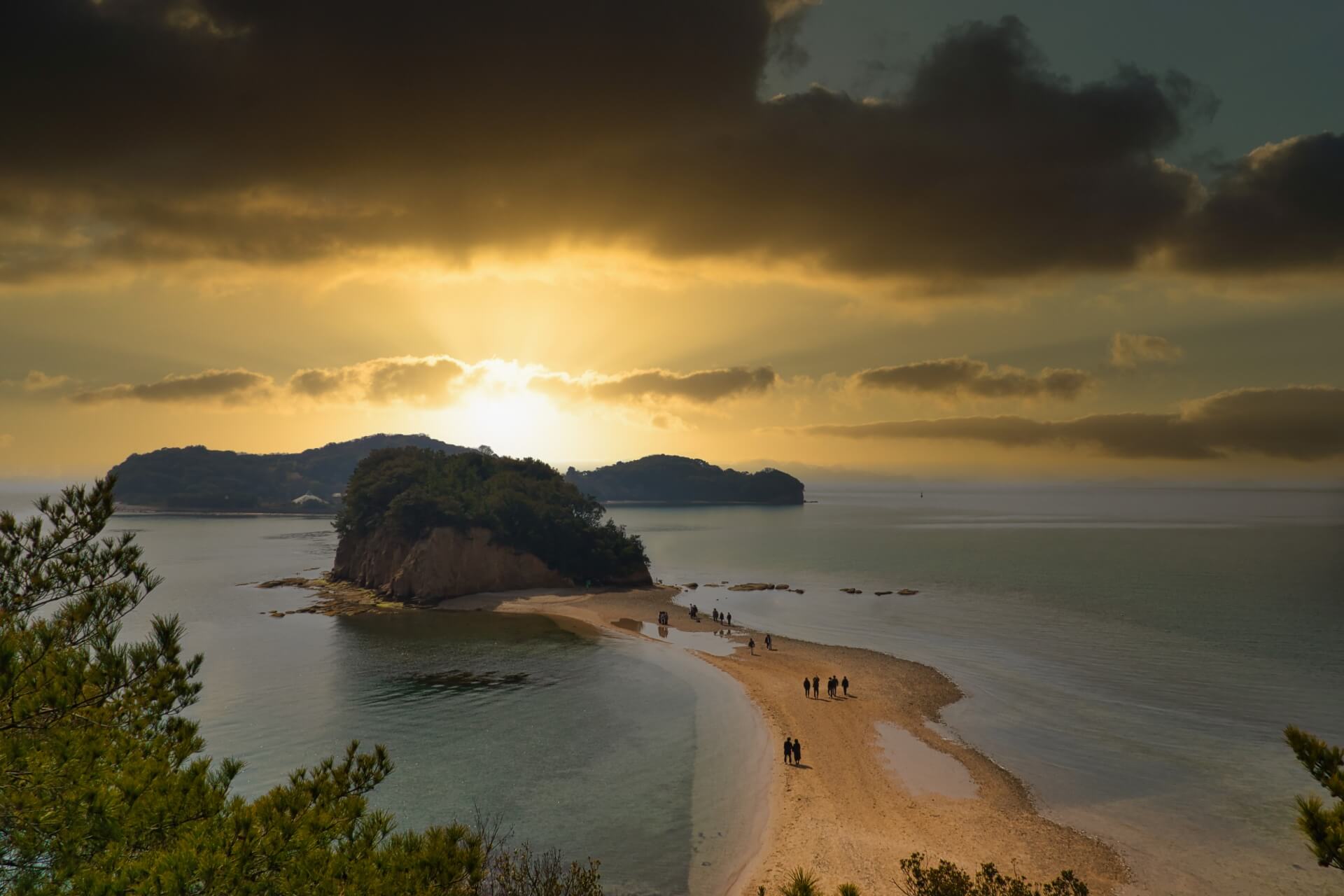
To reach Shodoshima from Takamatsu, the ferry takes 60 minutes / JPY700 or a high-speed boast takes 30 minutes / JPY1190. You can also get there from the Shin-Okayama Port near Okayama Station on Honshu – an option that takes 35 minutes / JPY500. There’s a good amount of accommodation on the island. For accommodation listings in the area, see our 'Best Places to Stay in Shikoku' page.
10 / TOKUSHIMA CITY , TOKUSHIMA PREFECTURE / all year round
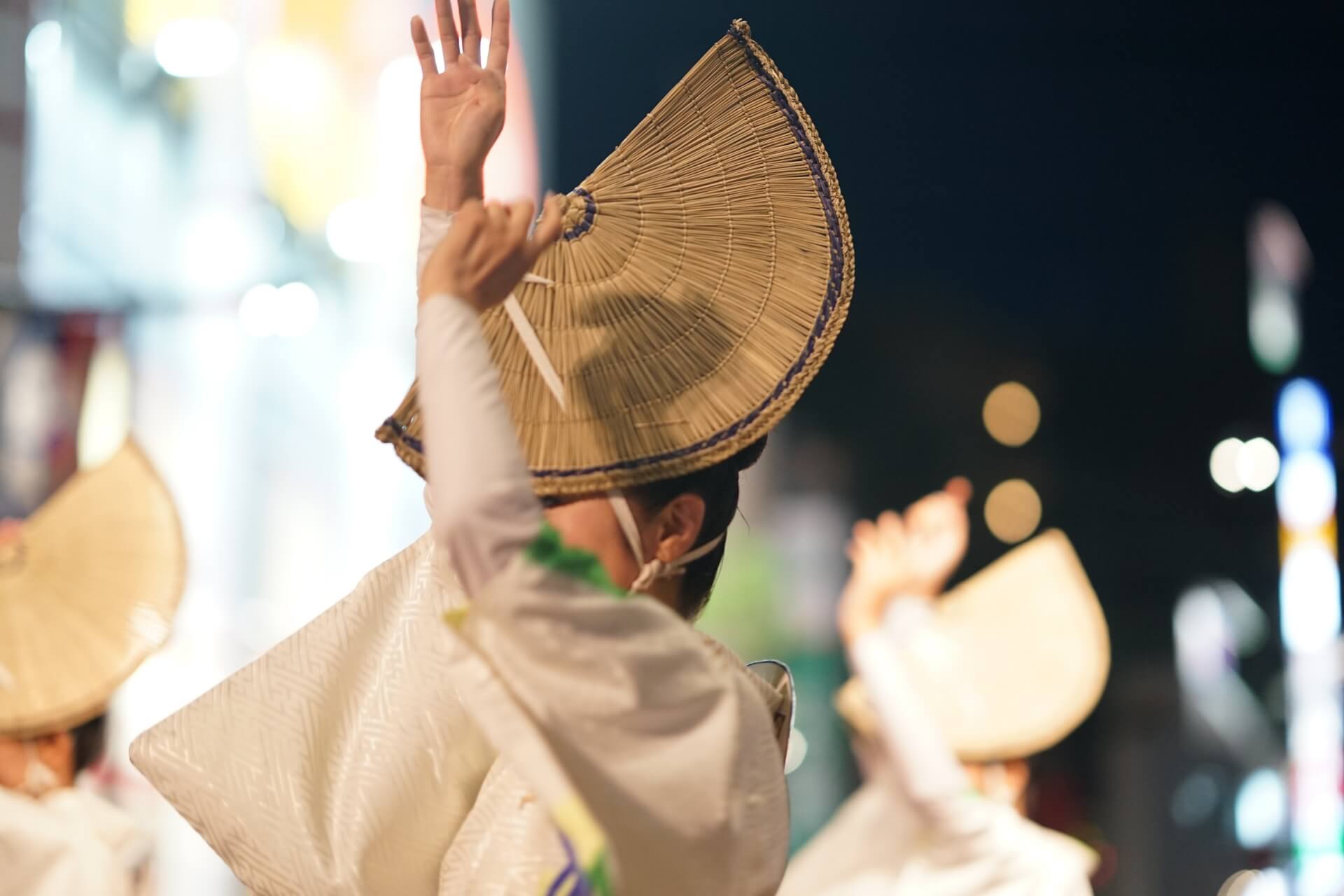
Tokushima is the largest city in Tokushima Prefecture and another point of entry and exit to Shikoku. Connected to the main island of Honshu via the Onaruto Bridge, Awajima and the Akashi-Kaikyo Bridge, Tokushima can be reached by car in around 90 minutes from Kobe. The city of Tokushima is fairly unremarkable however it is a convenient point from where to explore the many attractions of Tokushima Prefecture and wider island of Shikoku. With that said, Tokushima has a couple of notable things to see and do in or near the city…
11 / ‘AWA ODORI’ FESTIVAL, TOKUSHIMA PREFECTURE / August
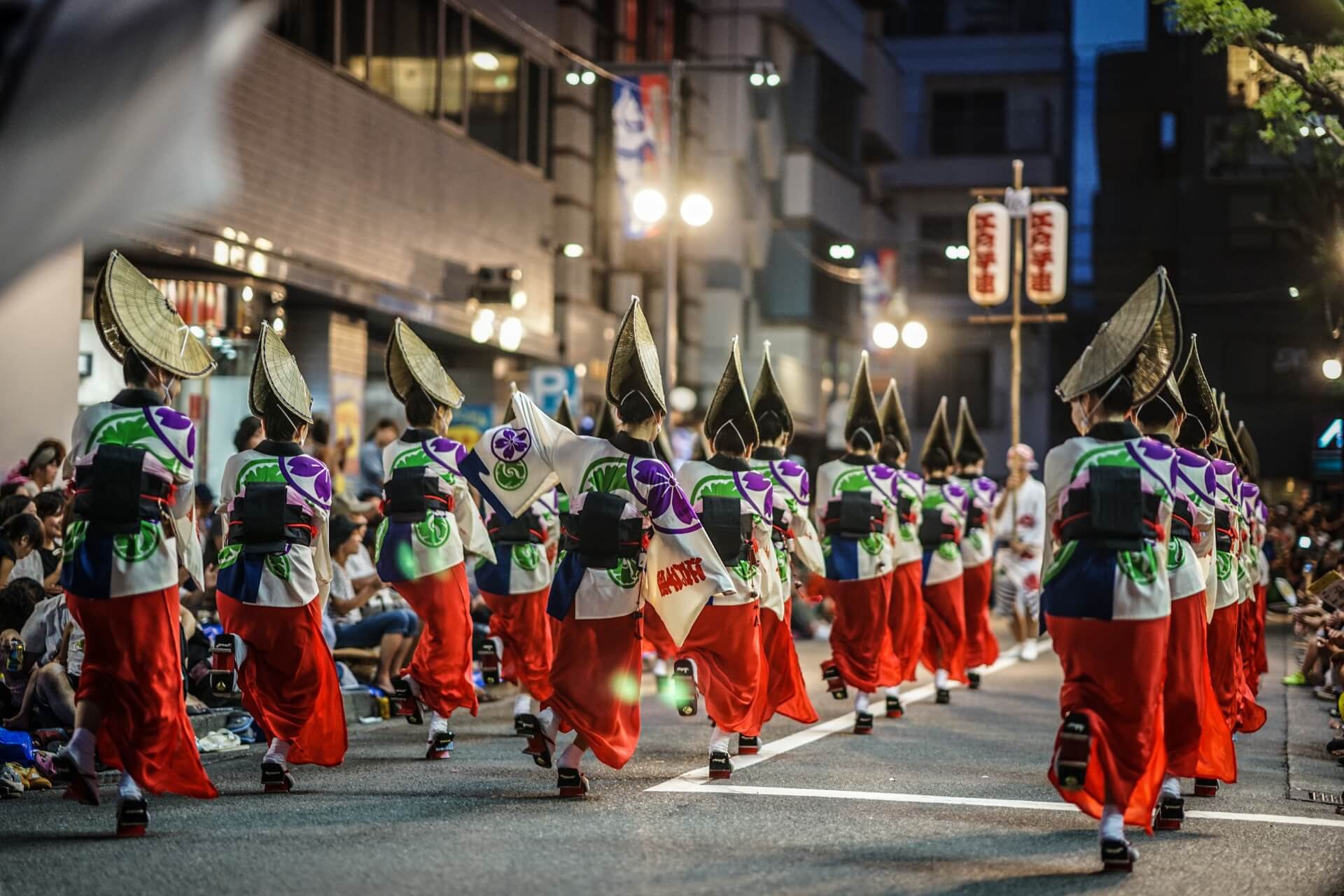
Taking place each year from August 12 to 15, Tokushima’s ‘Awa Odori’ Japan’s largest and most famous summer dance festival. During the festival, large groups of choreographed dancers and musicians move through the city streets in an infectious display of celebration. Dance festivals take place throughout Japan at this time of year as part of ‘Obon’ – the time of year that the human and spirit world are considered to be at their closest and when people can honour and commune with their ancestors, before the two worlds move apart again. Over one million people line the streets to partake in Tokushima’s Awa Odori, with events happening across the three days and the main events taking place between 18:00 to 22:30 each night. There are multiple venues across the city with each having a paid seating area – tickets range from JPY800 to JPY2800 – however most people stand or sit on the streets to enjoy the festival free of charge. Should you wish to see the festival, we recommended booking accommodation in the central city to avoid having to use public transport before or after the events – just make sure to book well in advance. For accommodation listings in the area, see our 'Best Places to Stay in Shikoku' page.
12 / NARUTO WHIRLPOOLS, TOKUSHIMA PREFECTURE / best: March to April
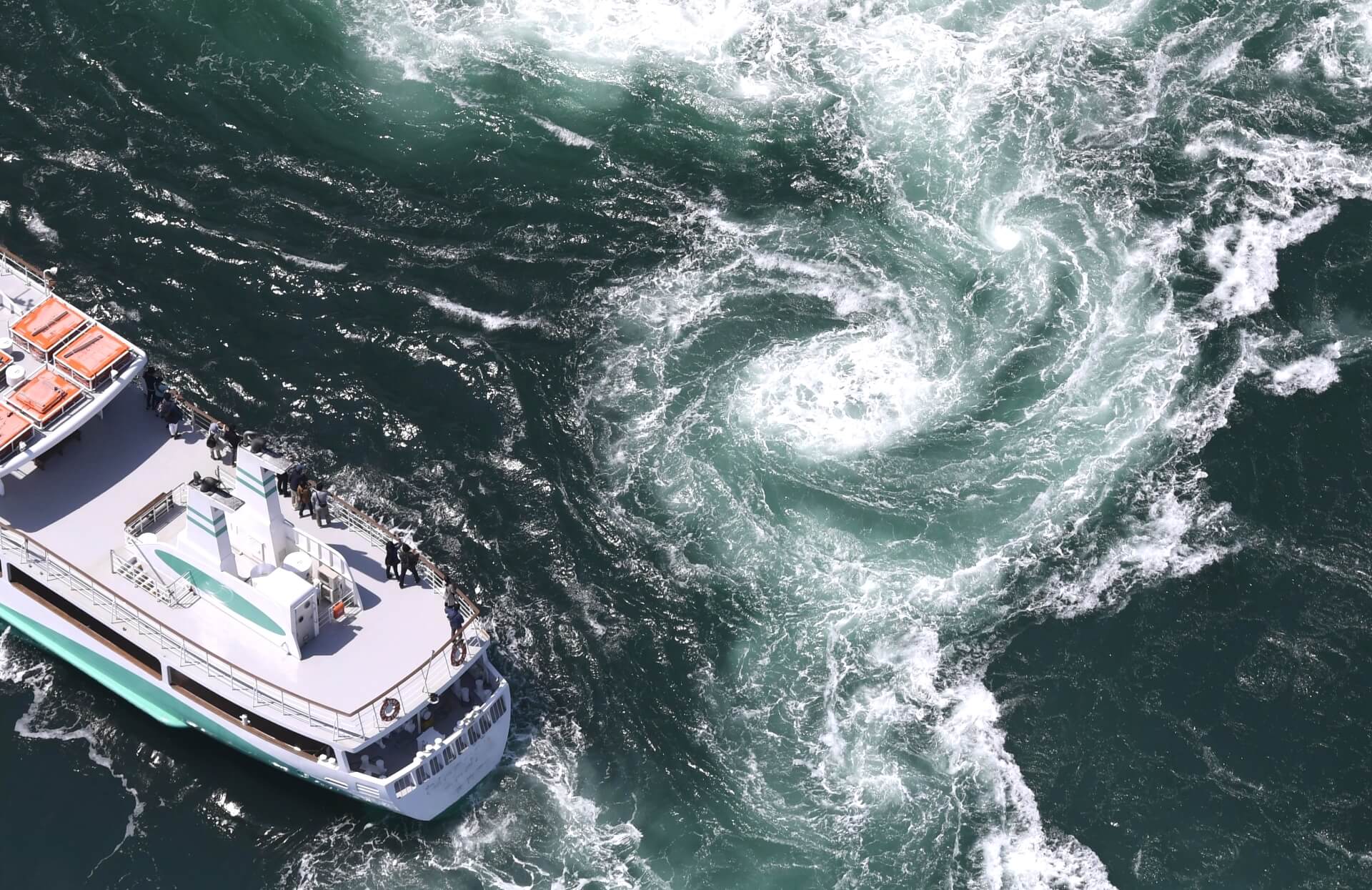
One of Shikoku’s more curious attractions, the Naruto Whirlpools occur naturally below the expansive Onaruto Bridge that connects the island to Awajima and onto Kobe and Osaka. At their largest once in the morning and once the afternoon, the whirlpools are formed when large volumes move between the narrow strait connecting the Seto Inland Sea and the Pacific Ocean. At their largest in spring and into summer, the whirlpools can measure up to 20 metres across and are best-viewed on a sightseeing cruise which operate from Naruto Park. Cruises take between 20 to 30 minutes - typically operating twice per hour from 08:30 to 16:30 – and cost JPY1600 per person. As mentioned, the whirlpools are at their best through spring and summer and are not a threat to the boats.
13 / RYOZEN-JI TEMPLE, TOKUSHIMA PREFECTURE / all year round
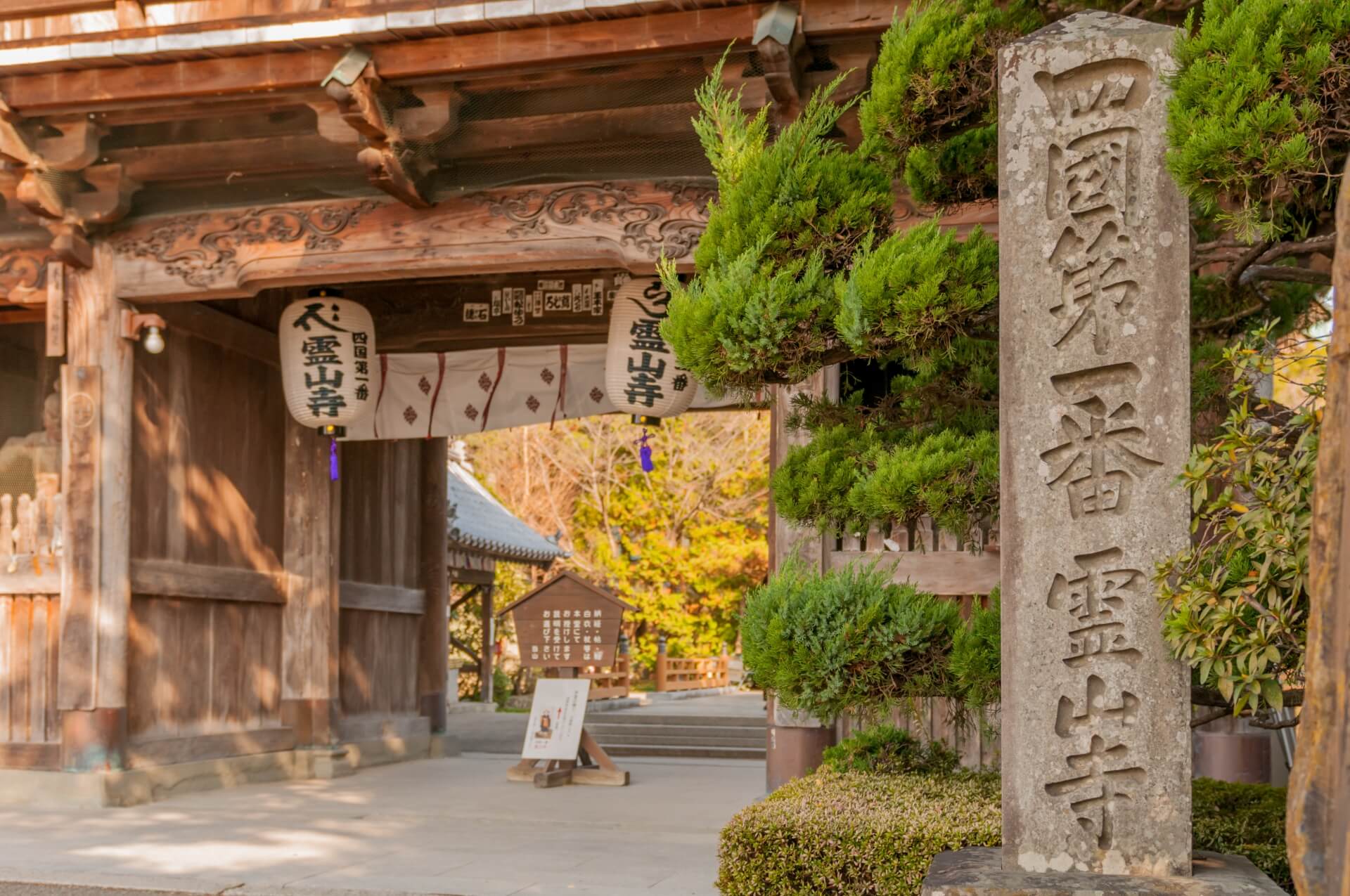
Located nearby the town of Naruto and around 15km to the north-west to Tokushima City, Ryozen-ji is considered the first temple of the 88 temple ‘Shikoku Henro’. The temple was founded in the 8th century and particularly beautiful given the many lanterns within the main hall. As the first temple on the pilgrimage circuit, you may well see ‘henro-jin’ (pilgrims) beginning their long journey – a journey that can stretch 1200 to 1400km and take up to 2 months depending on the route that they take. The temple is easy to reach from Tokushima Station using the JR Kotoku Line to Bando Station – a journey of 25 minutes / JPY260. The temple is around 10 minutes walk from the station.
14 / IYA VALLEY, TOKUSHIMA PREFECTURE / all year round
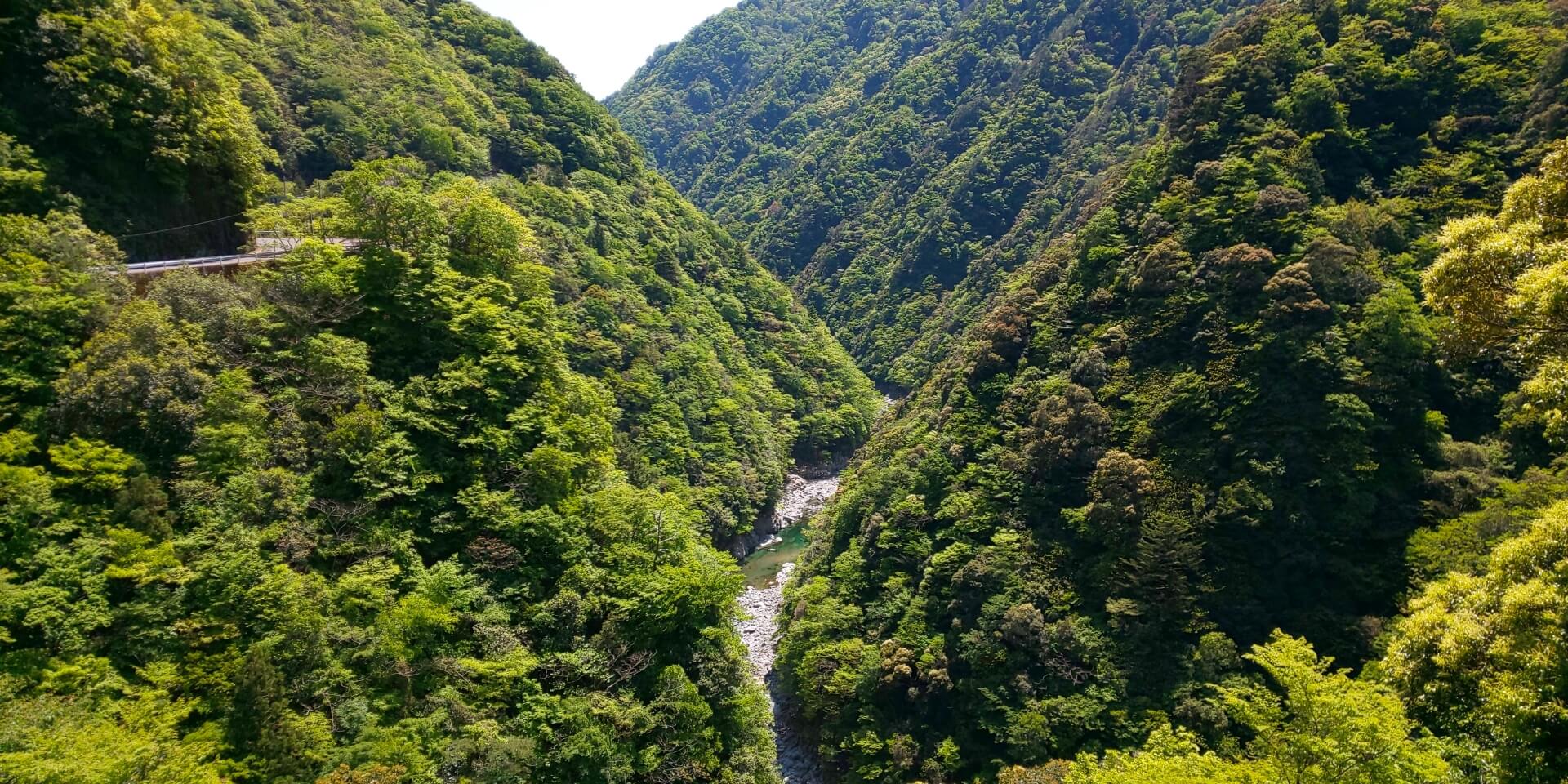
Moving into the interior of the island, Iya Valley has emerged as something of an unexpected hot destination on Shikoku. The beautiful yet secluded valley as long been known for its inaccessibility due to its steep, forested topography and rushing rivers. It was exactly that which led the Taira clan to flee into the valley after losing the famous Gempei War (1180-1185), to escape capture and in doing so settle a region in which their descendants still live. The same remoteness has ensured preservation of traditions and historic hamlets which are today appreciated and visited for their beauty – a trend kick-started by the conversion of a 300-year old farmhouse into high-end accommodation by the Chiiori Trust.
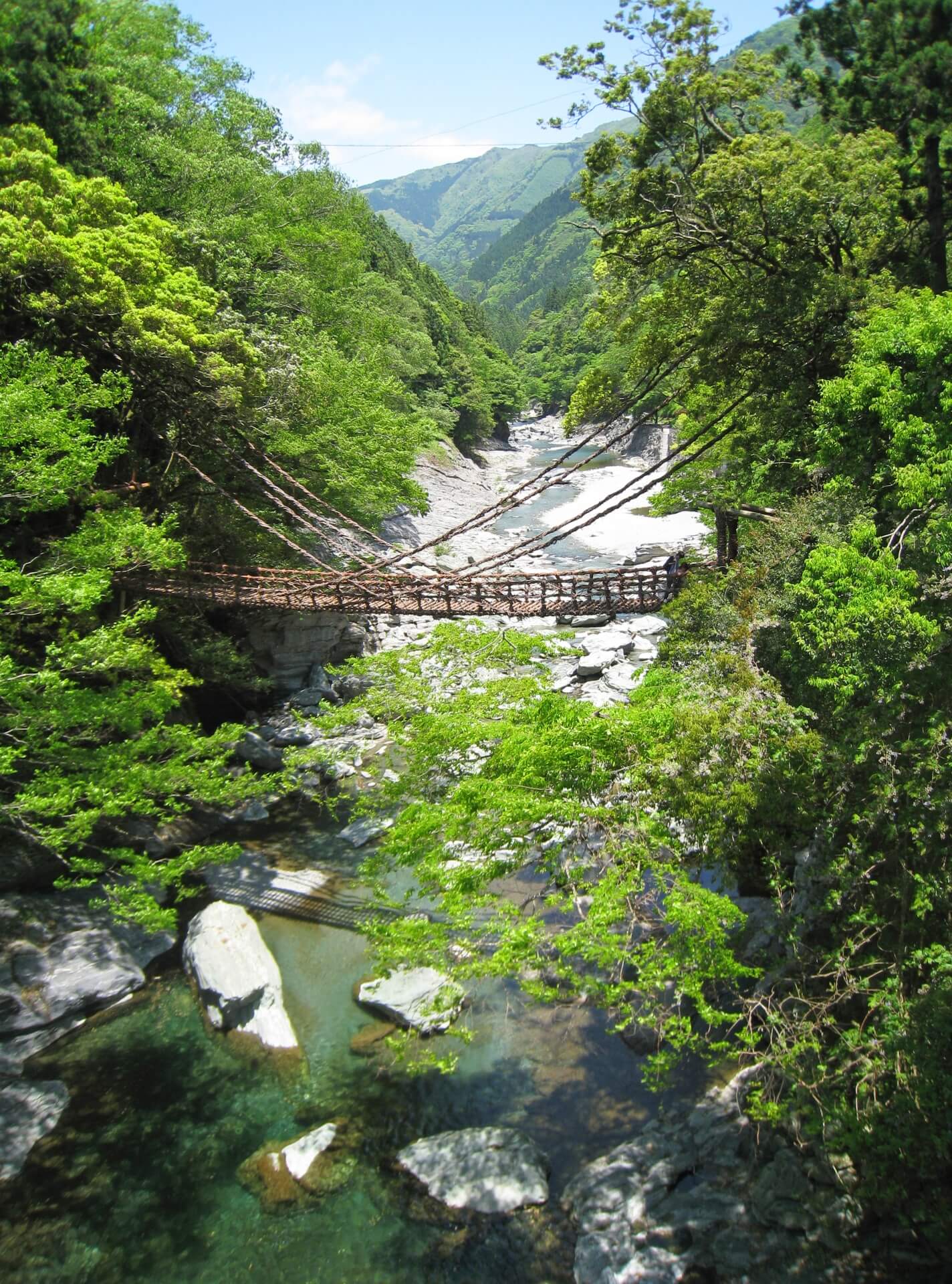
The valley follows the flow of the Iya River from its source in Mount Tsurugi until it meets the Yoshino River and is typically divided into the ‘Nishi (West) Iya’ and ‘Oku (Inner) or Higashi (East) Iya’ Valley. The area is best explored by renting a car however you can also do so by train and bus. Awada-Ikeda Station is the nearest station to the valley, a journey of 75 minutes / JPY2860 from Tokushima Station and 60 minutes / JPY2670 from Takamatsu Station. From the station, buses connect to destinations within Nishi Iya but with few services running to Oku/Higashi Iya. For that reason, we recommend renting a car to get the most out of your time in and around the valley. For accommodation listings in the area, see our 'Best Places to Stay in Shikoku' page.
15 / IYA KAZURABASHI, TOKUSHIMA PREFECTURE / all year round
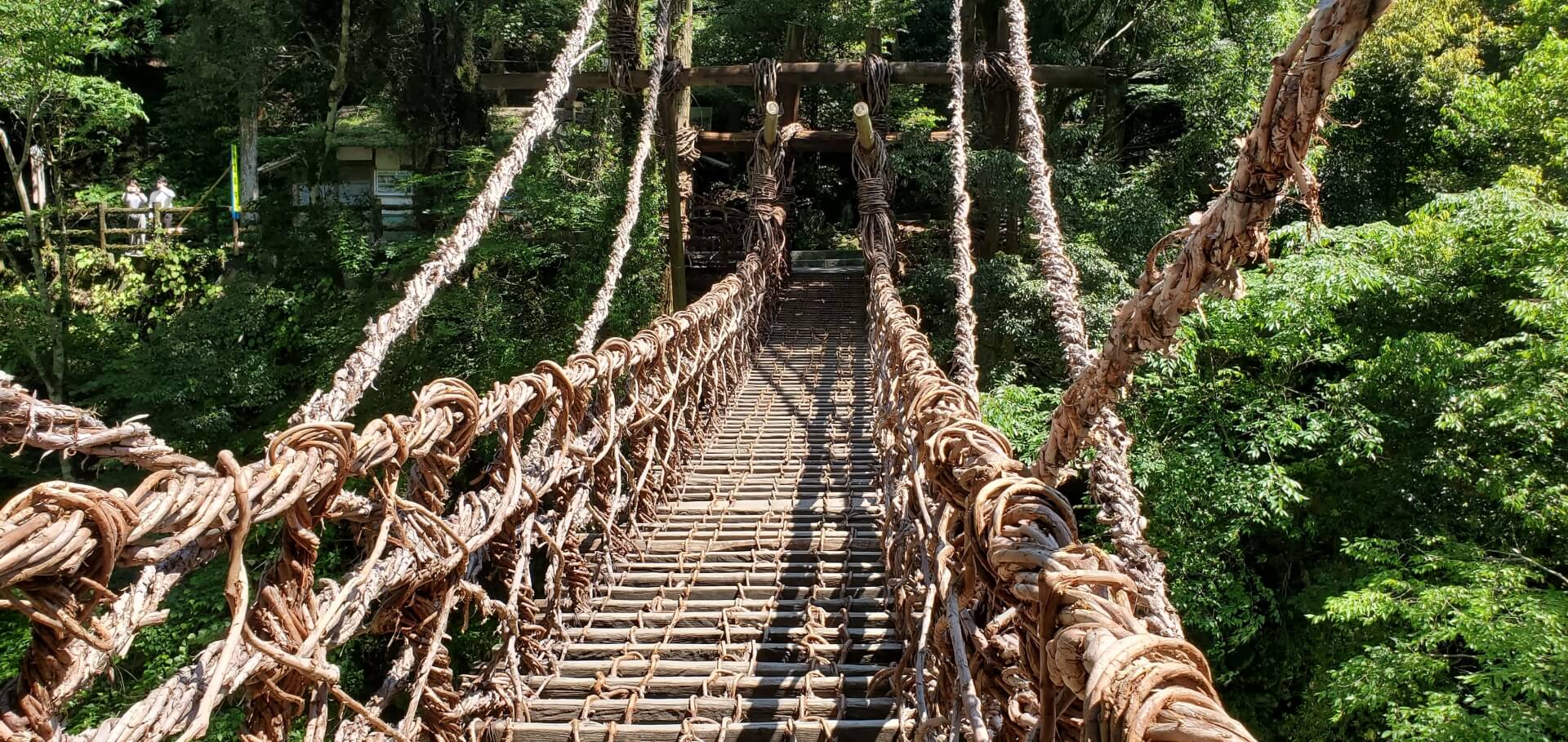
The steep topography including rushing torrent of the Iya River meant that bridges have long played a vital role in offering some level of access to the valley. While their origins are unclear, the vine bridges of Iya Valley rank among Shikoku’s most unique and photogenic attractions. Of the original thirteen bridges that once spanned the valley, only three survive to this today. Iya Kazurabashi is the largest – spanning 45 metres - and easiest of the three to access, located 60 minutes / JPY1290 by bus from Awa Ikeda Station or only 20 minutes / JPY670 by bus from Oboke Station. The bridge is accessible at all times of year from ‘sunrise until sunset' and illuminated from 19:00 to 21:30 . Admission is JPY550.
16 / OKU-IYA KAZURABASHI, TOKUSHIMA PREFECTURE / all year round
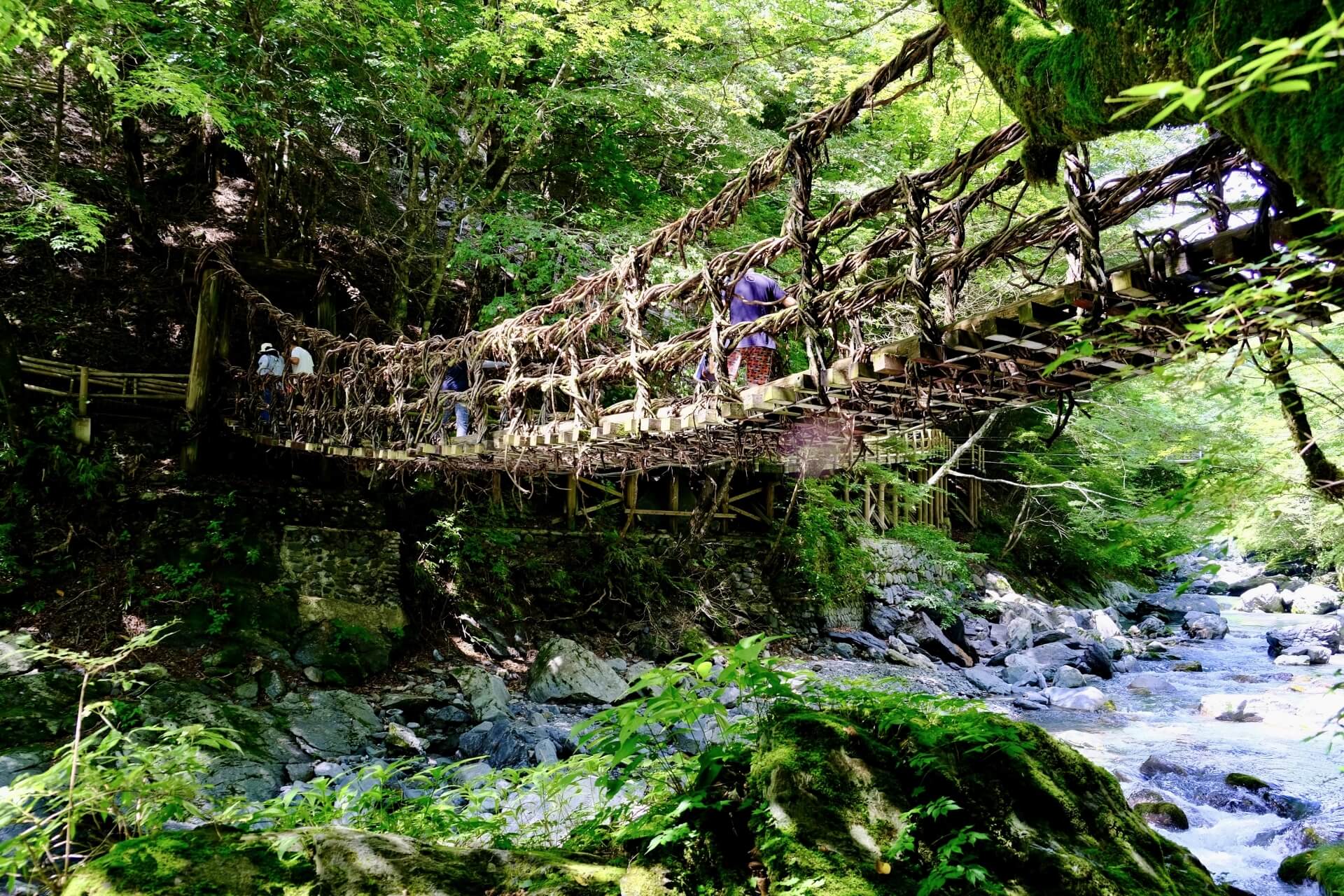
The other two bridges sit next to each other, affectionately known as the ‘Otto-no-hashi’ (Husband Bridge) and ‘Tsuma-no-hashi’ (Wife Bridge). With a span of 44 metres, the Otto-no-hashi is notably larger than the 22 Tsuma-no-hashi. The ‘Wild Monkey Bridge’ – a wooden cart suspended on cables used to ferry goods and people across the river – sits next to the vine bridge and can be used by visitors to pull themselves across. The bridges can be accessed by bus from Awa Ikeda Station however services are infrequent, require a transfer and add up to 2.5 to 3 hours journey time. For that reason, if you want to visit them we recommend you rent a car.
17 / OBOKE & KOBOKE GORGE, TOKUSHIMA PREFECTURE / best: April to November
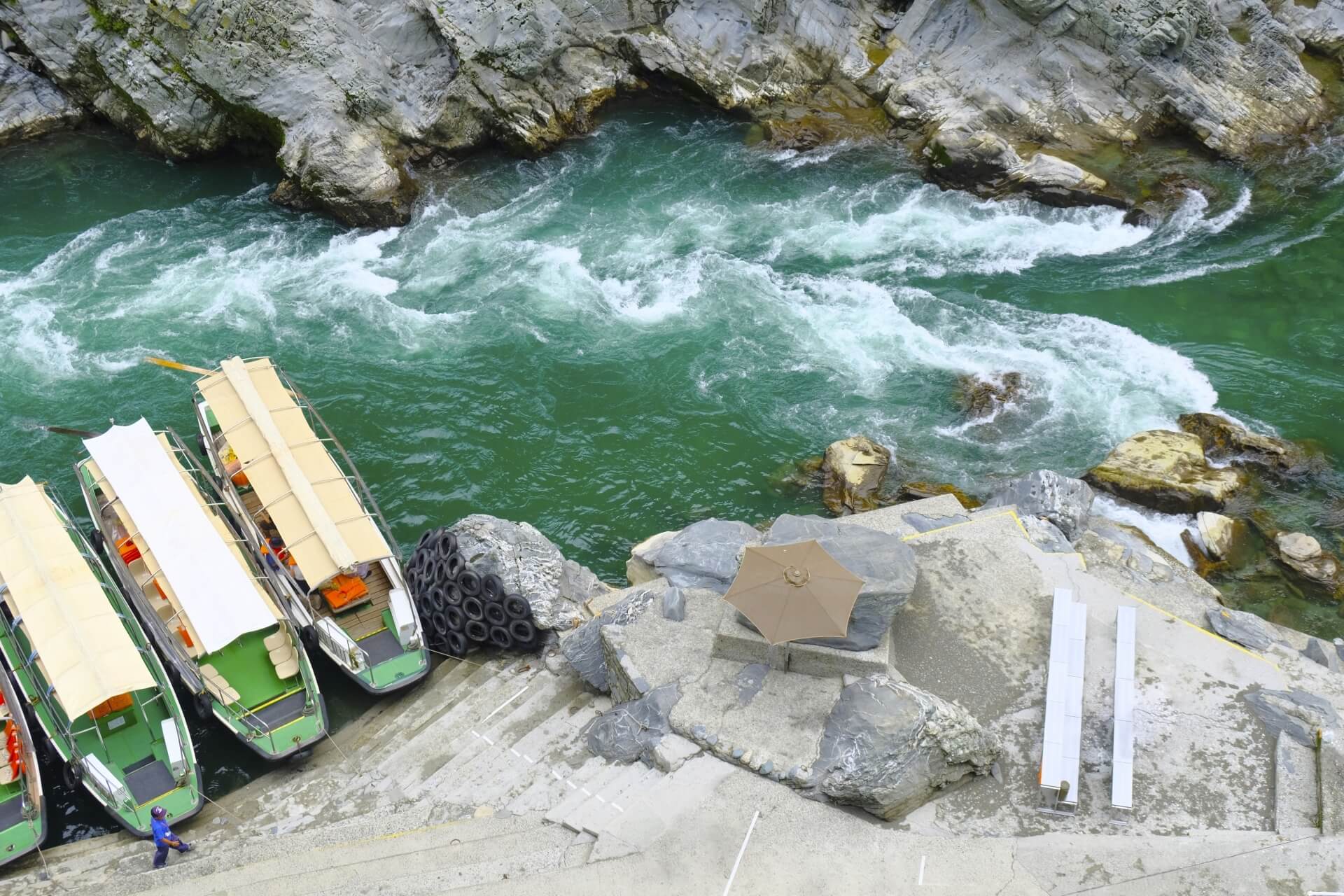
Located 30 to 40 minutes by train or bus from Awa Ikeda Station, Oboke Gorge are a series of narrow and steep gorges where visitors can enjoy leisurely boat cruises and whitewater rafting. Boat cruises are available all year round from 09:00 to 17:00 and take around 30 minutes / JPY1200, while rafting can be enjoyed from April to November with half-day tours starting from JPY6000.
18 / MOUNT TSURUGI, TOKUSHIMA PREFECTURE / best: April to November
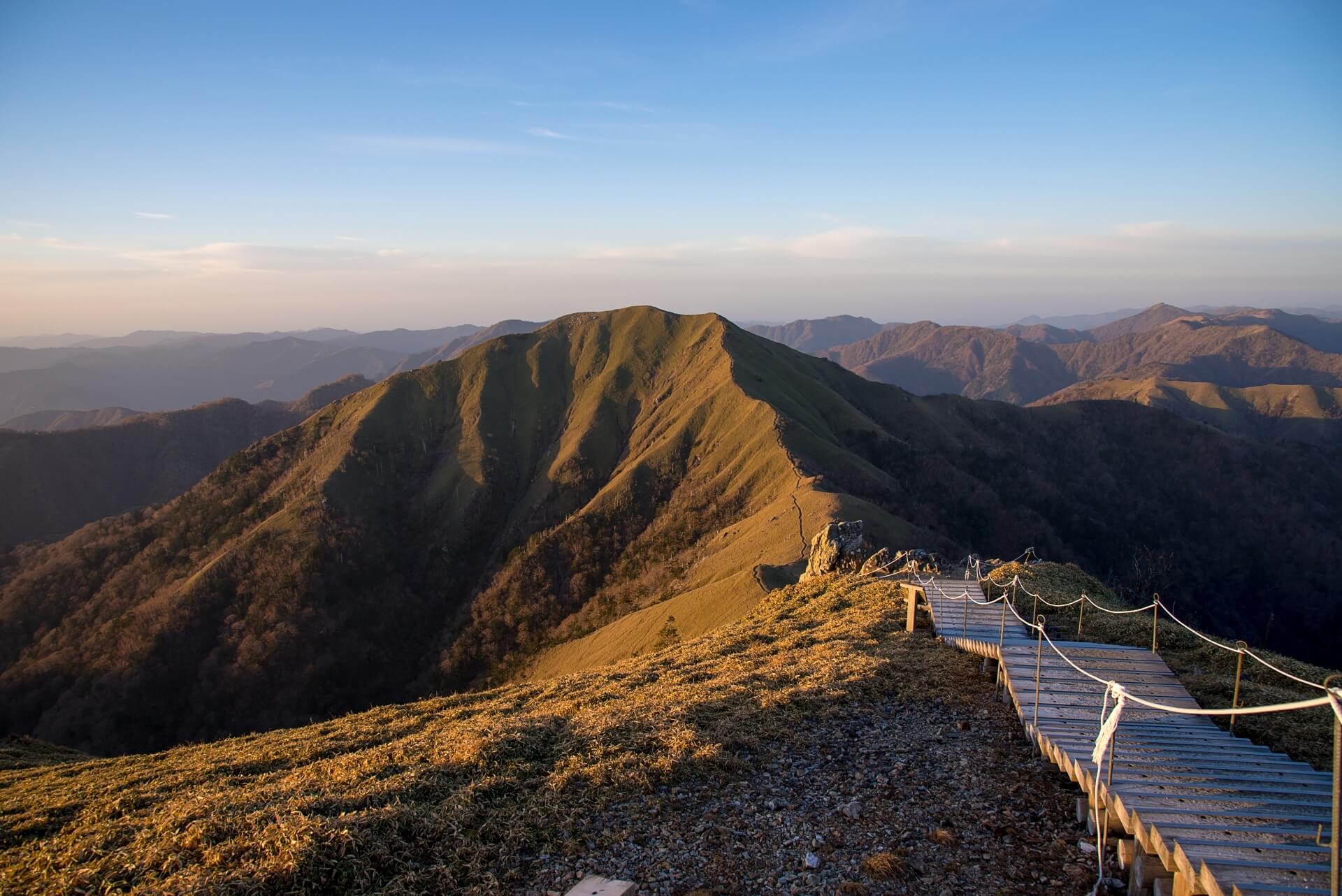
Source of the Iya River, Mount Tsurugi is the second highest mountain on Shikoku at 1955 metres above seal level. The mountain is a popular hiking destination, accessible all year round but most enjoyable from April until November – offering leisurely hikes along trails that are suitable for anyone of reasonable fitness. A chairlift also operates from April until late-November, ferrying visitors to high onto the mountain from where it’s a 30 minute walk to the summit. Open from 09:00 to 16:30 (and from 08:00 during popular holiday periods), a one-way fare costs JPY1050 while a round-trip costs JPY1900. Mount Tsurugi is another destination which can be reached using local bus services however they are time-consuming and infrequent. If you wish to visit, best to rent a car.
19 / KOCHI CASTLE, KOCHI PREFECTURE / all year round
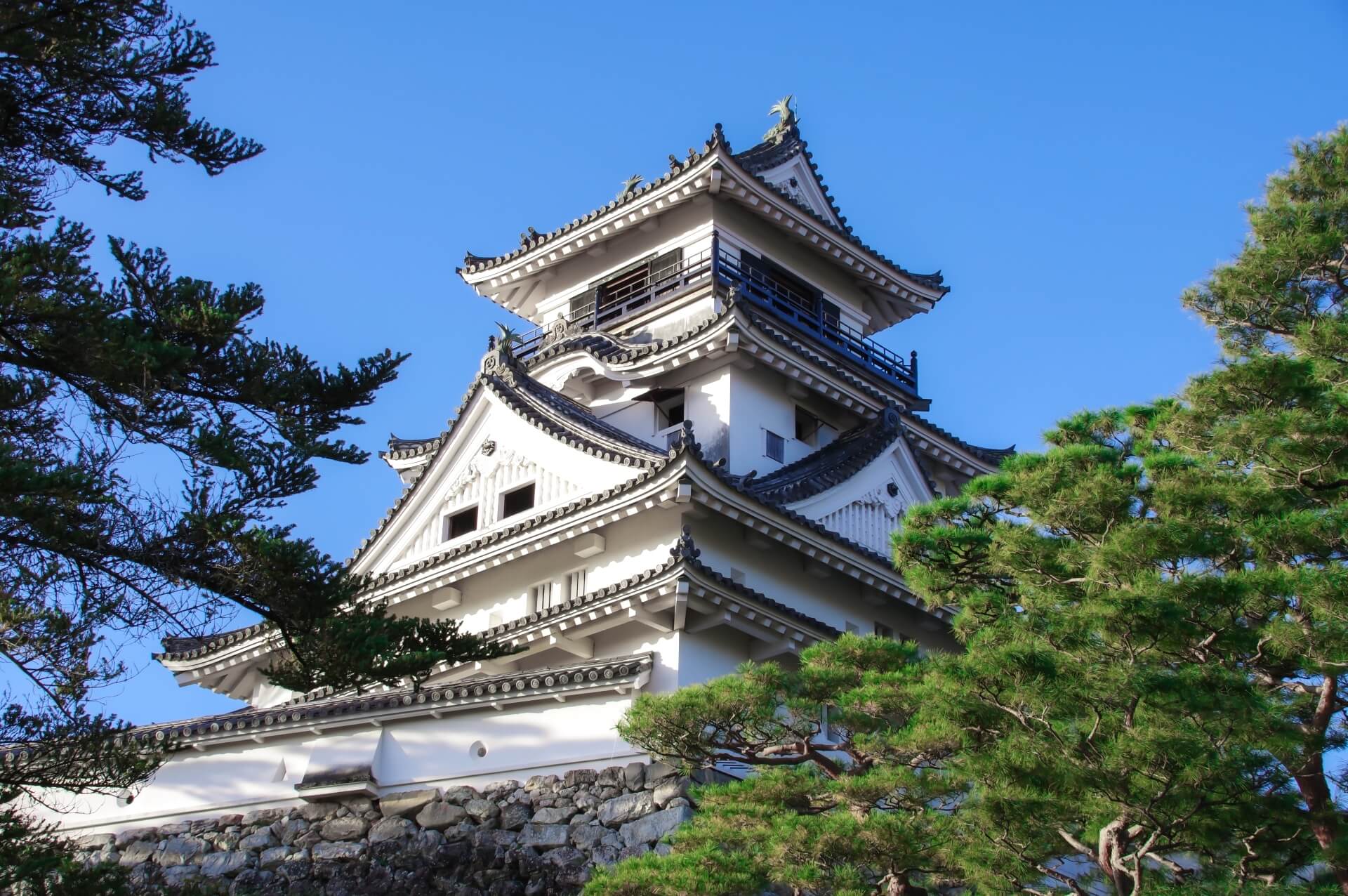
Located in Kochi City, Kochi Castle is one of Japan’s few remaining original castles. It dates from the early Edo Period (1603-1868) with most of the current buildings dating back to the mid-18th century. Spring is a particularly beautiful time of year to visit, when cherry bloom in the surrounding grounds as the castle is illuminated at night. Open daily (other than Dec.26 to Jan.1) from 09:00 to 17:00, admission is JPY420 for adults while children are free of charge. Last entry is at 16:30. The castle is located around 20 minutes walk from JR Kochi Station or a short walk from the Kochijo-mae tram stop. For accommodation listings in the area, see our 'Best Places to Stay in Shikoku' page.
20 / THE PACIFIC SURF COAST, TOKUSHIMA & KOCHI PREFECTURES / best: June to November
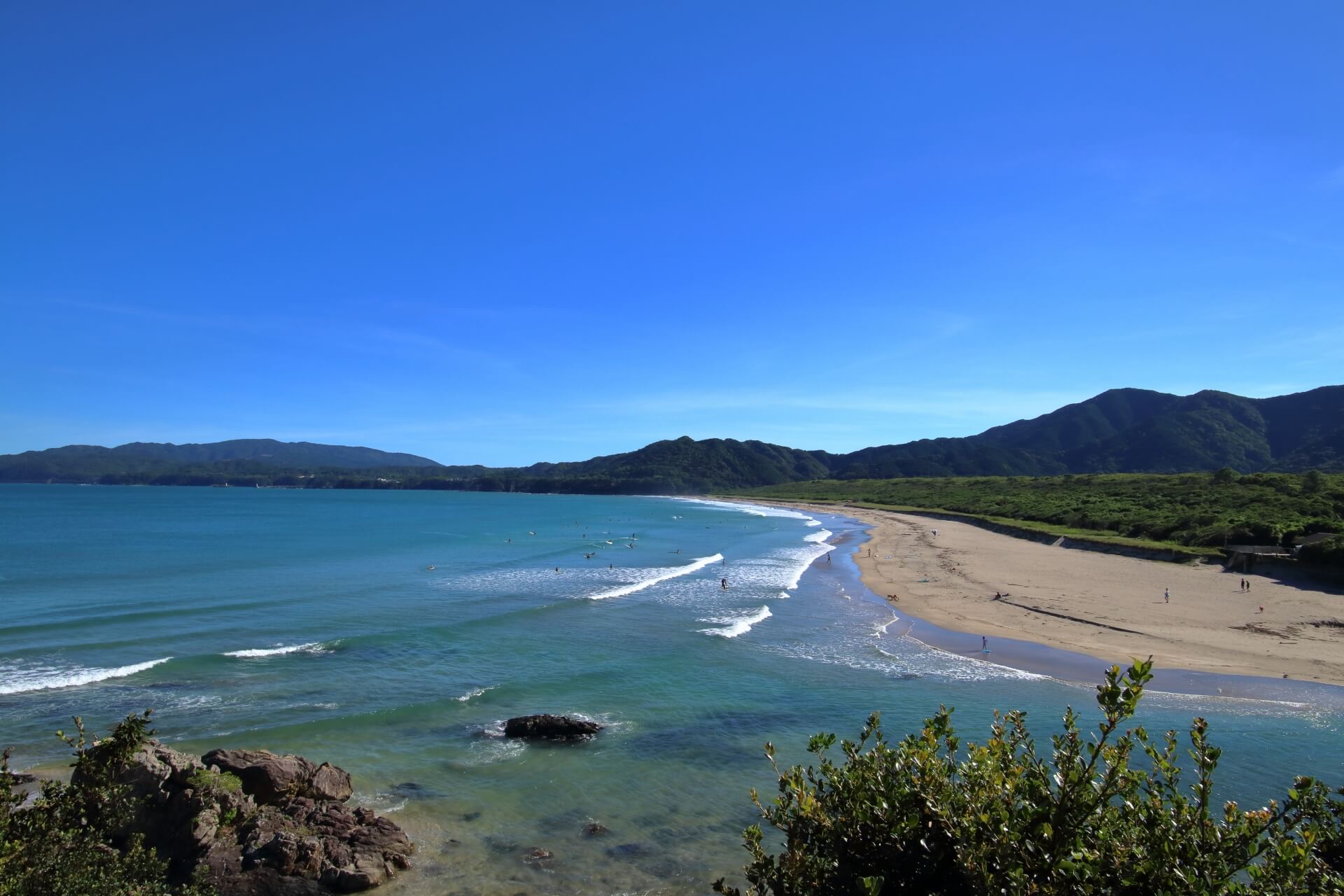
When you think of Japan, surfing probably isn’t the first thing that springs to mind however when planning a visit to Shikoku, if you have any interest in surfing or just enjoy being on the coast, then the Pacific coastline of Kochi Prefecture makes for a relaxing getaway. Now, it’s important set expectations especially for travellers from Australia, the United States and other countries with notable surf spots. Japan isn’t about to rival those however Shikoku’s Pacific Coast experiences some good surf, especially in typhoon season from June to November. Located at the mouth of the Kaifu River, the ‘Japanese Pipeline’ is one such spot while you’ll continue to spot points, rivermouths and beach breaks as you move west along the coast and into Kochi Prefecture. Considered Japan’s best surf region, you’ll find some great little accommodation spots dotted along the coast offering a warm welcome and typically cheap prices. For accommodation listings see our ‘Kochi Surf Coast Area’ hotel page. Renting a car will definitely be your best option for getting along the coast. For accommodation listings in the area, see our 'Best Places to Stay in Shikoku' page.
21 / CAPE ASHIZURI, KOCHI PREFECTURE / all year round
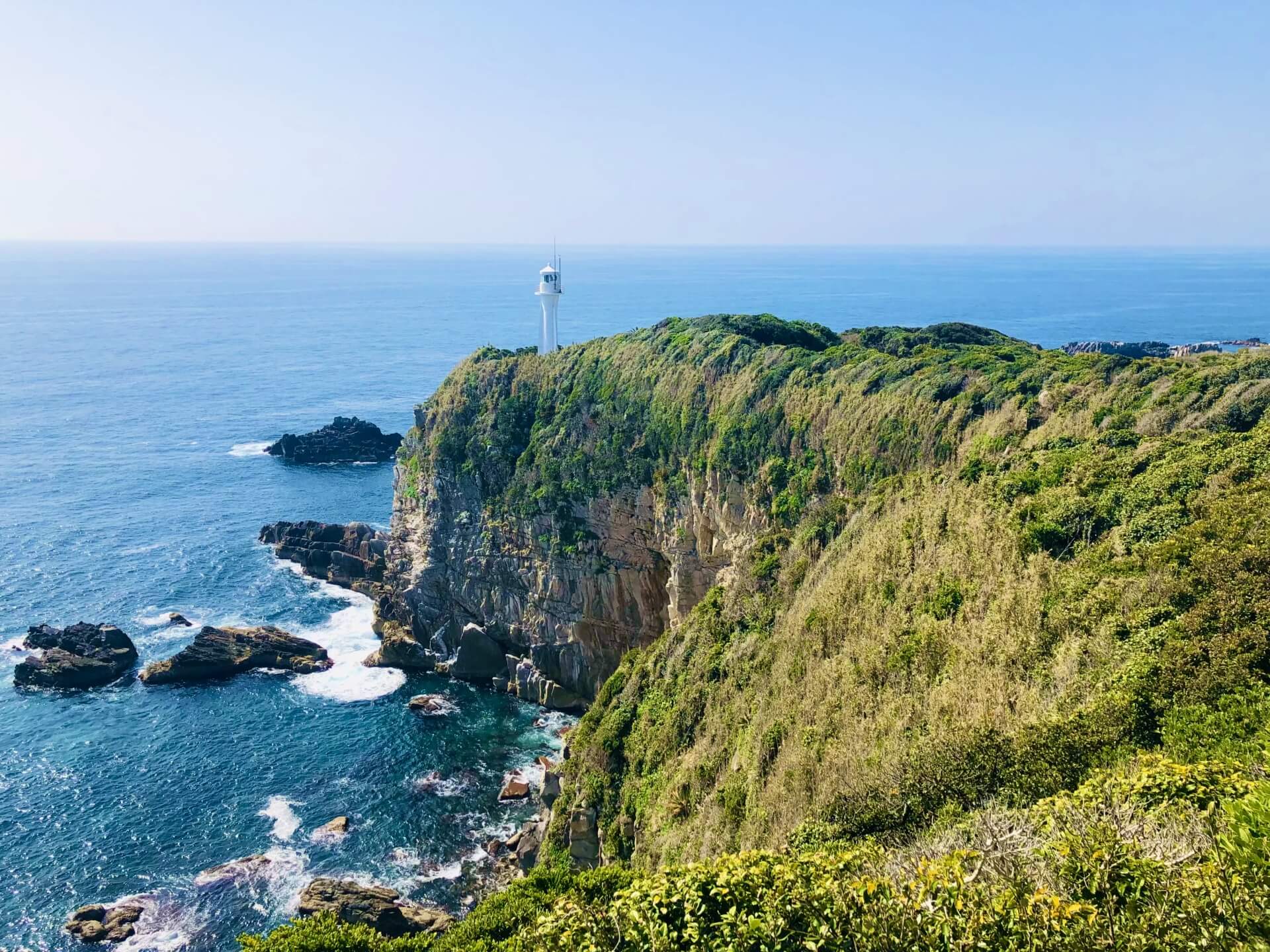
Kochi Prefecture’s Cape Ashizrui is the southern-most point on Shikoku and as such, can be considered the end point of the surf coast. Protruding into the Pacific Ocean, the cape affords fantastic views with walking trails leading to the Cape Ashizuri Lighthouse and along the coast or up the hill to Kongofuku-ji Temple – the 38th of 88 temples making-up the Shikoku Henro. With the coral reefs of the Tatsukushi Marie Park in close proximity there’s plenty to explore around the cape and with that, also a good range of accommodation. There are however no rail lines to and from the area meaning that driving yourself is the best and only option. For accommodation listings in the area, see our 'Best Places to Stay in Shikoku' page.
22 / WHALE-WATCHING, KOCHI PREFECTURE / best: July to September
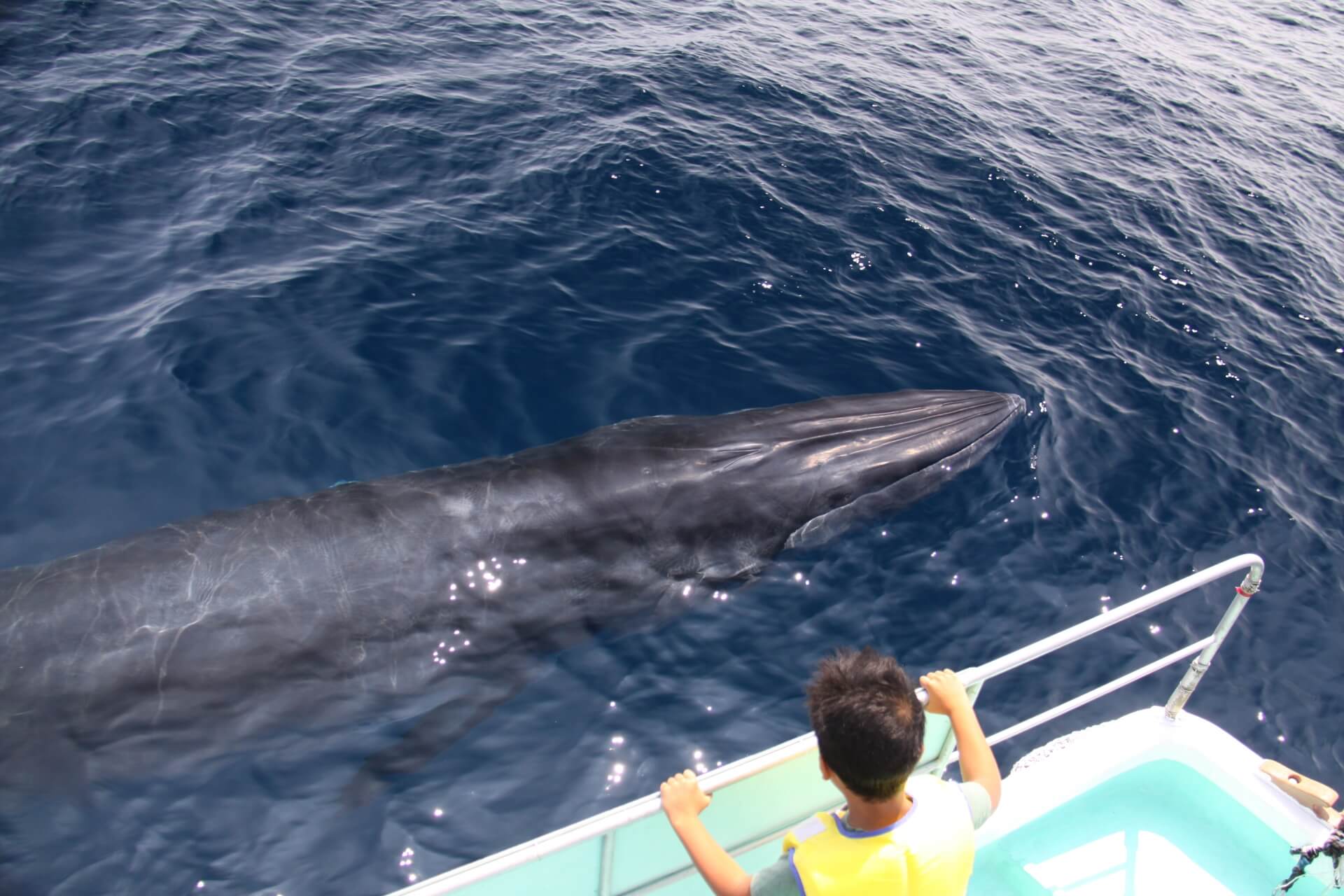
The waters of Shikoku’s Pacific Coastline are blessed with the presence of migrating whales from April to September. Bryde’s whales are a frequent sight through those months with July to September being the height of whale-watching season. Different companies operate both group tours and private charters during these months with prices starting around JPY6000 for adults and JPY3500 for children on group tours and private charters starting from JPY20,000 depending on the number of guests and what you require. In addition to the whales, Bottlenose and Risso dolphins are also frequently spotted making it a highly-enjoyable morning or afternoon activity during spring and summer. The location and starting time of your tour will depend on which company you book with.
23 / SHIMANTO RIVER VALLEY, KOCHI PREFECTURE / best: May to September
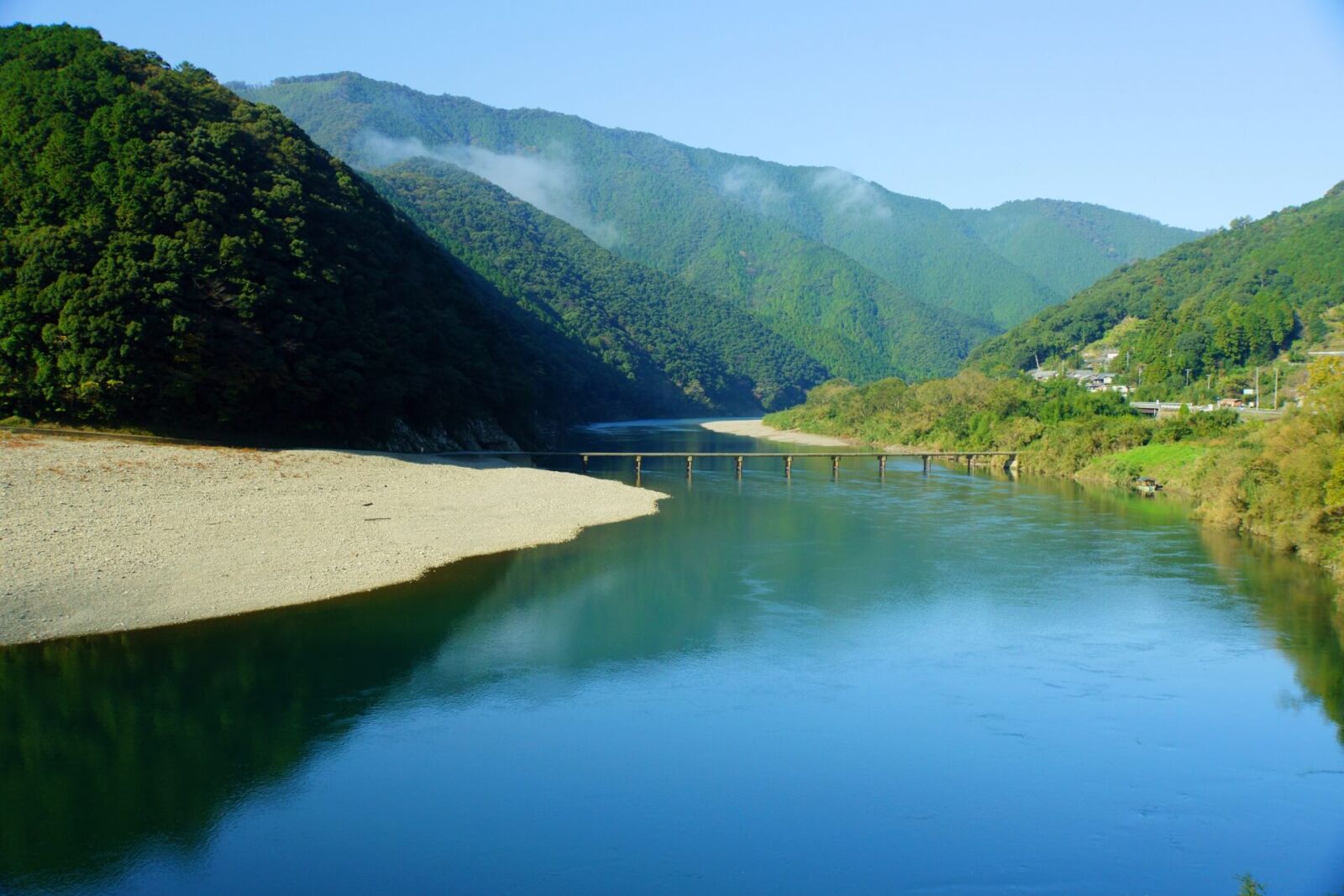
Originating from Mount Irazu, the winding Shimanto River runs 196km to the Pacific Coast. Considered the most pristine river in Japan, ‘Shimantogawa’ (Shimanto River) is not dammed while use of ‘chikanbashi’ bridges that are designed to be submerged and not obstruct the follow the river; all of which combines to allow the water to move freely and preserve its natural, pristine straight. The river and its tributaries feed abundant farmlands and thick forest with quaint villages dotted through the landscape. The overall affect is truly beautiful and can honestly be said to be one of Japan’s most beautiful yet undiscovered landscapes. In total, 22 bridges span the river with another 26 crossing its tributaries, enticing you to drive deeper into the riverlands where you’ll discover azure swimming spots, hidden temples and the true nature of Shikoku. To do so, you’ll need to rent a car and drive yourself – but trust us when we say, it is worth it. For accommodation listings in the area, see our 'Best Places to Stay in Shikoku' page.
24 / ENJOY ‘KATSUO NO TATAKI’, KOCHI PREFECTURE / all year round
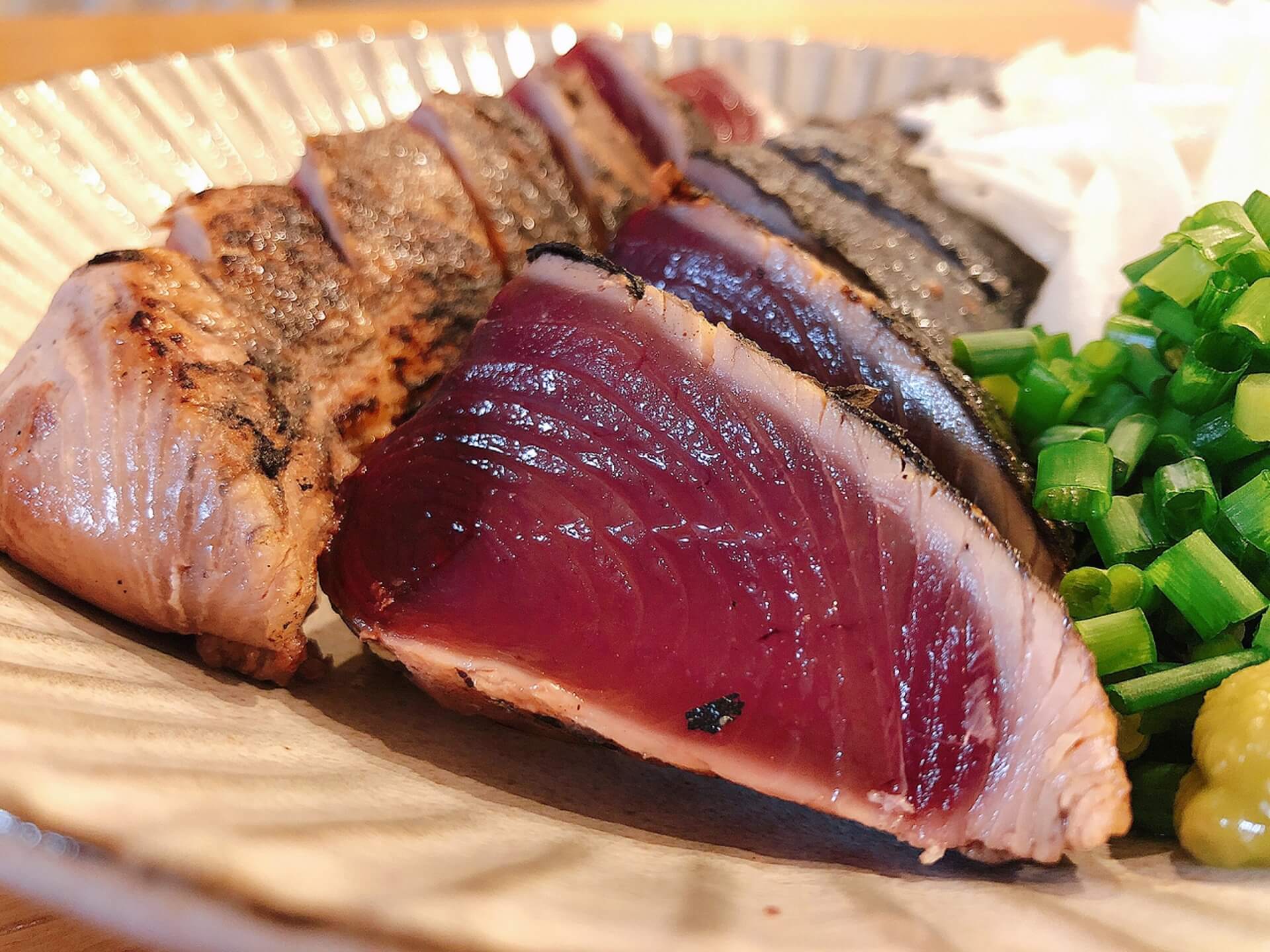
As an island with access to both the Pacific Ocean and Seto Inland Sea, it will come as no surprise that Shikoku boasts some of Japan’s best seafood. In a country that prides itself on the quality of its seafood, enjoying everything Shikoku has to offer when it comes to cuisine is something of a must-do and there’s no better dish to start with than Kochi Prefectures famous ‘Katsuo-no-tataki’. Katsuo-no-tataki is lightly broiled sliced bonito (a type of tuna) served with spring onions, garlic, ginger and seasoned with soy sauce or salt with vinegar. Delicious, light and tangy you’ll find it served at restaurants and bars throughout Kochi Prefecture.
25 / UWAJIMA, EHIME PREFECTURE / all year round
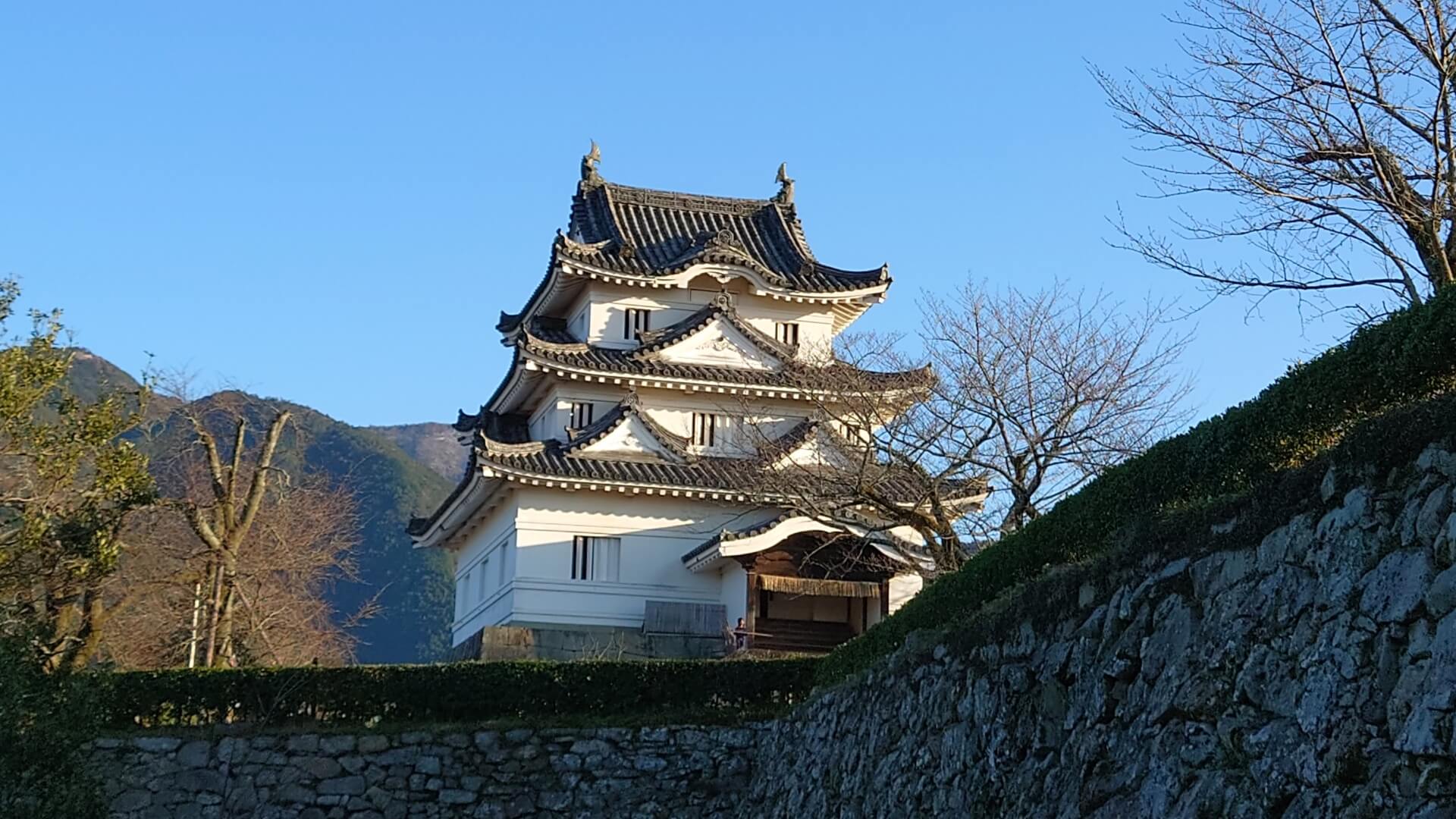
Moving north along the coast from Kochi Prefecture, Uwajima is a coastal city in Ehime Prefecture, best-known for its castle and the tradition of bull-fighting. Like Kochi Castle, Uwajima Castle is another of Japan’s few remaining original castles – there are twelve in total – built in the early 17th century. The small fortification originally stood by the sea but now sits inland thanks for land reclamation. It is open daily from 06:00 until 18:30 (or until 17:00 from November to February) and admission is free. The castle is between 20 to 30 minutes walk from Uwajima Station. Uwajima is also known for its traditional bull-fighting that sees two bulls face-off in bouts that can last only a brief moment up to half-an-hour, with most taking several minutes. The bulls clash horns until one eventually retreats in defeat with the other declared the winner. The bulls are not killed nor to ‘fight’ with people. Events take place in January, April, July, August and October with bulls place in weight categories, which a champion declared for each rank. Tournaments take place at the Uwajima ‘Bull Sumo Arena’. Located around 1.5km from Uwajima Station, free shuttle buses transport spectators from the station to the area on the day of each tournament. For accommodation listings in the area, see our 'Best Places to Stay in Shikoku' page.
26 / OZU, EHIME PREFECTURE / all year round
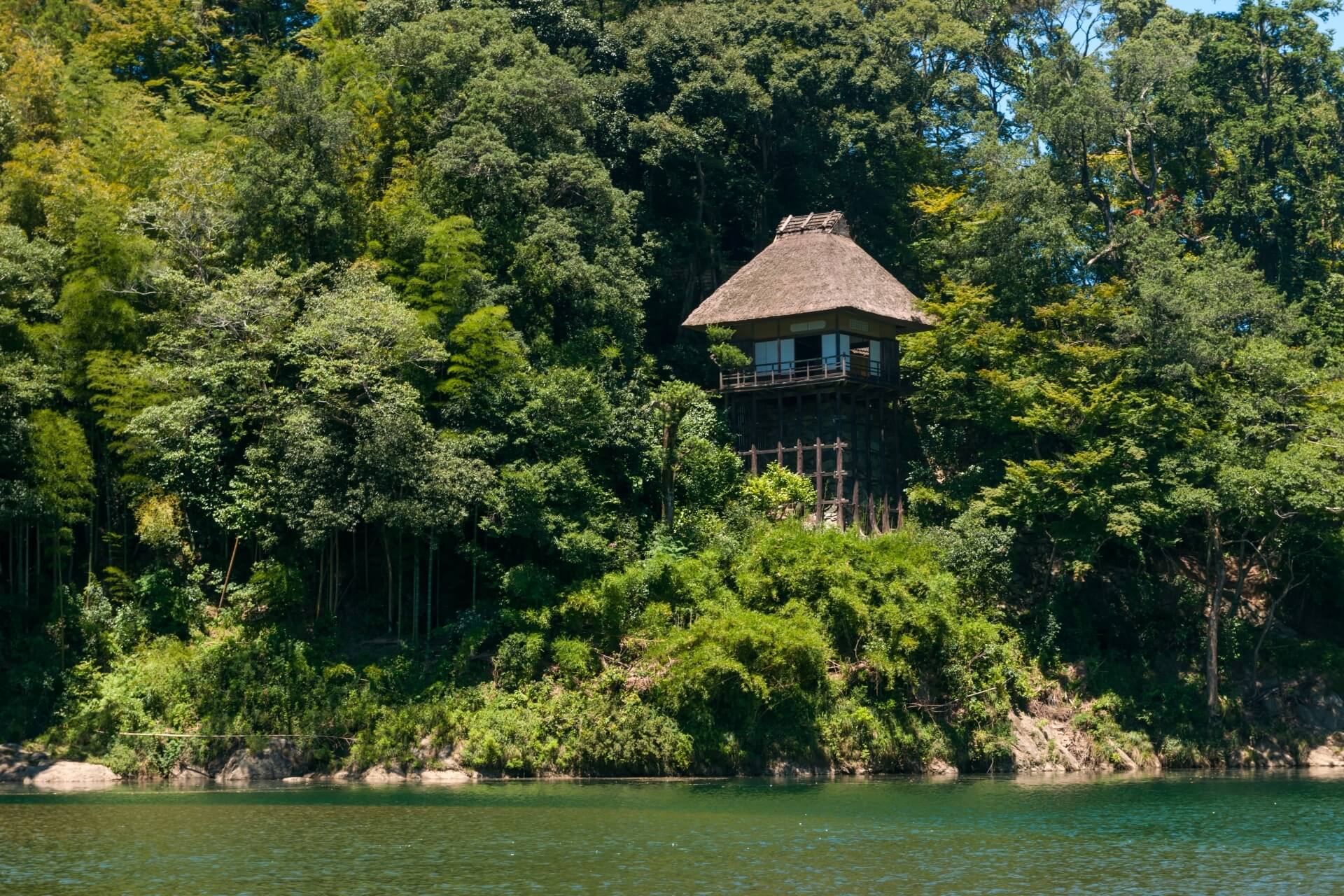
Ozu is a quaint city located in western Shikoku, known of its castle, picturesque old town and Garyu Sanso Villa. Built in the early 20th century, the villa complex include the thatch-roofed ‘Garyu-in’ main building, a traditional garden and ‘Chishi-an’ teahouse and raised ‘Furo-an’ – another thatch-roofed building looking over the Hijikiawa River which partly sits on a living tree. Beautiful and highly-photogenic, Garyu Sanso is located around 30 minutes walk from Iyo-Ozu Station and is open daily form 09:00 to 17:00 (with last entry at 16:30). Admission is JPY550. The overall city retains much of historical character with paved roads and alleys fronted by Edo and Meiji Period buildings, making the quiet town pleasant to wander and explore for a morning or afternoon. The old town is around 20 minutes walk from Iyo-Ozu Station. For accommodation listings in the area, see our 'Best Places to Stay in Shikoku' page.
27 / MATSUYAMA CITY, EHIME PREFECTURE / all year round
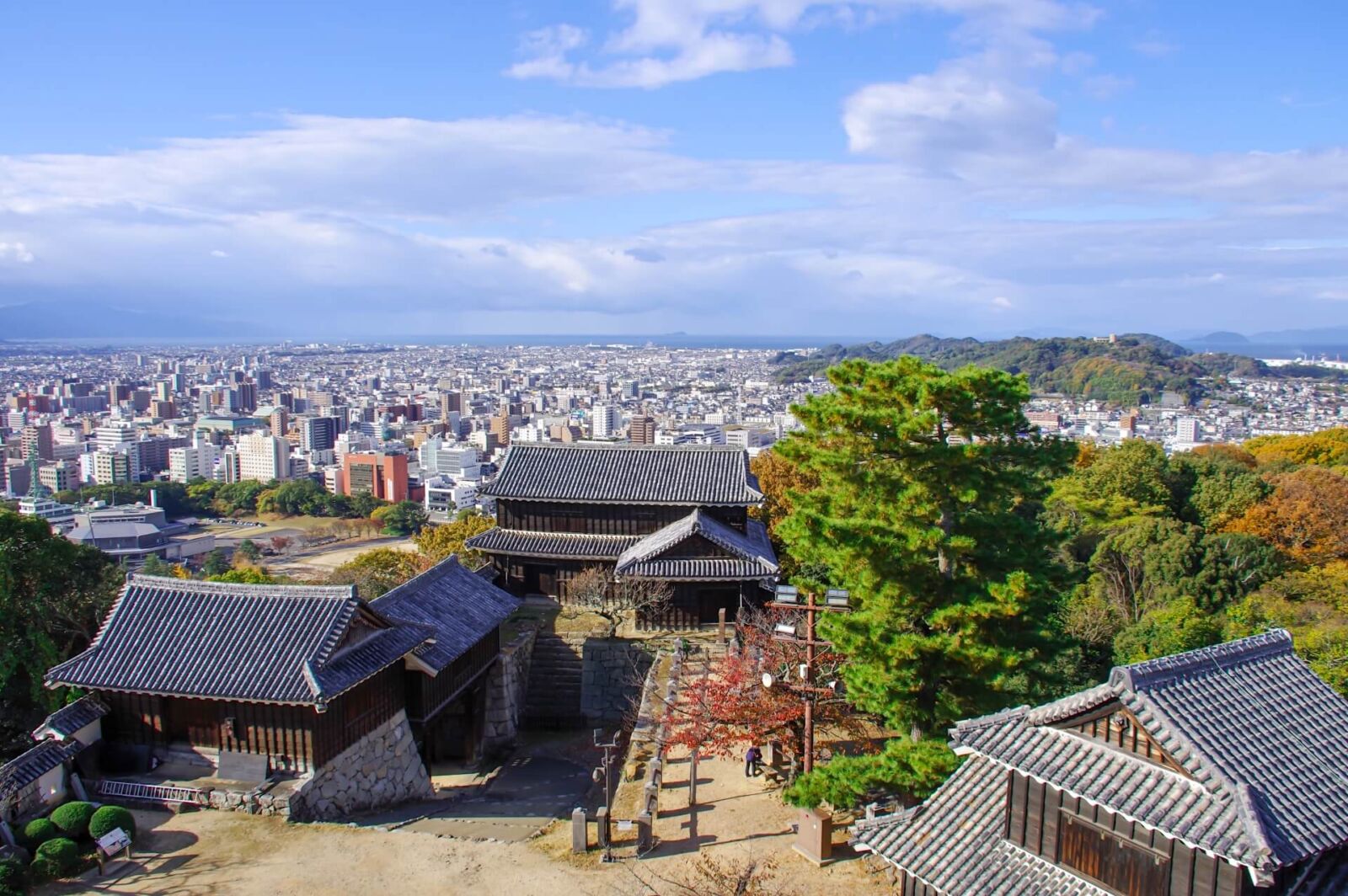
Matsuyama is the largest city on Shikoku, known for its historic ‘onsen’ (natural hot springs) bathhouses, castle and 8 of the Shikoku Henro’s 88 temples including Ishite-ji. The largest of the temples in Matsuyama - and the 51st of the 88 pilgrimage temples - Ishite-ji includes multiple of which the ‘Niomon’ Gate is a registered National Treasure while the main hall and pagoda are designated Important Cultural Properties. Behind the main hall, a unique 200 metre long cave temple is located underground, decorated with many statues, carvings and drawings. The temple is accessible at all times of day and admission is free.
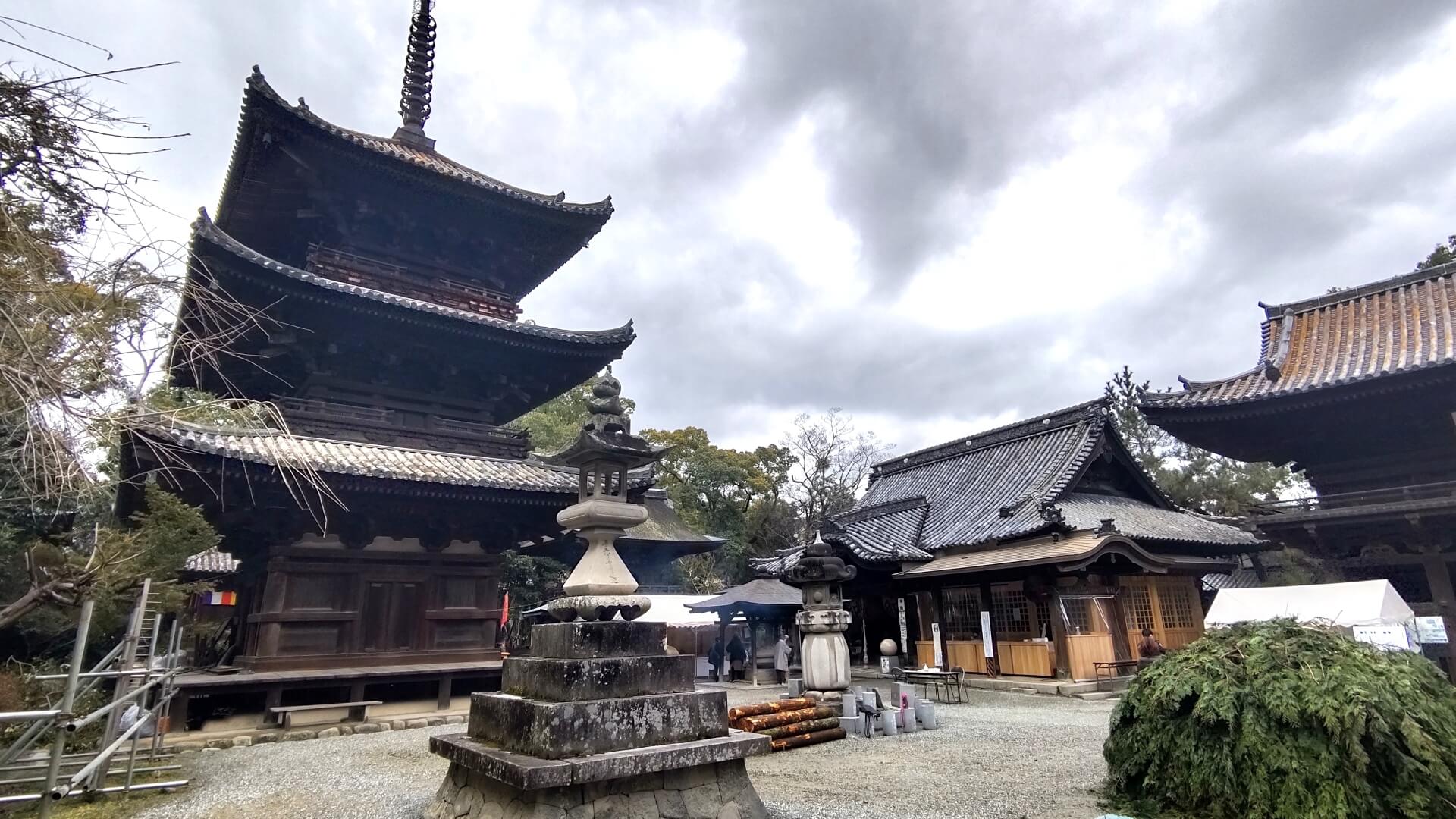
As the largest city on the island, it’s no surprise that Matsuyama boasts lots of accommodation and is easy to move to and from. Train services connect JR Matsuyama Station and Takamatsu Station in around 2.5 hours, with some services running directly onto Okayama Station on the main island of Honshu; while ferry services and high-speed boats operate from Matsuyama to Hiroshima. In addition, Matsuyama Airport is located around 5.5km southwest of the city, with carriers operating domestic routes including to Tokyo, Osaka, Nagoya, Fukuoka and Kagoshima and international routes including Shanghai, Taipei and Seoul. For accommodation listings in the area, see our 'Best Places to Stay in Shikoku' page.
28 / DOGO ONSEN, EHIME PREFECTURE / all year round
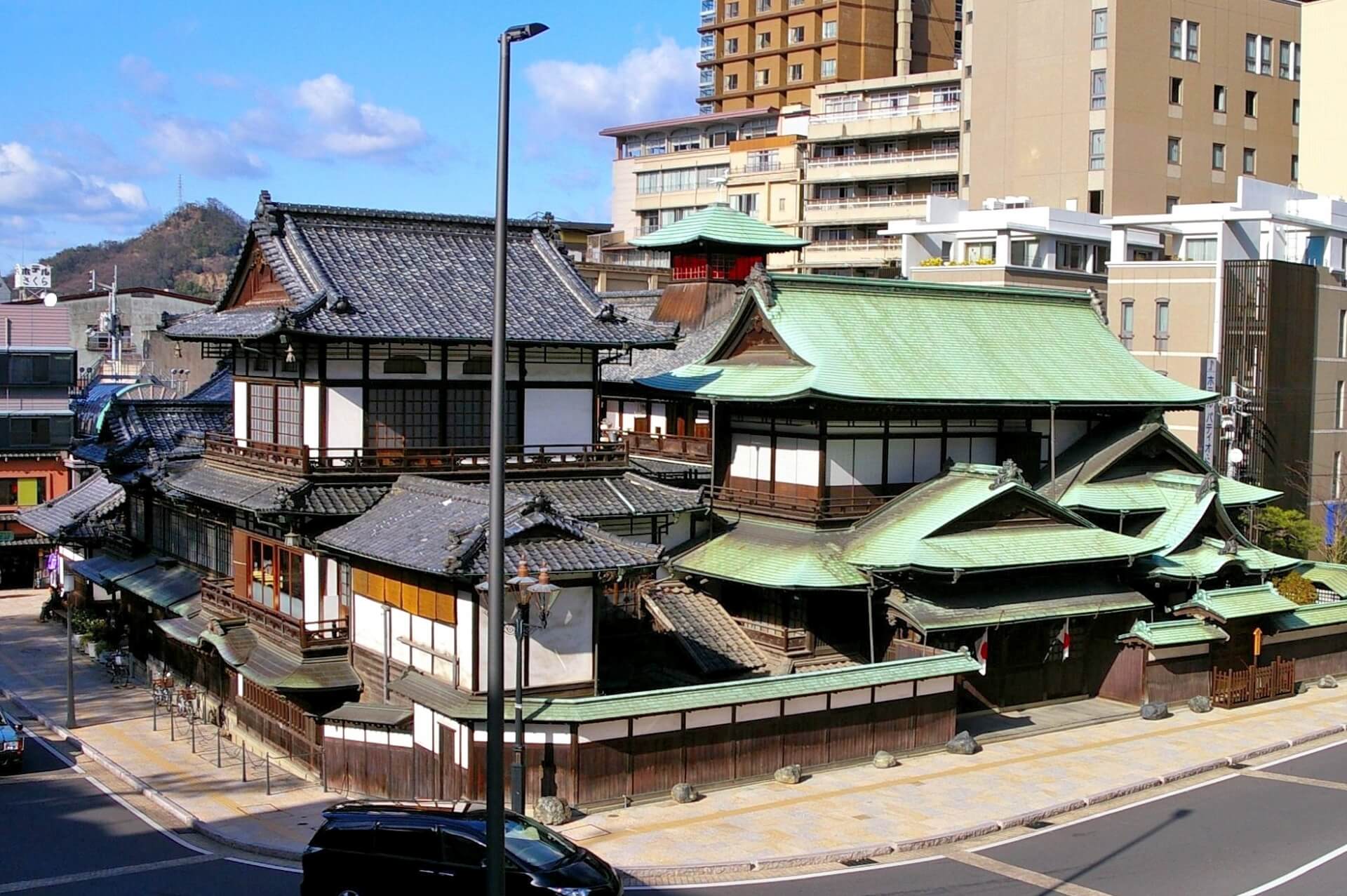
Dogo Onsen is one of Japan’s oldest and most famous ‘onsen’ (natural hot spring) areas, and home to the country’s most instantly recognizable bathhouse. Constructed in 1894, ‘Dogo Onsen Honkan’ is said to have inspired the fantastical bathhouse featured in Studio Ghibli’s ‘Spirited Away’, with its distinctive façade and inner ‘Kami-no-Yu’ (Bath of the Gods) and ‘Tama-no-Yu’ (Bath of the Spirits) baths all reminiscent of the spirit bathhouse featured in the film. The bathhouse is open every day of the year from 06:00 to 23:00 (last entry is at 22:30). Basic admission is JPY700 for adults and JPY350 for children, with pricier tickets available for access to more exclusive areas inside the building. To reach Dogo Onsen from JR Matsuyama Station, take the Iyotetsu Tram - 20 minutes / JPY210. For accommodation listings in the area, see our 'Best Places to Stay in Shikoku' page.
29 / MATSUYAMA CASTLE, EHIME PREFECTURE / all year round
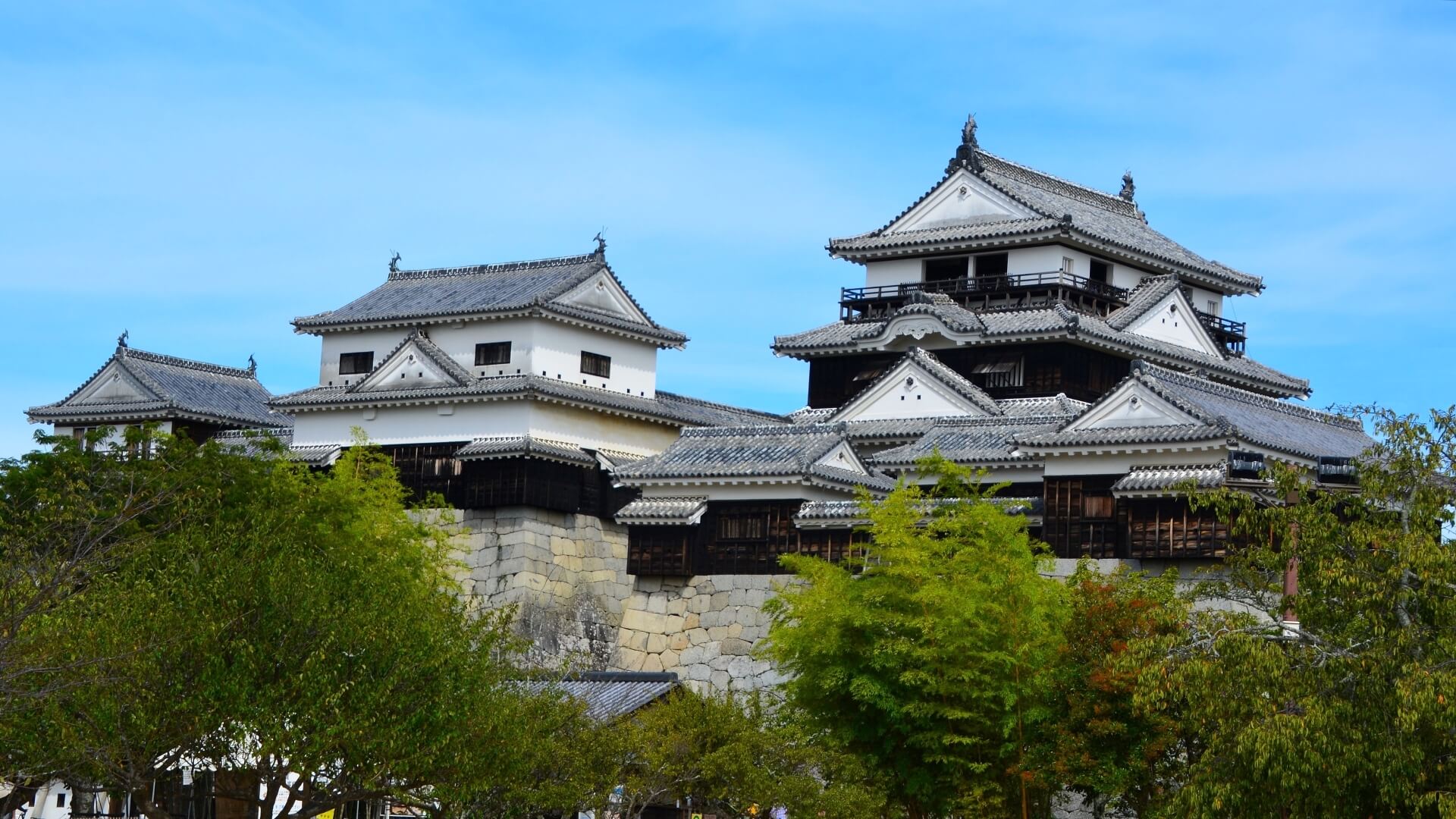
Matsuyama Castle is another example of a rare original Japanese castle. Located on Mount Katsuyama in the centre of Matsuyama City, the castle sits above the city and is accessible on-foot or via ropeway or chairlift. The castle was constructed between 1602 and 1628 however the current structure dates to the early-19th century after the original castle burned following a lightning strike. The ‘tenshu’ (main keep) has multiple wings with a secondary keep featuring multiple turrets, surrounded by expansive defences. As such, it is one of Japan’s most impressive and complex castles, at its most beautiful in spring when around 200 cherry blossom trees surrounding castle bloom. The castle is open daily (other than the third Wednesday of December) from 09:00 to 17:00 (with closing hours varying in some months), with last entry 30 minutes prior to closing. Admission is JPY520. To get to the castle from JR Matsuyama Station, take Tram No.5 - 10 minutes / JPY170 - or alternatively, it's only a 20 minute walk.
30 / MOUNT ISHIZUCHI, EHIME PREFECTURE / best: July to November
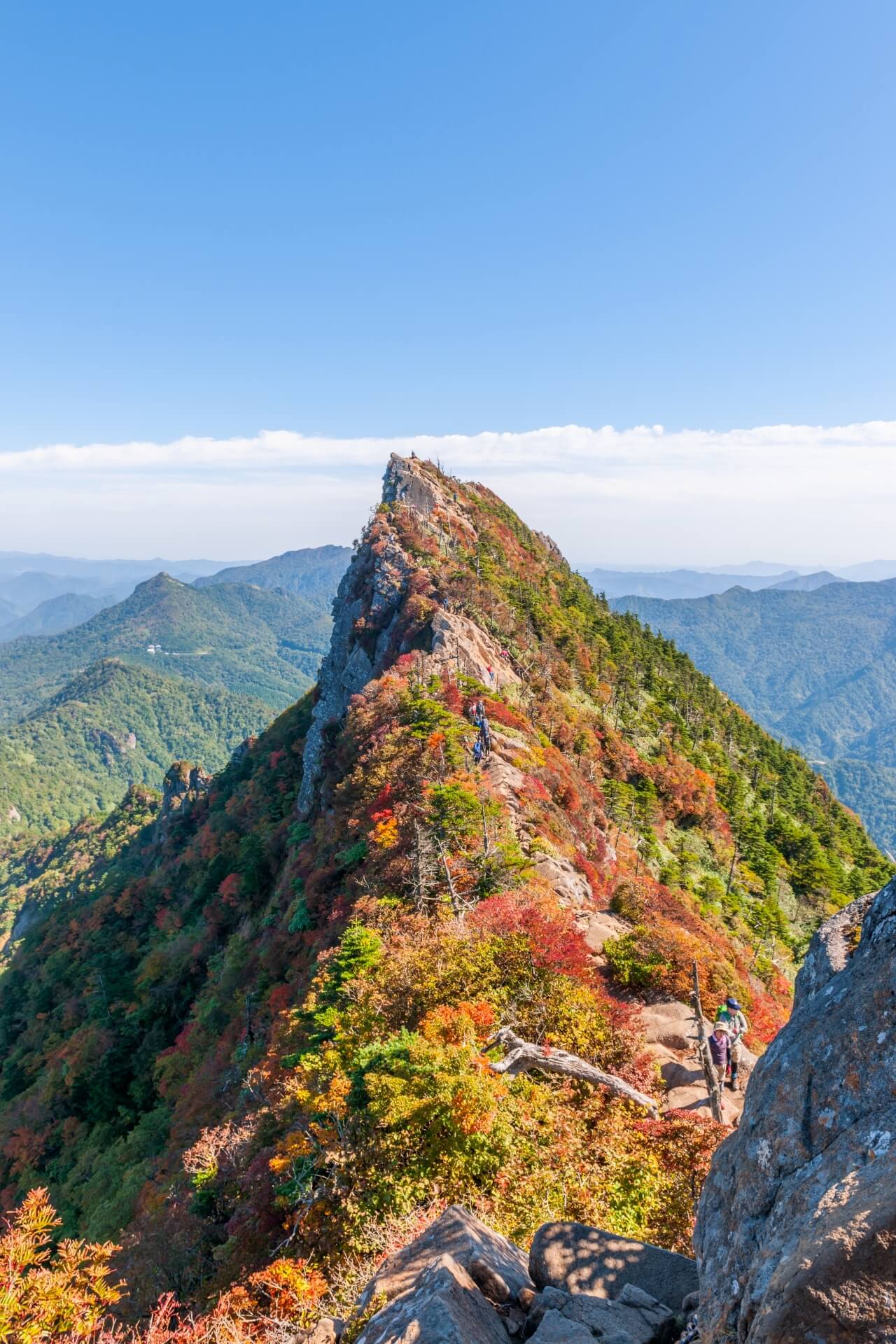
Our final recommendation when visiting Shikoku is to lace your boots and climb its tallest mountain, Mount Ishizuchi. Standing 1982 metres above sea level, it is both the tallest mountain on the island and all of western Japan. Like many mountains in Japan, Ishizuchi is a place of devotion and a major focal point for the syncretic Buddhist-Shinto ‘shugendo’ faith. Climbing season runs from the beginning of July until mid-November, with the trails at their best in October and November when the autumn colours transform the landscape. Trails are well-maintained as suitable for anyone of reasonable fitness taking around 6 hours to hike up and down. You also have the option of using the Ishizuchi Tozan Ropeway. The ropeway ascending from the base station to top station located at 1300 metres, from where it’s around 45 minute walk to the summit, following a trail that will take you past small temples, shrines, cafes and shops. The ropeway operates throughout the year from 08:40 to 17:00 and costs JPY2000 for a round-trip. It’s possible to get to the mountain and ropeway using public transport however it’s yet another Shikoku destination that is best accessed by driving yourself.
Best Places to Stay When Visiting Shikoku
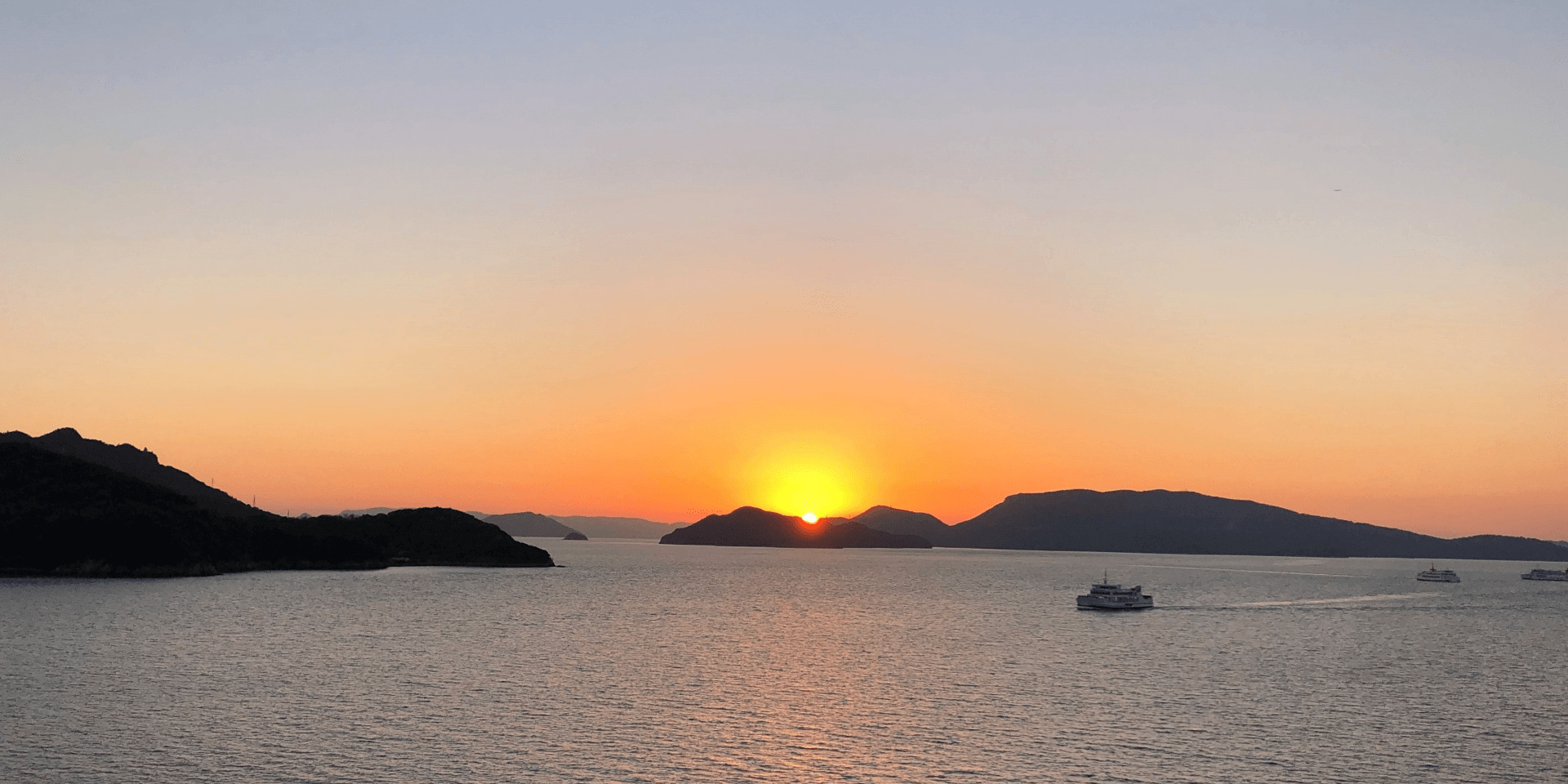
Though Shikoku is the smallest of Japan’s four main islands, it is still a large area meaning that choosing where to stay will have a big impact on what you can do and where you can visit while there. Our ‘Best Places to Stay in Shikoku’ page lists our recommendations of the most convenient areas to stay including the major cities, most popular islands and other destinations including the Iya Valley and Kochi surf coast.
Getting To & Around Shikoku
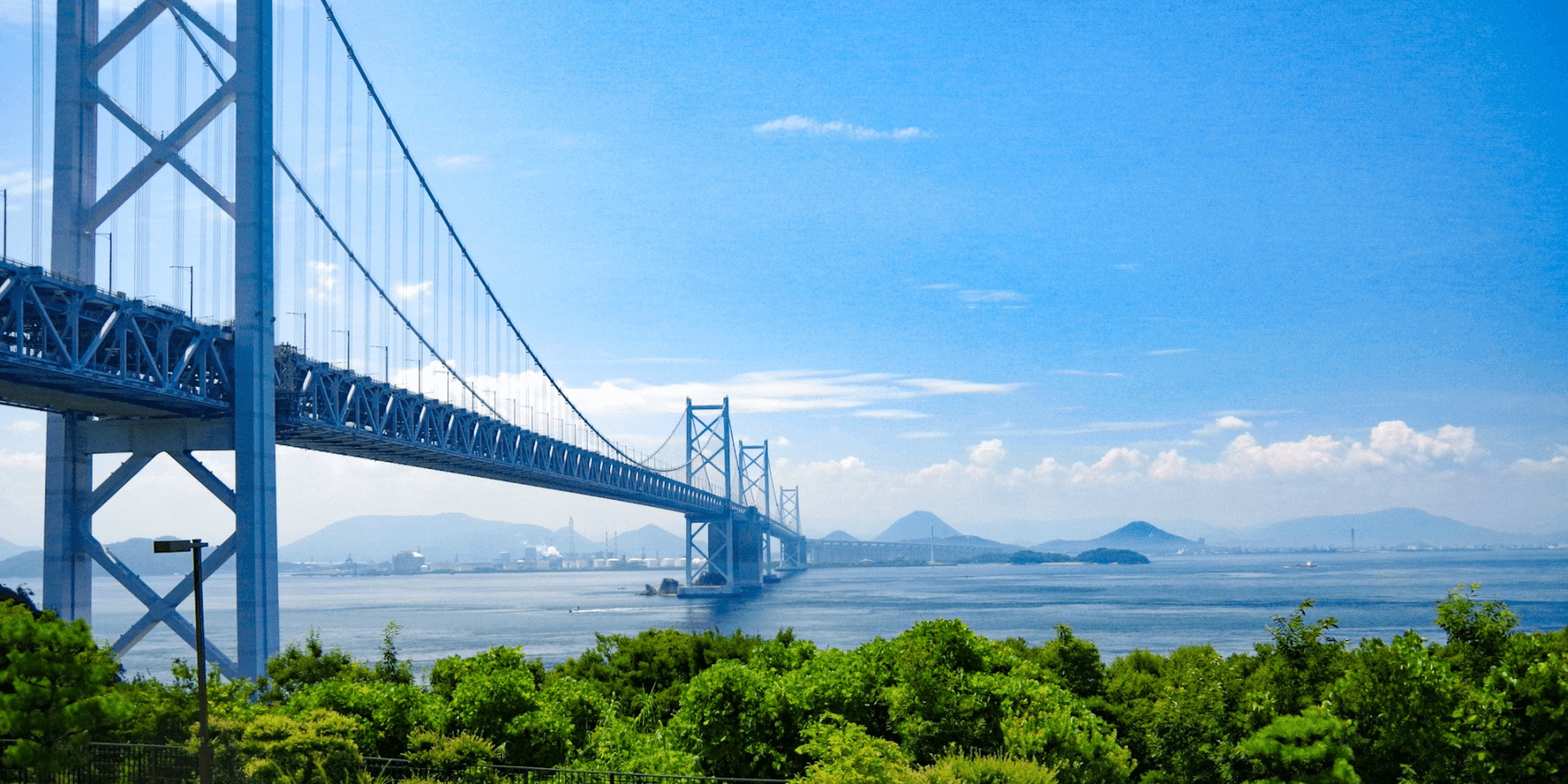
Visitors to Shikoku can make the journey to the island by rail, road, ferry or flight – in short, there’s no shortage of options. Once there, train lines run to many of Shikoku’s most popular destinations however, the network isn’t as extensive as other regions of Japan making the option of renting a car and driving yourself attractive. Our ‘Getting To & Around Shikoku’ page has everything you need to know to plan your visit to the island and how to move around once there.
Places to Drop By on The Way to Shikoku
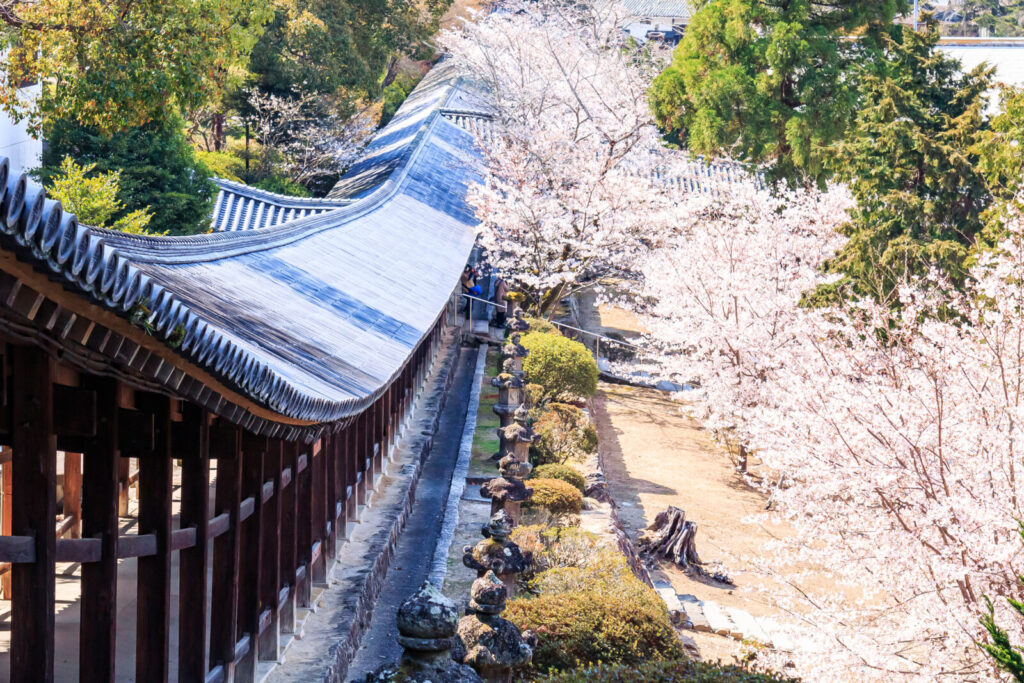
For travelers visiting Shikoku we highly recommend taking the time to stop by another magnificent region of Western Japan: the Chūgoku region. Within it, one can find the well-known city of Hiroshima, along with UNESCO World Heritage Sites such as the Atomic Bomb Dome and Itsukushima Shrine. The region is also home to the beautiful Okayama Prefecture, which boasts one of Japan's "three great gardens" and will be most travelers' entry point into Shikoku. If you already find yourself in the area, why not take the opportunity to explore more of Japan's scenic beauty and history? For information about the best sightseeing spots and activities in the Chūgoku region, visit our '30 Things to Do Around Hiroshima & Where to Stay' and '10 Things to Do Around Okayama & Where to Stay' pages.
Plan Your Visit to Japan
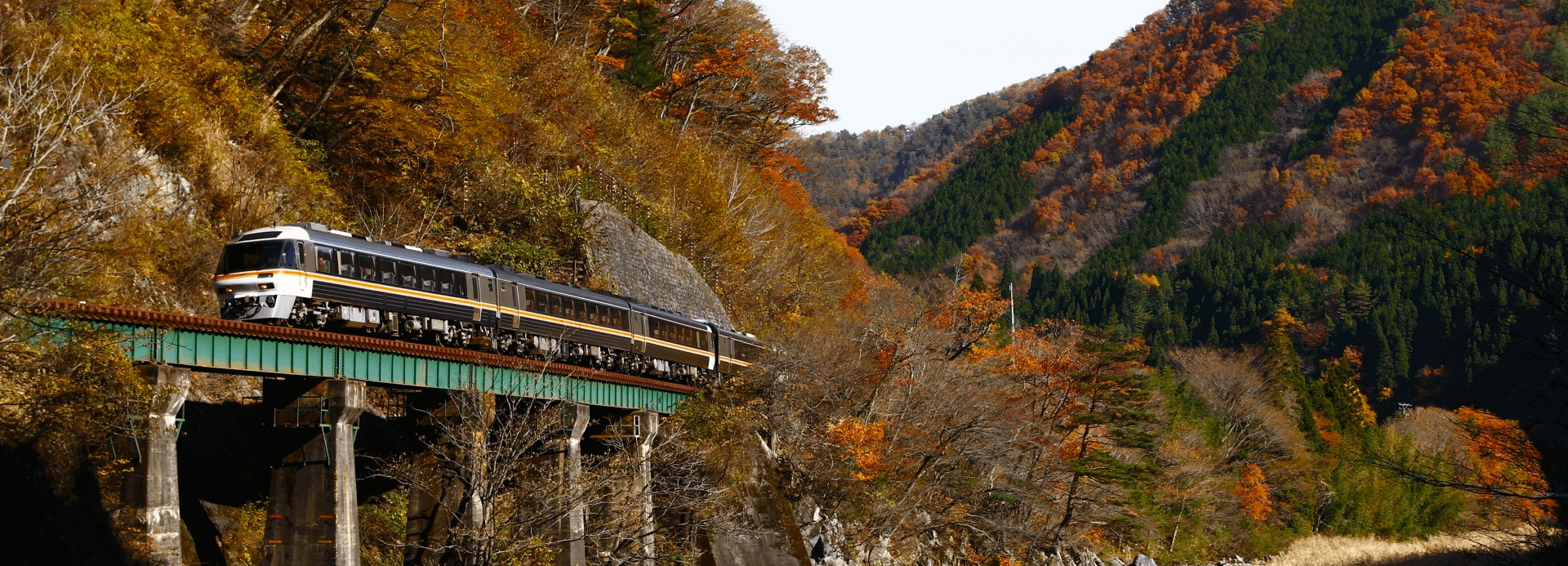

Heading to Shikoku using the rail system is easy and comfortable. Unfathomable in its size and efficiency, moving around the country by train opens-up all regions of Japan for exploration. Our ‘Plan Your Visit’ page has everything you need to know about visiting Japan – from tips on the best time to travel, times to avoid, entering and exiting the country, money matters, staying connected, accommodation, staying safe and healthy and plenty more to ensure that you get the most out of your time here.














